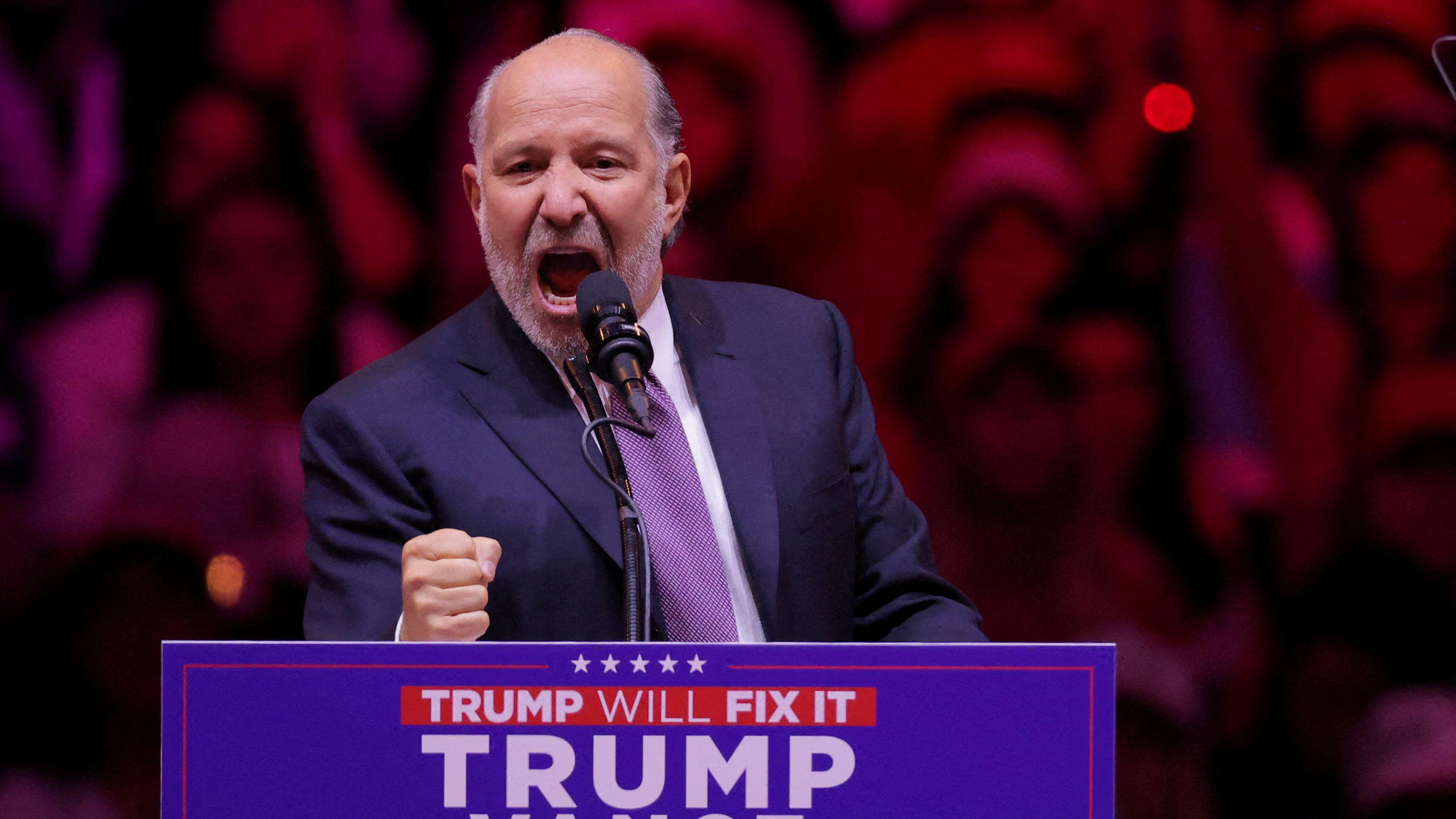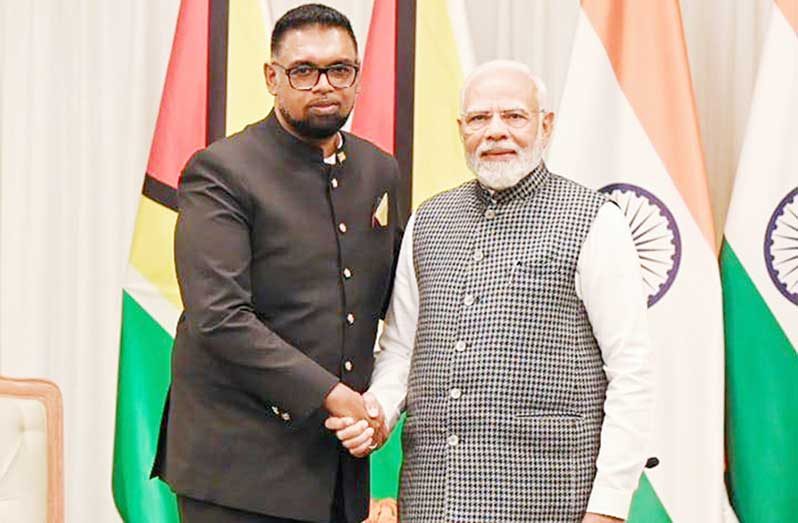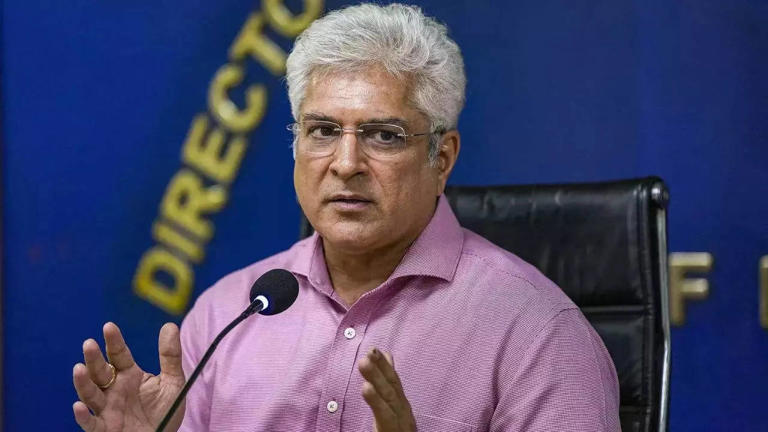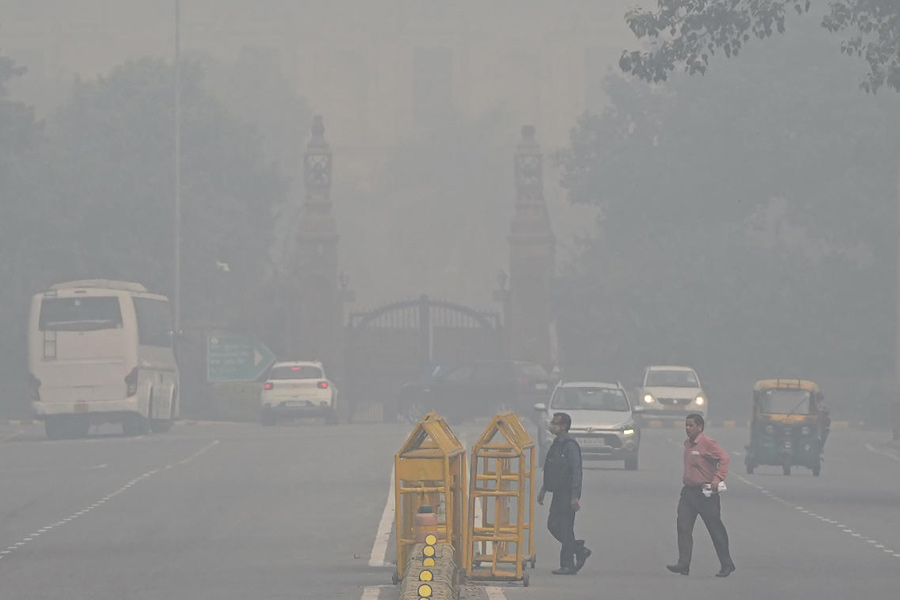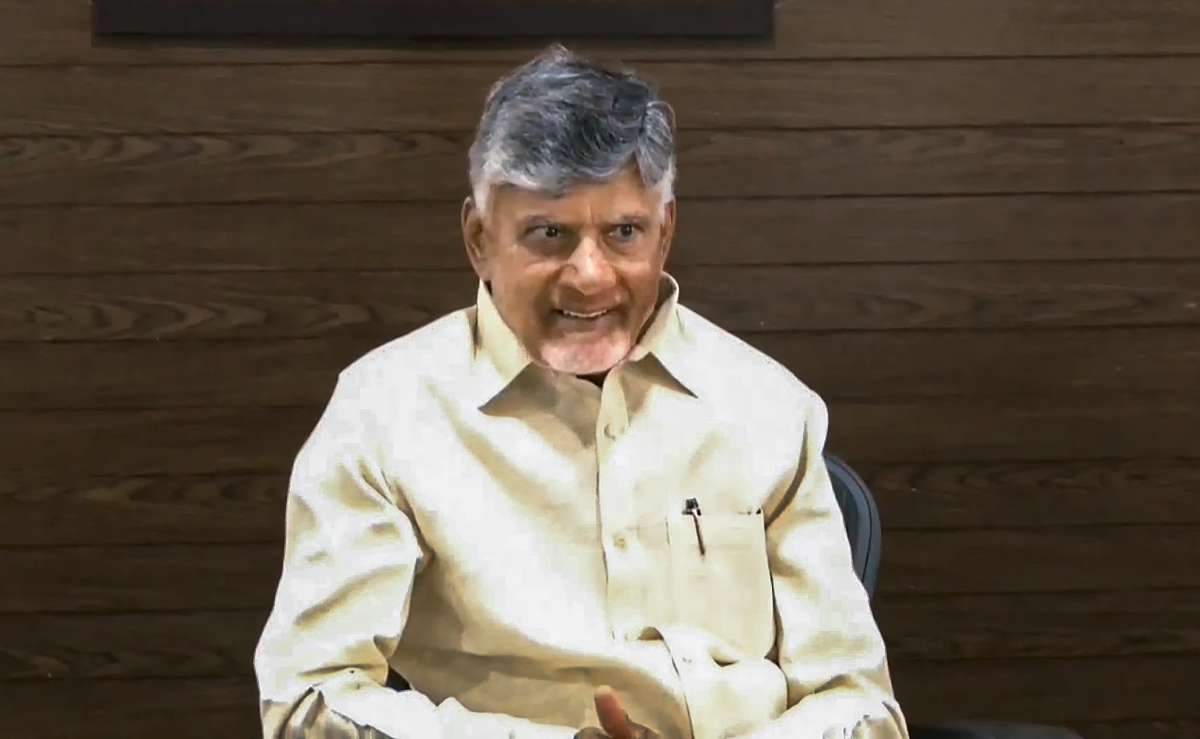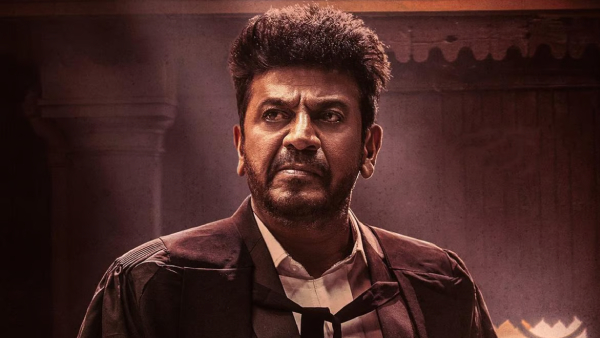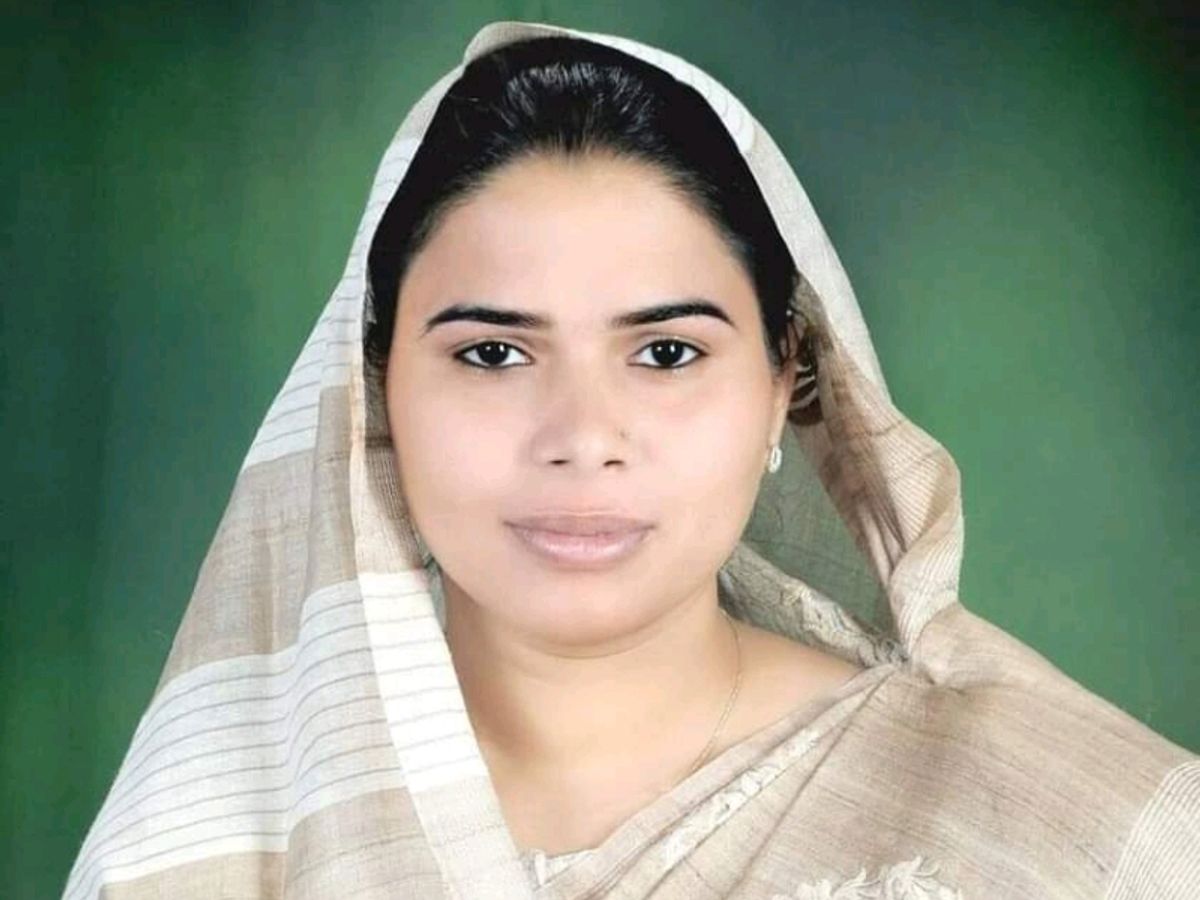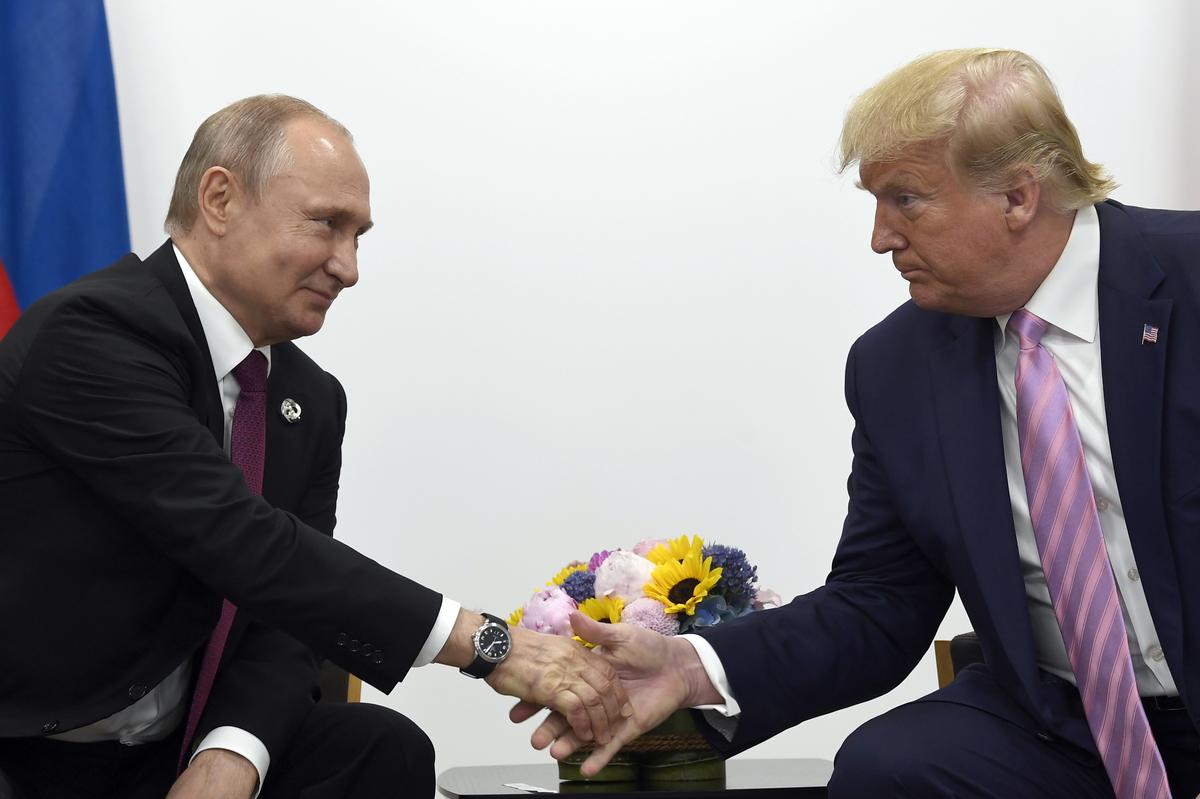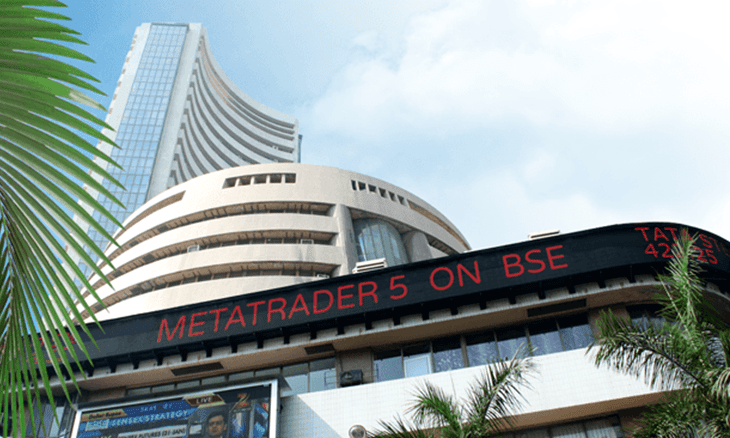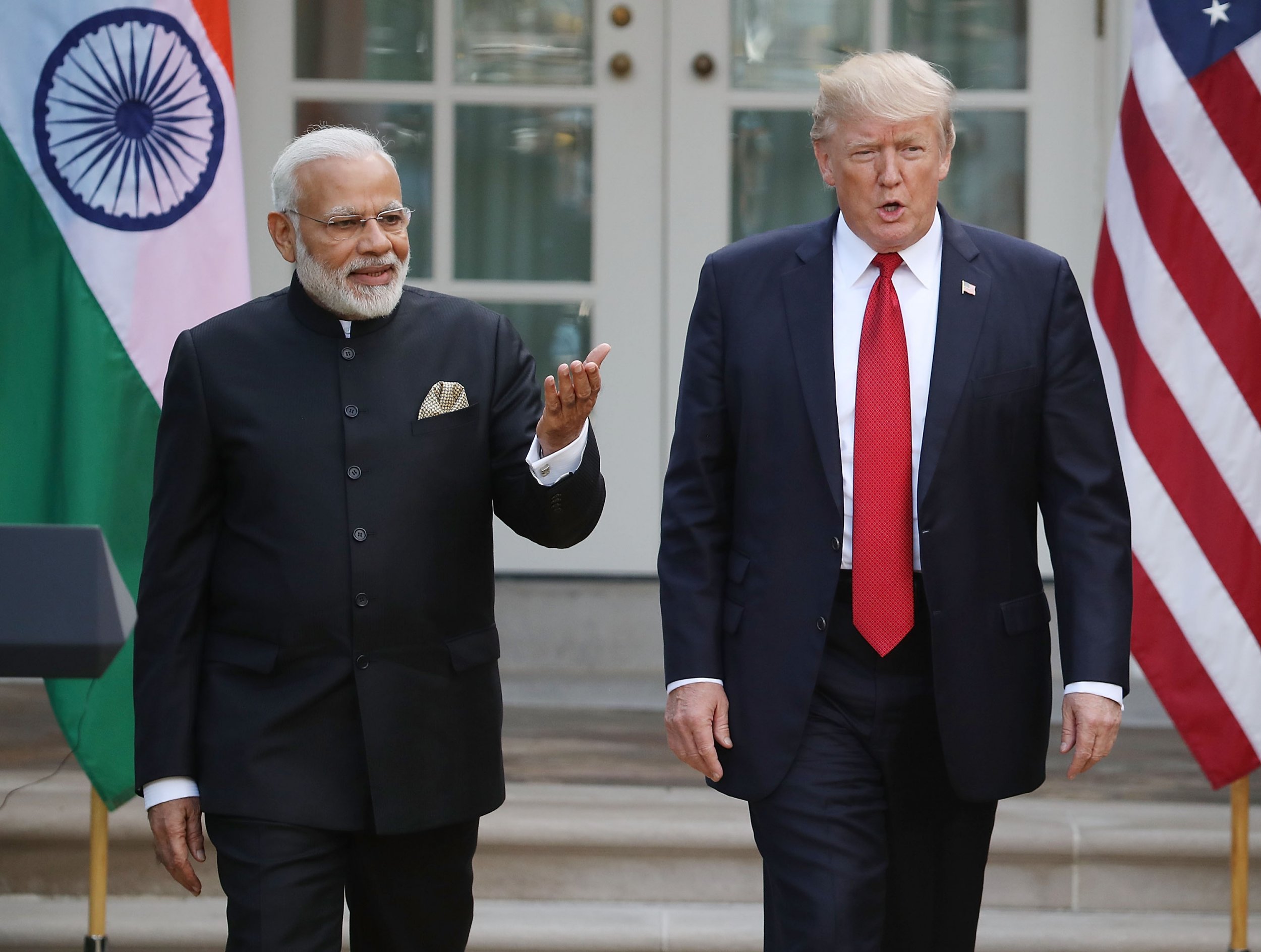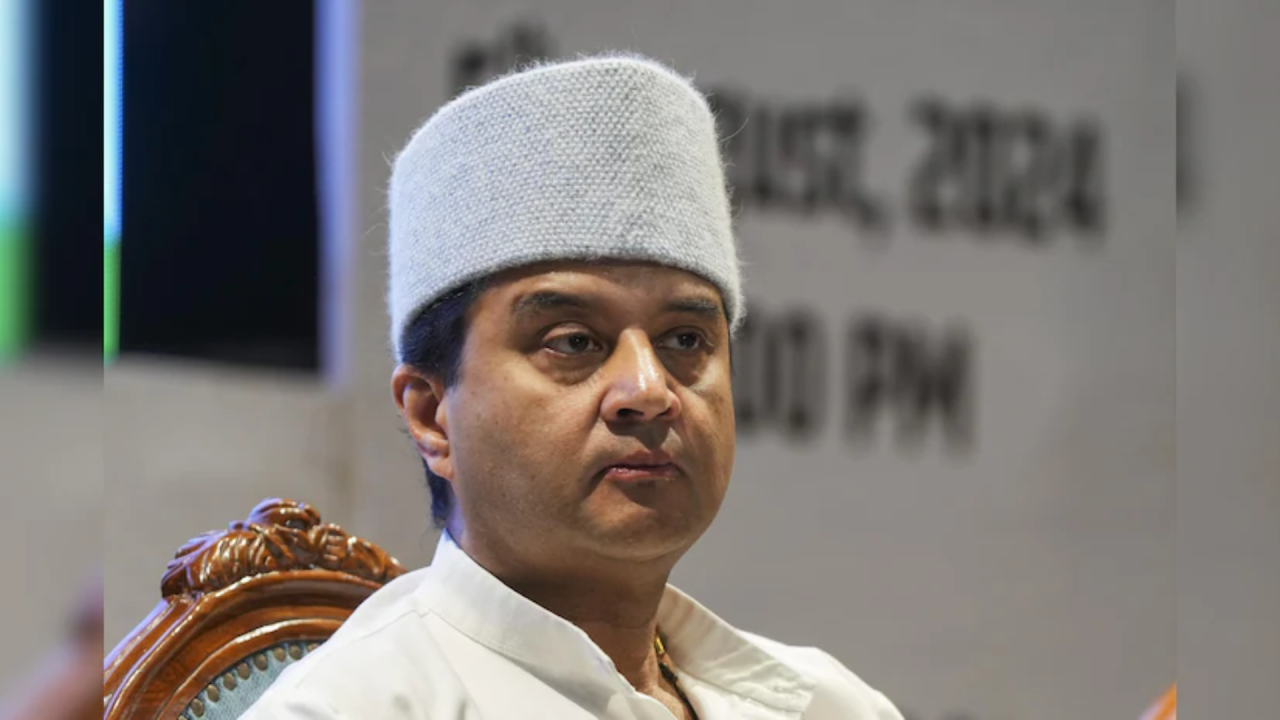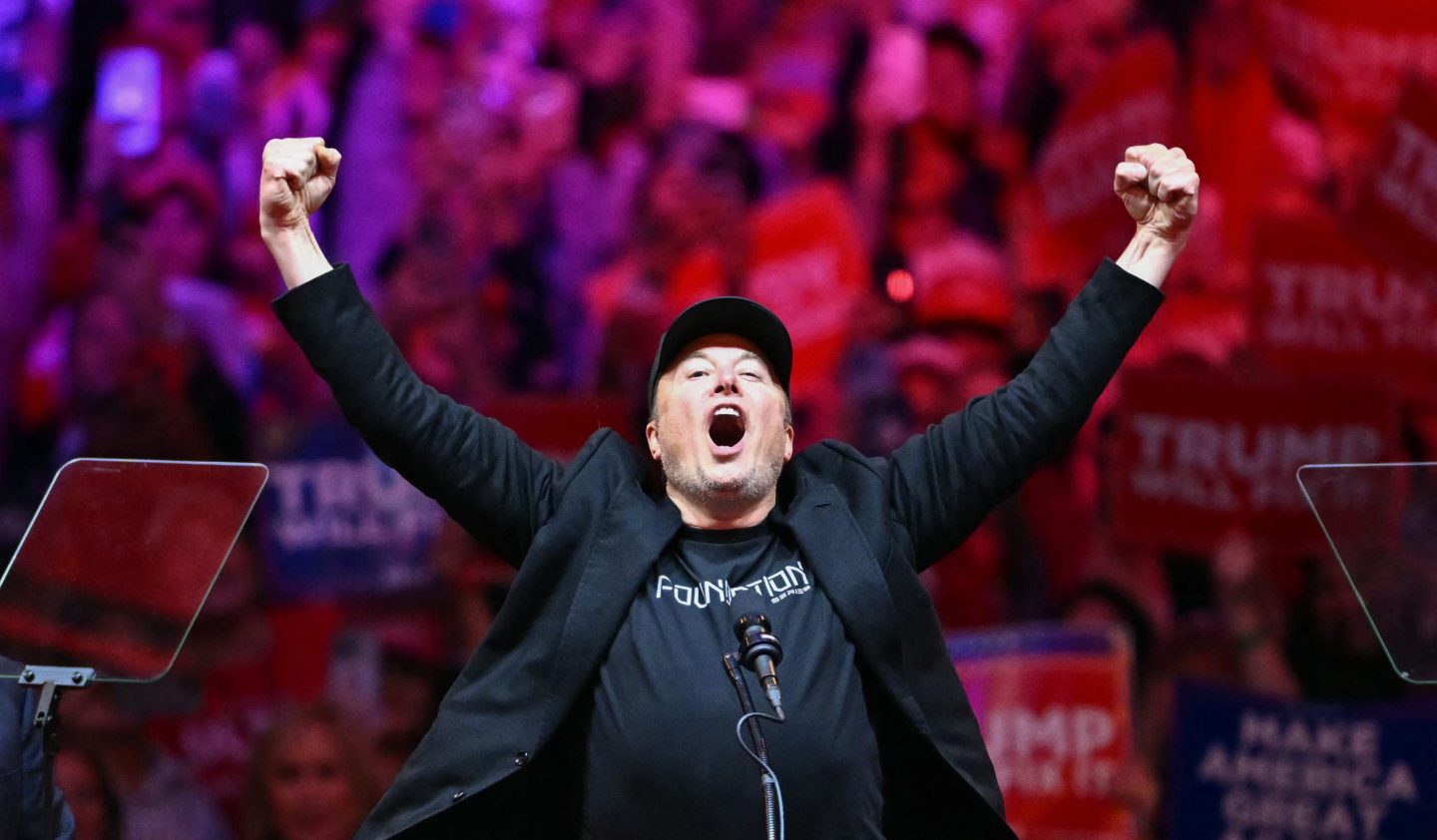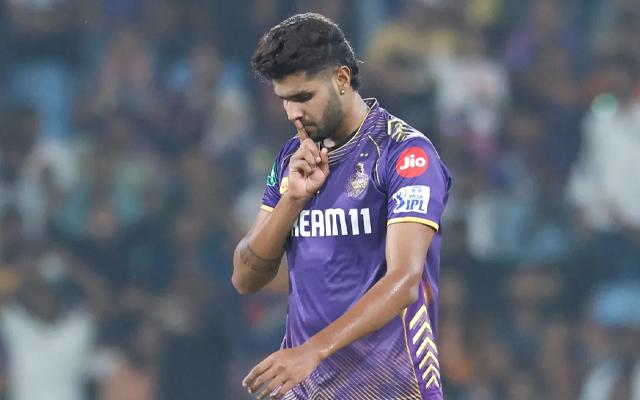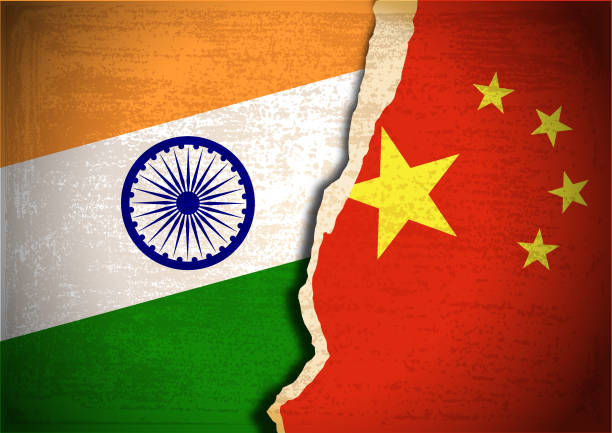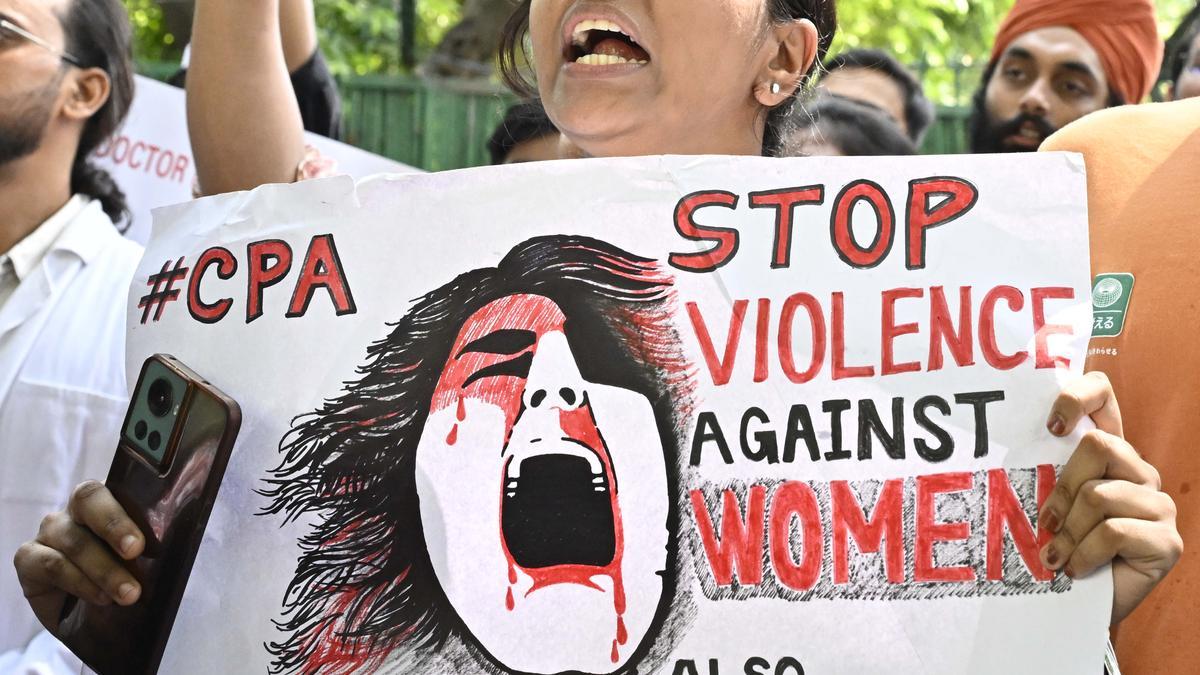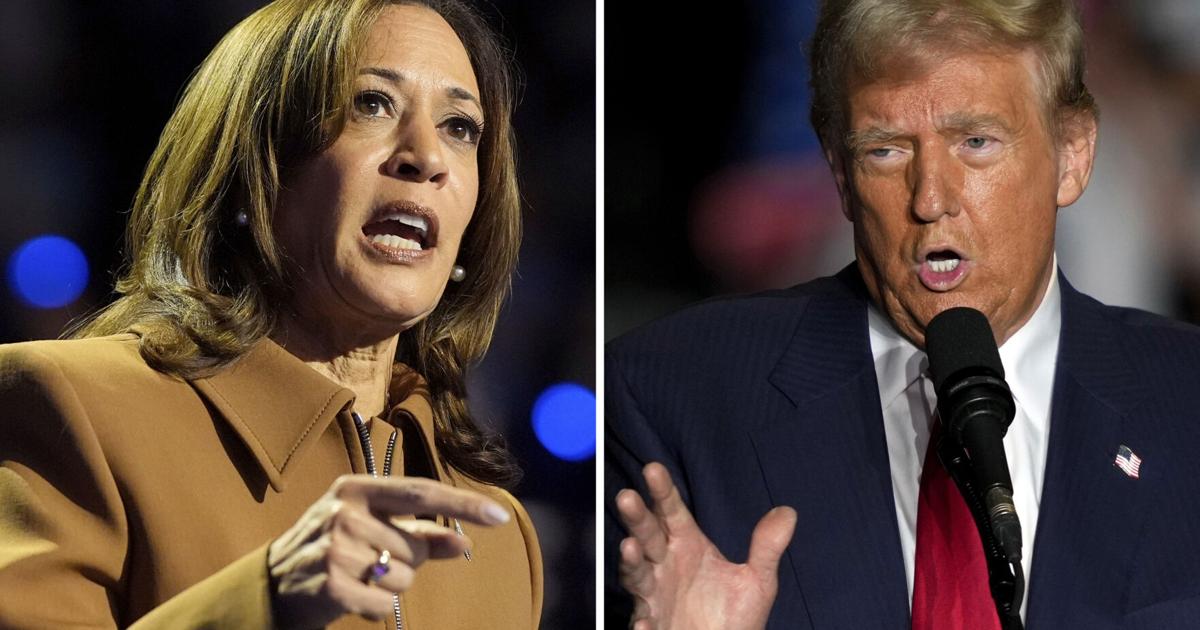Home / trending / Supreme Court Suggests Mandatory Notice to Users Before Social Media Content Removal: A Landmark View in IT Rules Challenge
Supreme Court Suggests Mandatory Notice to Users Before Social Media Content Removal: A Landmark View in IT Rules Challenge
By: My India Times
4 minutes read 1186Updated At: 2025-03-04
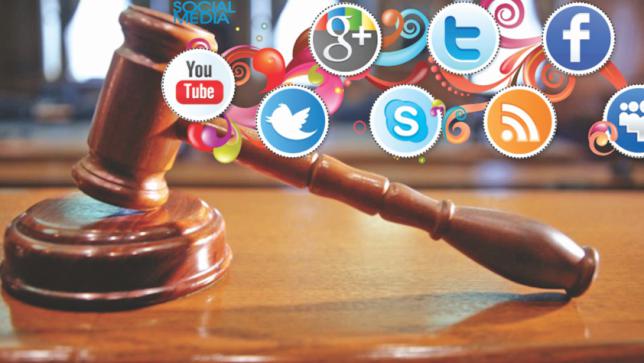
In a significant development concerning digital rights and freedom of expression, the Supreme Court of India on Monday (March 3) expressed a prima facie view that identifiable users must be issued notice before their social media content is taken down. The observation was made during a Public Interest Litigation (PIL) hearing challenging the blocking of social media accounts and posts without prior notice to the original users who uploaded the content.
Backdrop of the Case
A bench comprising Justices BR Gavai and AG Masih sought the response of the Union Government on a petition filed by the Software Freedom Law Centre (SFLC). The PIL challenges certain provisions of the Information Technology (Intermediary Guidelines and Digital Media Ethics Code) Rules, particularly those concerning content takedown procedures. The petitioners were represented by Senior Advocate Indira Jaising, who was assisted by Advocate on Record Paras Nath Singh.
Justice Gavai, while deliberating on the matter, remarked, "Both of us...prima facie, we feel that the rule has to be read in that manner...that if a person is identifiable, then notice has to be given." This observation signals the Court’s inclination towards reinforcing the principles of natural justice in content regulation under the IT Act.
Core Legal Challenge and Arguments
Senior Advocate Indira Jaising, representing the petitioners, underscored that the existing mechanism under the Information Technology (Procedure and Safeguards for Blocking for Access of Information by Public) Rules, 2009 (commonly known as the ‘Blocking Rules’), is in violation of fundamental legal principles. She argued that while takedown orders are communicated to intermediaries such as X (formerly Twitter) or Facebook, the users—termed as “originators” of the content—are not given an opportunity to be heard before their content is removed.
Jaising clarified that the petition does not seek to challenge the state’s power to remove content under Section 69A of the Information Technology Act, 2000. Instead, it questions the lack of procedural fairness in cases where content is blocked without notifying the person who originally posted it.
Ambiguities in Rule 8 and Rule 16
A key contention raised in the PIL concerns Rule 8 of the 2009 Blocking Rules. Jaising pointed out that the term "person" in this rule lacks a clear definition. However, even assuming that it refers to the “originator” of the content, the phrase "OR intermediary" has resulted in a situation where only the intermediary—such as social media platforms—is notified, leaving the actual user uninformed and unheard.
She further raised concerns regarding Rule 16, which enforces strict confidentiality regarding the complaints made and actions taken on content blocking requests. This, according to Jaising, prevents transparency and accountability, thereby infringing on the rights of content creators who may not even be aware of the takedown of their posts.
Implications for Digital Freedom and User Rights
The Supreme Court’s preliminary view in favor of issuing notices to users before content removal marks an important moment in India’s evolving digital rights framework. If the Court eventually mandates such a practice, it would reinforce fundamental rights such as freedom of speech and expression under Article 19(1)(a) of the Indian Constitution.
Legal experts believe that an insistence on prior notice will prevent arbitrary content takedowns and promote a fairer regulatory environment. Critics have long argued that the lack of due process in content moderation grants disproportionate power to both the government and intermediaries, potentially leading to unwarranted censorship.
Challenges for the Government and Regulatory Authorities
If the Supreme Court formalizes its prima facie view into a ruling, the government and digital platforms will need to recalibrate their takedown mechanisms. The Ministry of Electronics and Information Technology (MeitY), which oversees digital regulations, will likely have to amend the existing rules to ensure that content creators receive due notice before any action is taken against their posts.
A key challenge in implementing such a change would be the identification of users, especially in cases where anonymous or pseudonymous accounts are involved. Furthermore, balancing national security concerns with procedural fairness will require careful policymaking.
Future Course of the Case
The Supreme Court has directed the Union Government to respond to the PIL, and its final decision will be crucial in shaping India’s digital governance landscape. If the Court upholds the petitioner’s plea, it may lead to judicial reinterpretation of the IT Rules, ensuring that content takedown procedures align with constitutional values of transparency, accountability, and natural justice.
As the case progresses, legal scholars, digital rights advocates, and industry stakeholders will closely watch how the judiciary navigates the complex intersection of technology, governance, and fundamental rights. The outcome of this case could set a landmark precedent in the domain of online free speech, influencing future regulatory frameworks in India and beyond.
....
In a significant development concerning digital rights and freedom of expression, the Supreme Court of India on Monday (March 3) expressed a prima facie view that identifiable users must be issued notice before their social media content is taken down. The observation was made during a Public Interest Litigation (PIL) hearing challenging the blocking of social media accounts and posts without prior notice to the original users who uploaded the content.
Backdrop of the Case
A bench comprising Justices BR Gavai and AG Masih sought the response of the Union Government on a petition filed by the Software Freedom Law Centre (SFLC). The PIL challenges certain provisions of the Information Technology (Intermediary Guidelines and Digital Media Ethics Code) Rules, particularly those concerning content takedown procedures. The petitioners were represented by Senior Advocate Indira Jaising, who was assisted by Advocate on Record Paras Nath Singh.
Justice Gavai, while deliberating on the matter, remarked, "Both of us...prima facie, we feel that the rule has to be read in that manner...that if a person is identifiable, then notice has to be given." This observation signals the Court’s inclination towards reinforcing the principles of natural justice in content regulation under the IT Act.
Core Legal Challenge and Arguments
Senior Advocate Indira Jaising, representing the petitioners, underscored that the existing mechanism under the Information Technology (Procedure and Safeguards for Blocking for Access of Information by Public) Rules, 2009 (commonly known as the ‘Blocking Rules’), is in violation of fundamental legal principles. She argued that while takedown orders are communicated to intermediaries such as X (formerly Twitter) or Facebook, the users—termed as “originators” of the content—are not given an opportunity to be heard before their content is removed.
Jaising clarified that the petition does not seek to challenge the state’s power to remove content under Section 69A of the Information Technology Act, 2000. Instead, it questions the lack of procedural fairness in cases where content is blocked without notifying the person who originally posted it.
Ambiguities in Rule 8 and Rule 16
A key contention raised in the PIL concerns Rule 8 of the 2009 Blocking Rules. Jaising pointed out that the term "person" in this rule lacks a clear definition. However, even assuming that it refers to the “originator” of the content, the phrase "OR intermediary" has resulted in a situation where only the intermediary—such as social media platforms—is notified, leaving the actual user uninformed and unheard.
She further raised concerns regarding Rule 16, which enforces strict confidentiality regarding the complaints made and actions taken on content blocking requests. This, according to Jaising, prevents transparency and accountability, thereby infringing on the rights of content creators who may not even be aware of the takedown of their posts.
Implications for Digital Freedom and User Rights
The Supreme Court’s preliminary view in favor of issuing notices to users before content removal marks an important moment in India’s evolving digital rights framework. If the Court eventually mandates such a practice, it would reinforce fundamental rights such as freedom of speech and expression under Article 19(1)(a) of the Indian Constitution.
Legal experts believe that an insistence on prior notice will prevent arbitrary content takedowns and promote a fairer regulatory environment. Critics have long argued that the lack of due process in content moderation grants disproportionate power to both the government and intermediaries, potentially leading to unwarranted censorship.
Challenges for the Government and Regulatory Authorities
If the Supreme Court formalizes its prima facie view into a ruling, the government and digital platforms will need to recalibrate their takedown mechanisms. The Ministry of Electronics and Information Technology (MeitY), which oversees digital regulations, will likely have to amend the existing rules to ensure that content creators receive due notice before any action is taken against their posts.
A key challenge in implementing such a change would be the identification of users, especially in cases where anonymous or pseudonymous accounts are involved. Furthermore, balancing national security concerns with procedural fairness will require careful policymaking.
Future Course of the Case
The Supreme Court has directed the Union Government to respond to the PIL, and its final decision will be crucial in shaping India’s digital governance landscape. If the Court upholds the petitioner’s plea, it may lead to judicial reinterpretation of the IT Rules, ensuring that content takedown procedures align with constitutional values of transparency, accountability, and natural justice.
As the case progresses, legal scholars, digital rights advocates, and industry stakeholders will closely watch how the judiciary navigates the complex intersection of technology, governance, and fundamental rights. The outcome of this case could set a landmark precedent in the domain of online free speech, influencing future regulatory frameworks in India and beyond.
By: My India Times
Updated At: 2025-03-04
Tags: trending News | My India Times News | Trending News | Travel News
Join our WhatsApp Channel

Similiar News
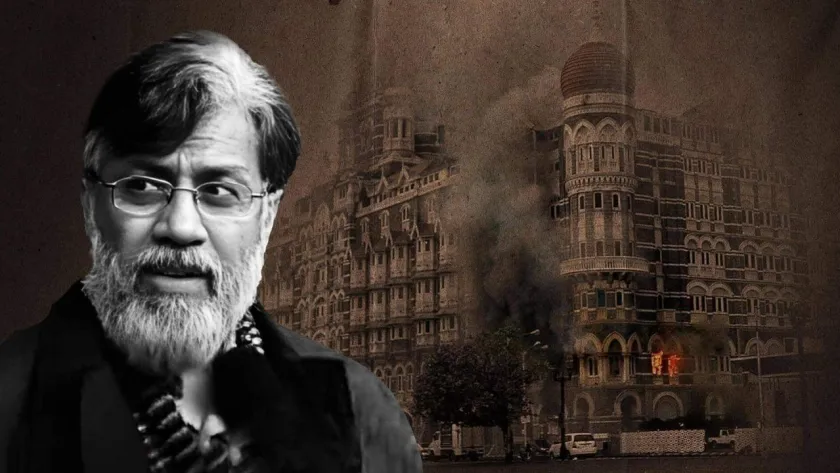
US Supreme Court Rejects 26/11 Accused Tahawwur Rana’s Plea to Block Extradition to India
2025-03-08
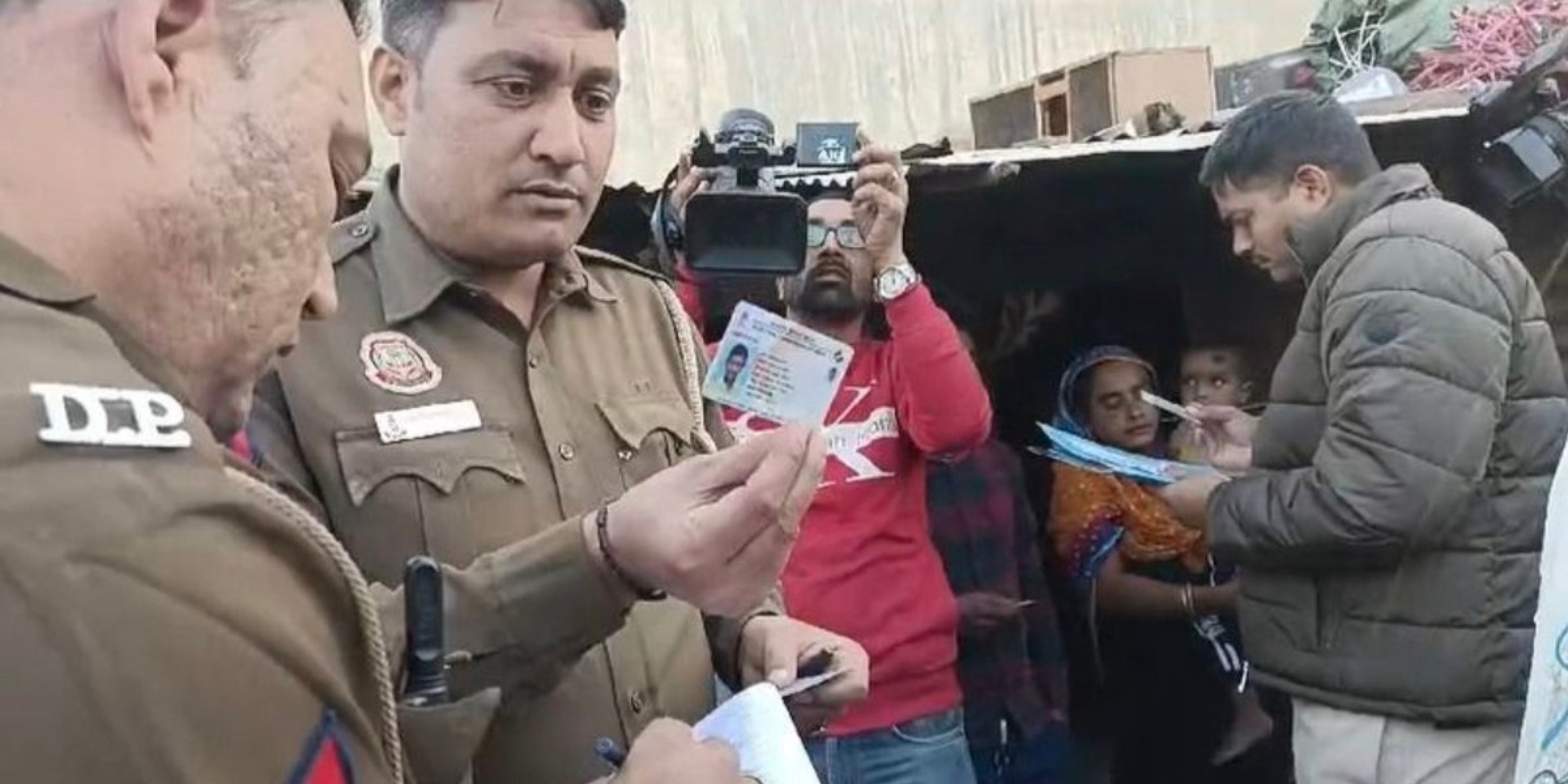


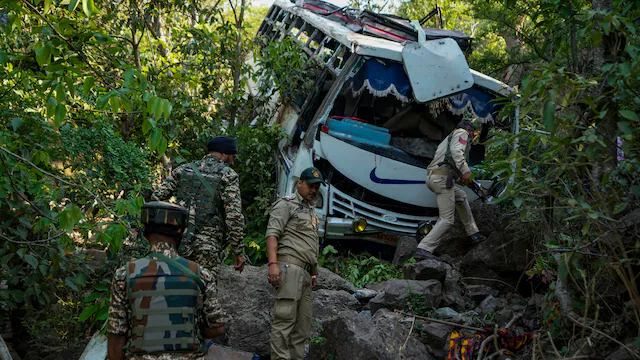














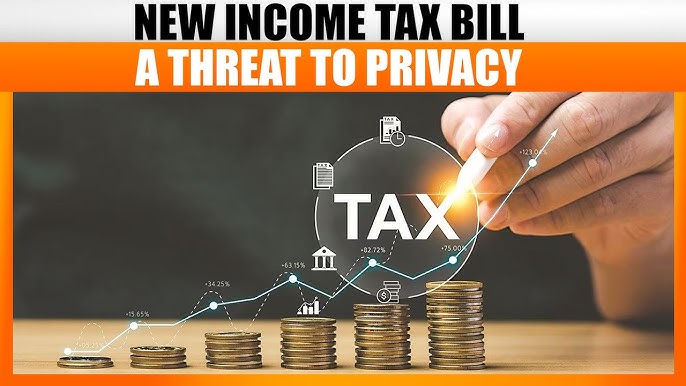
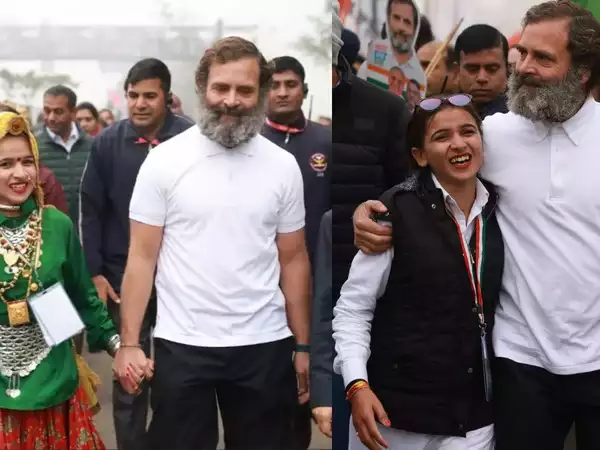


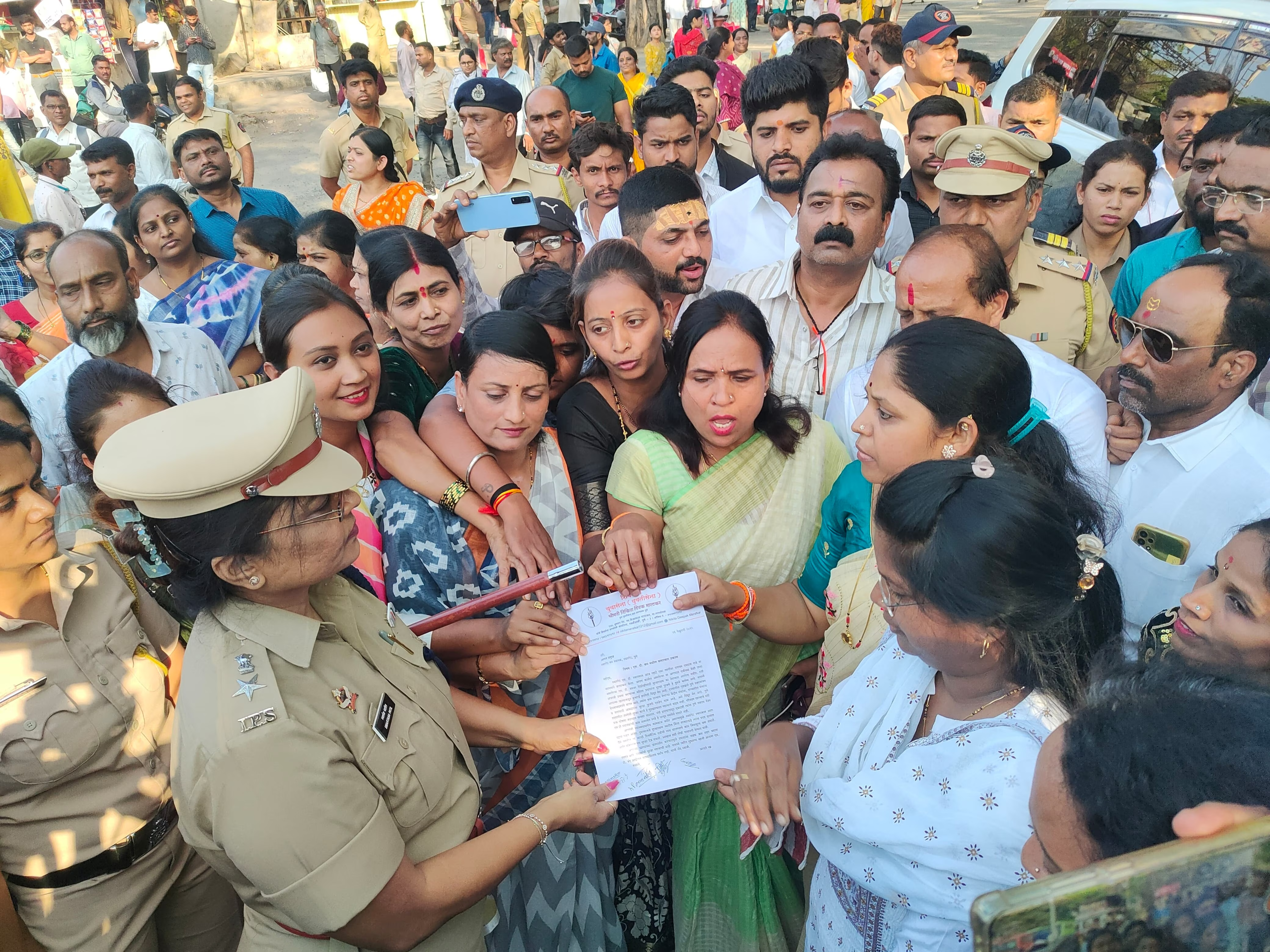

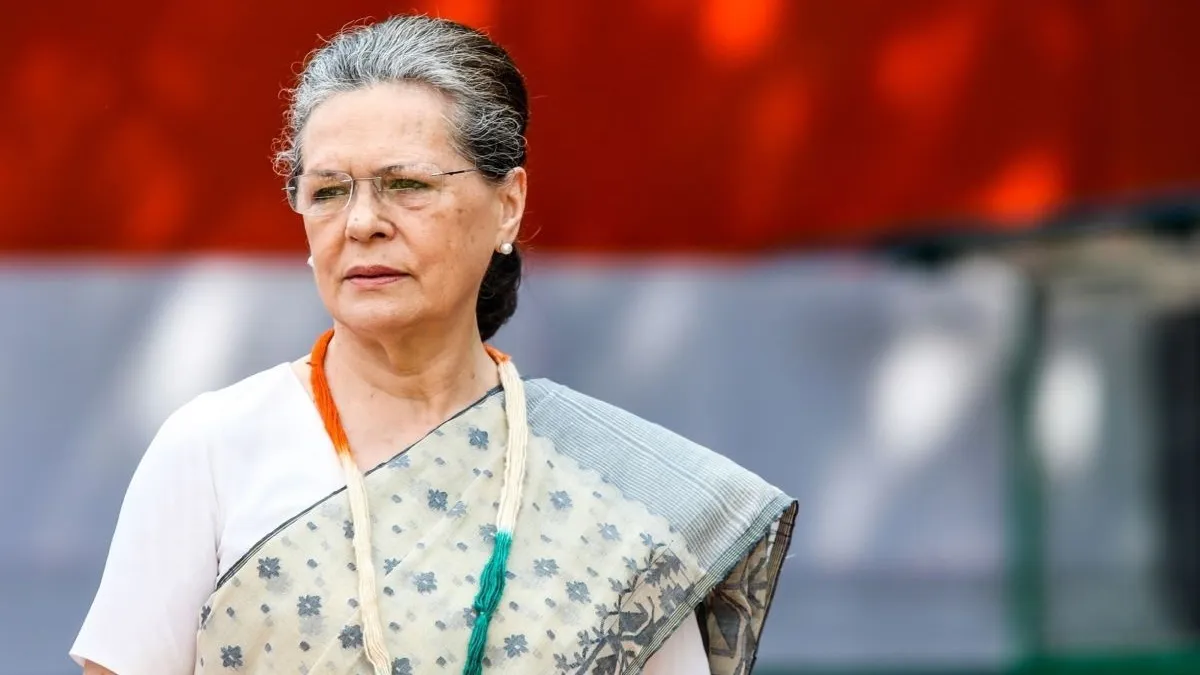
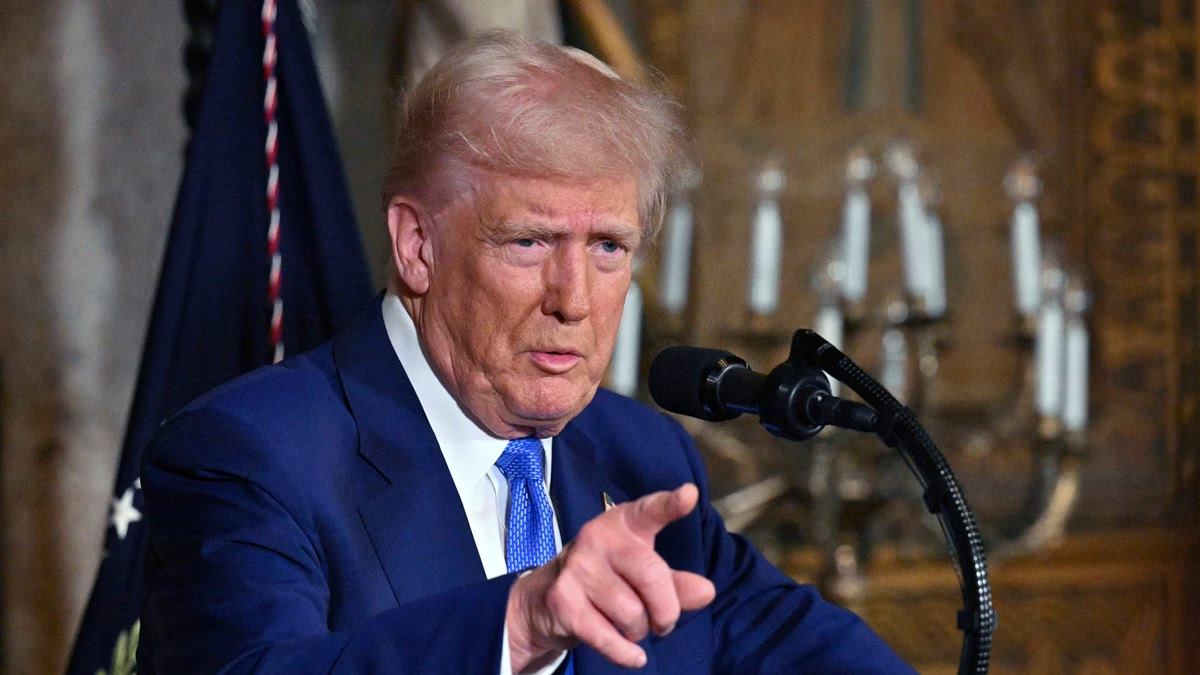
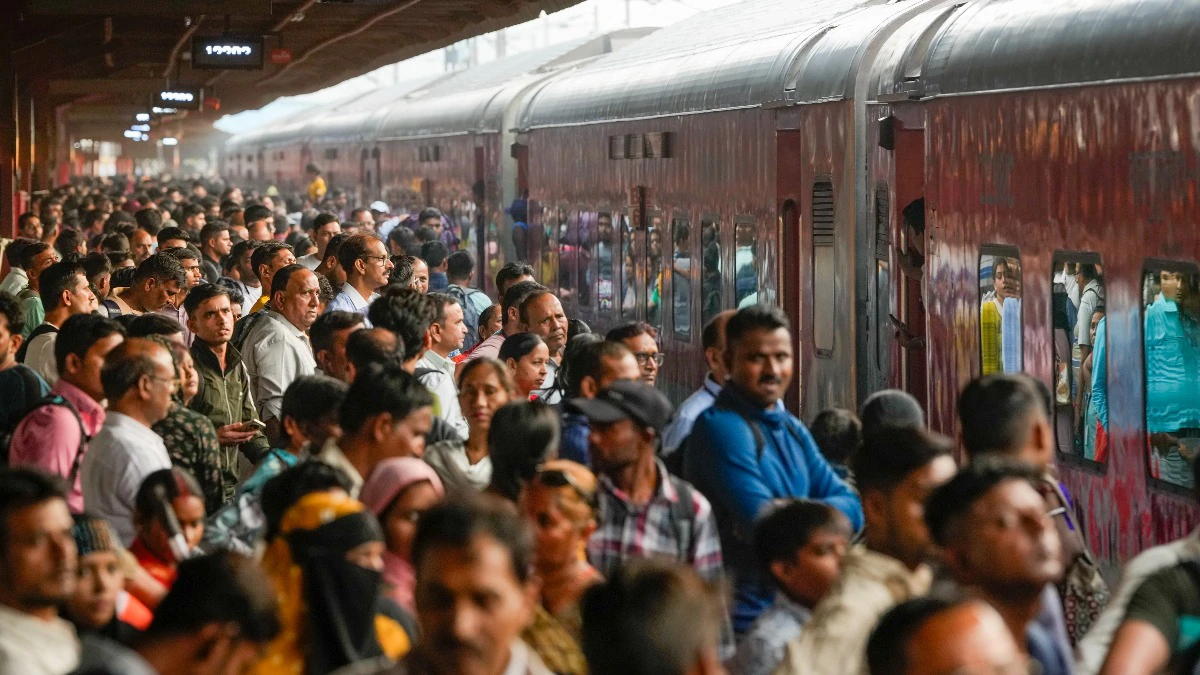
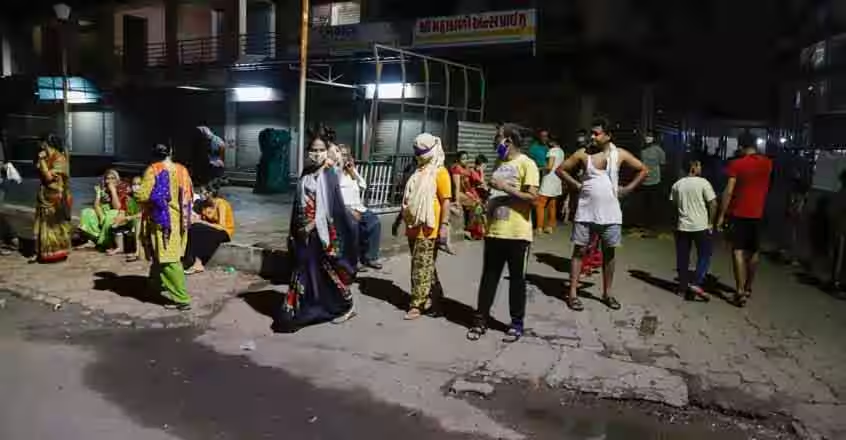

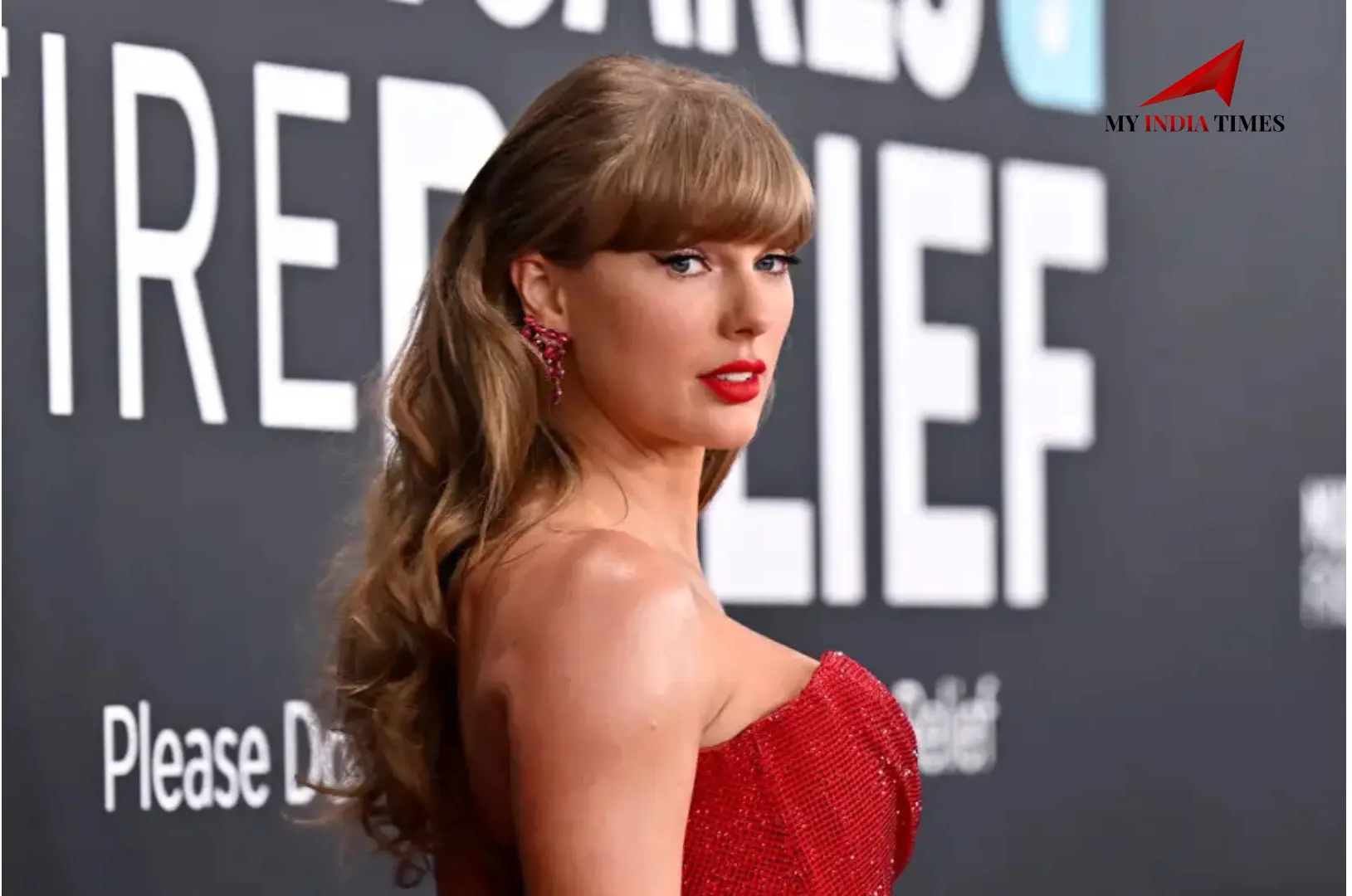


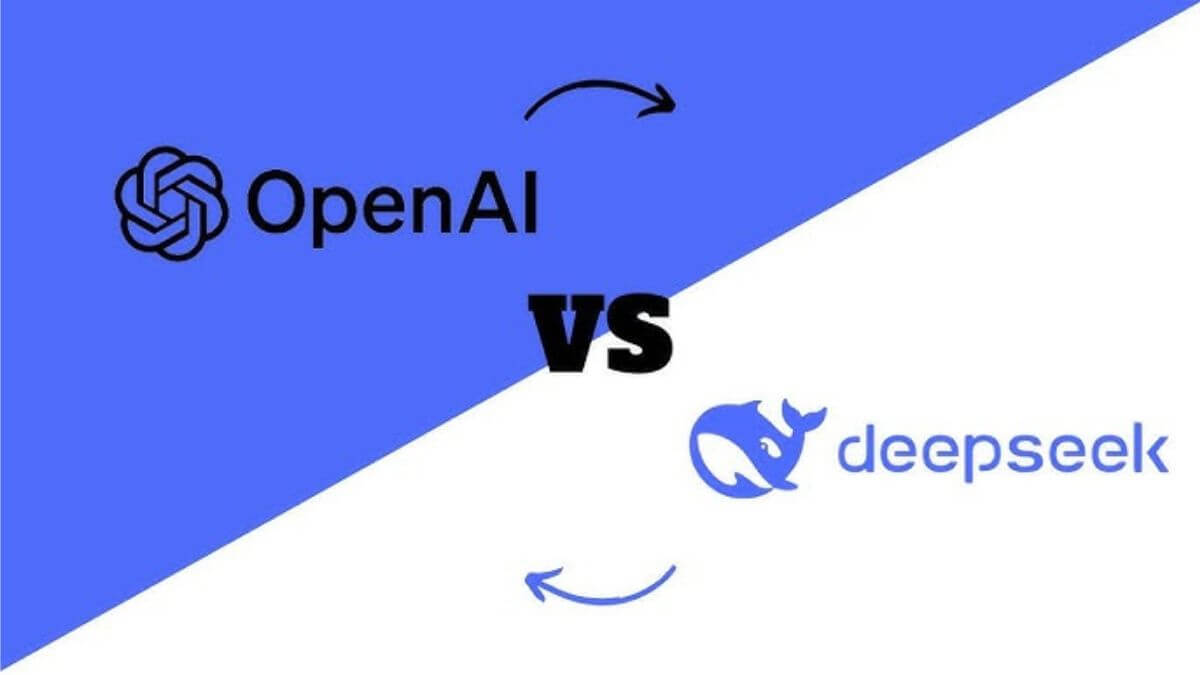
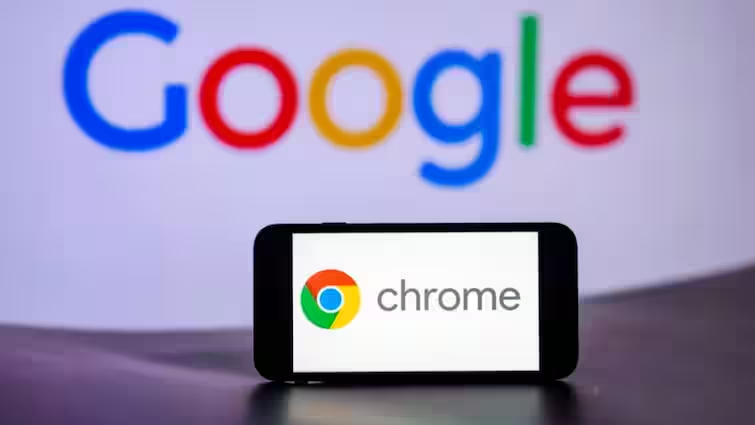
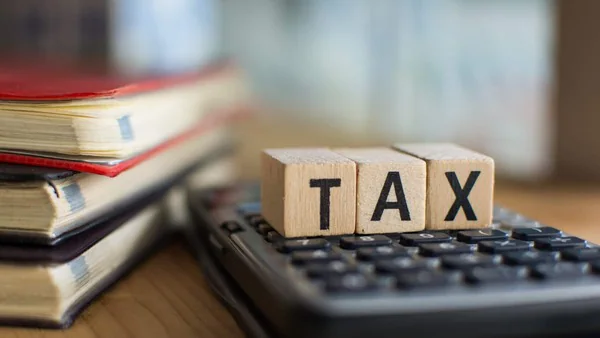




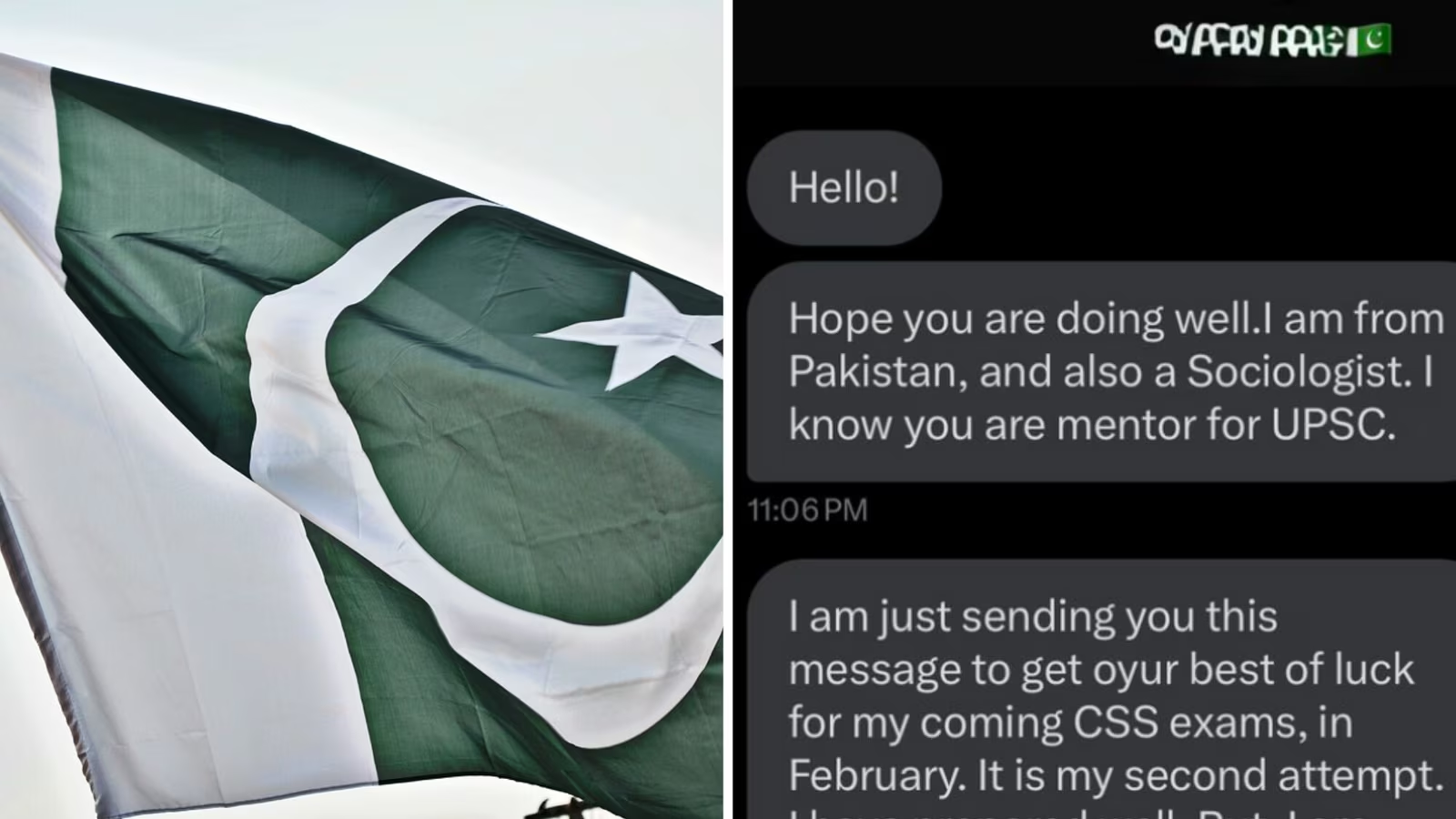
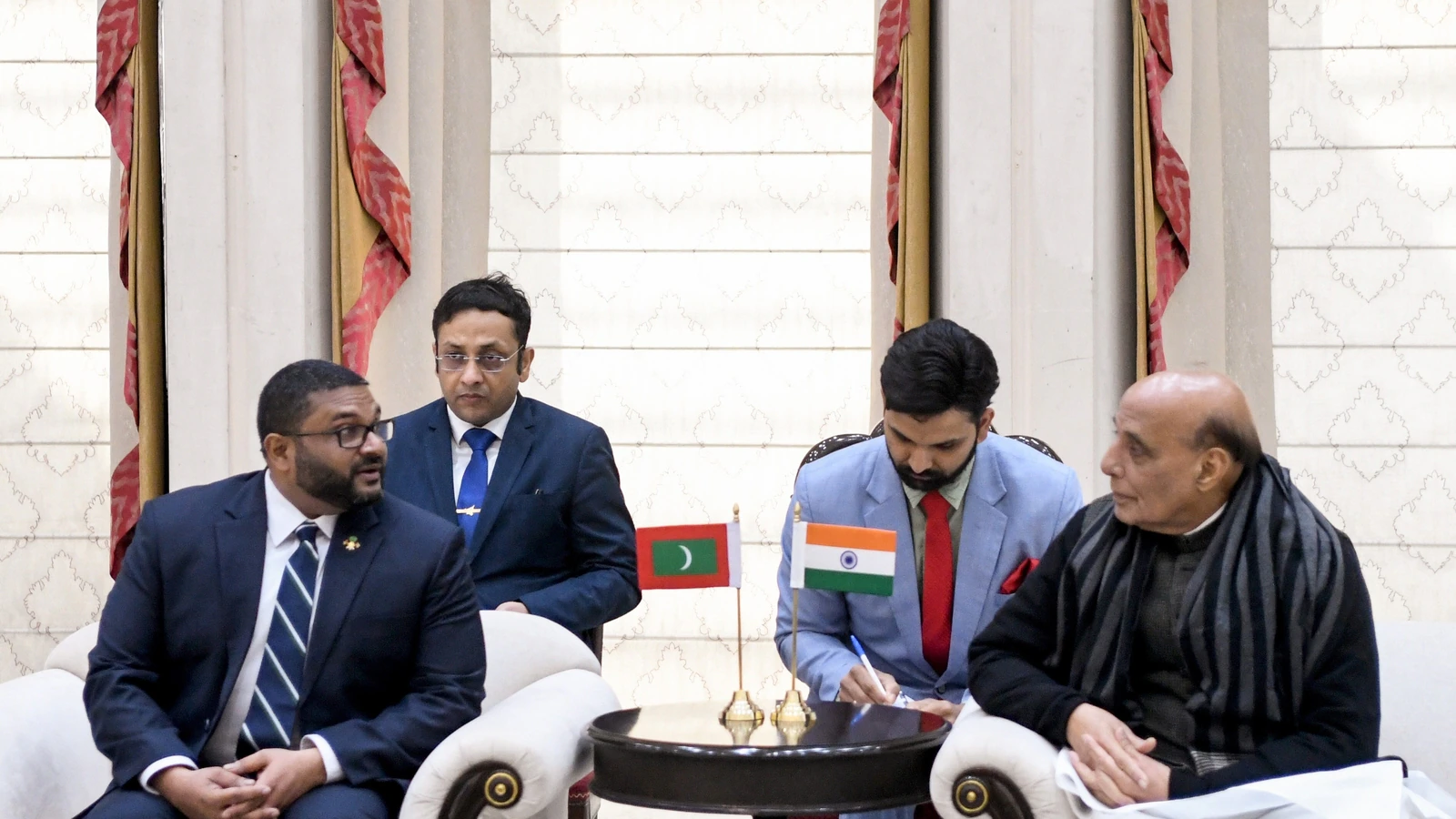

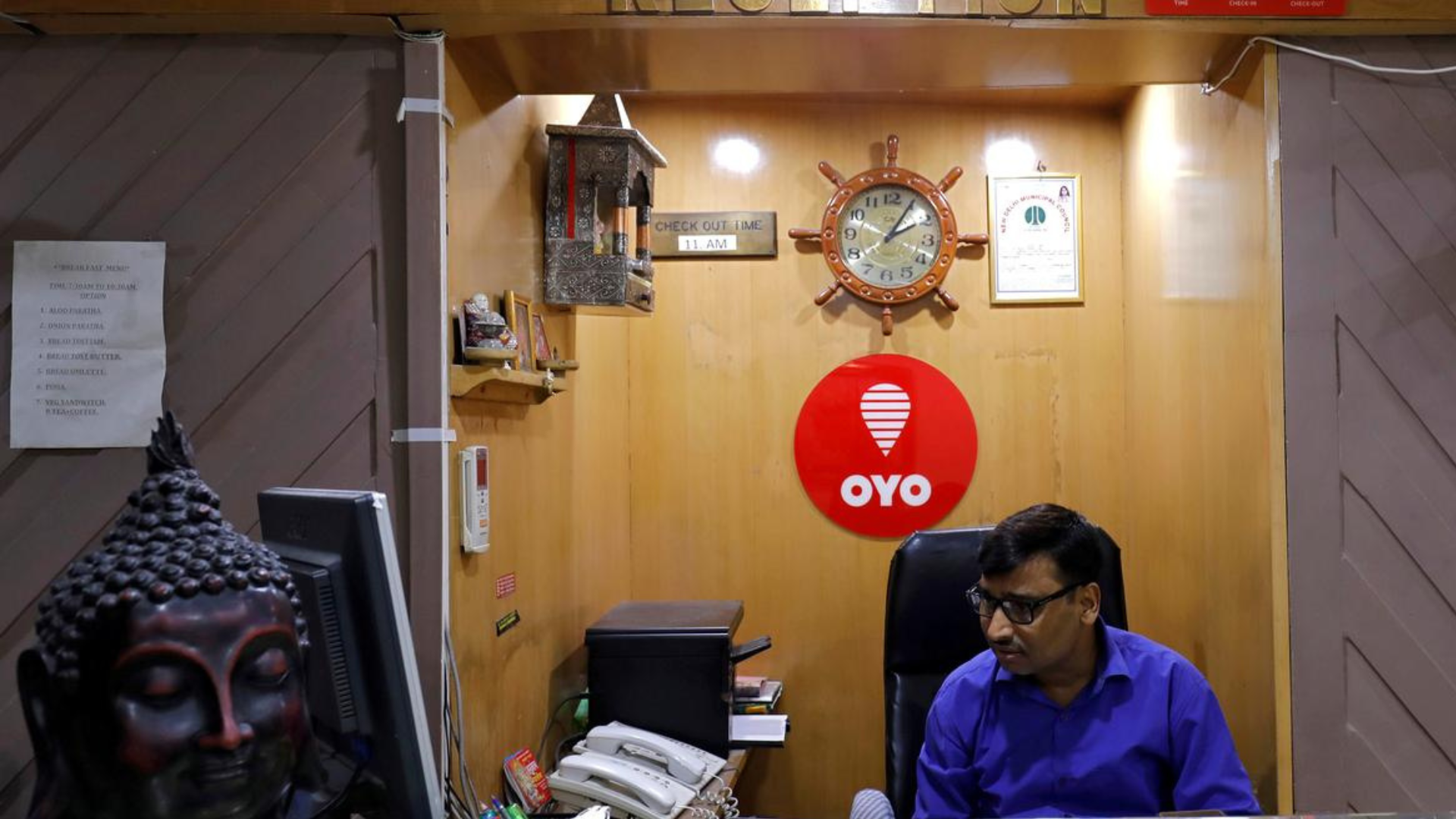

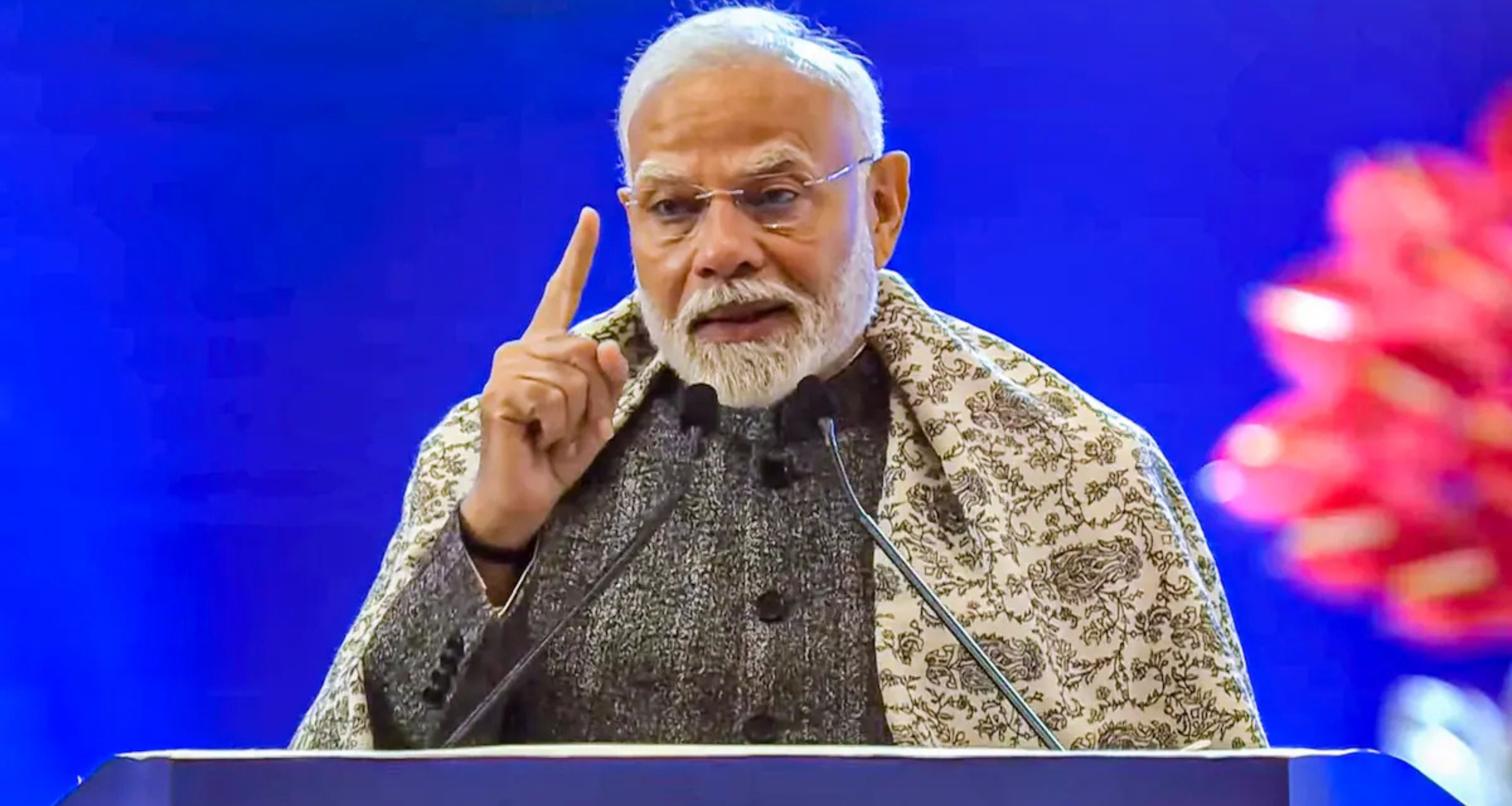
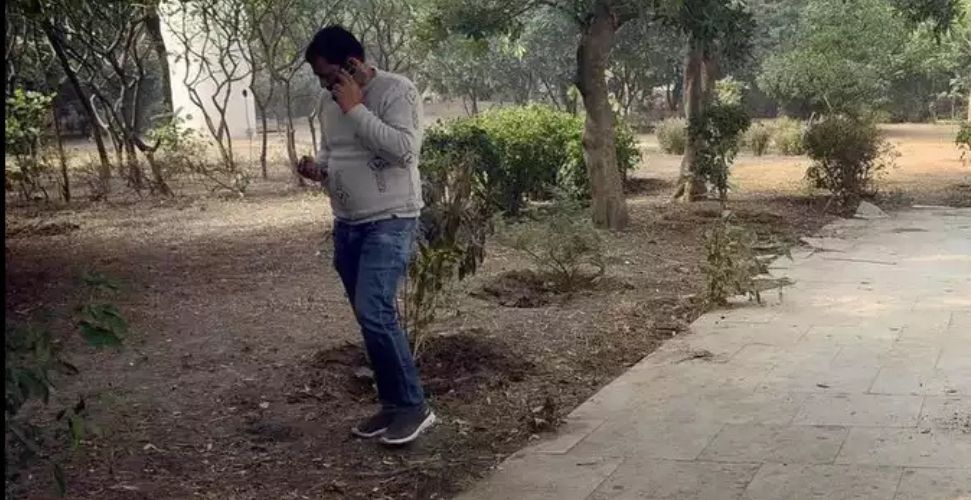

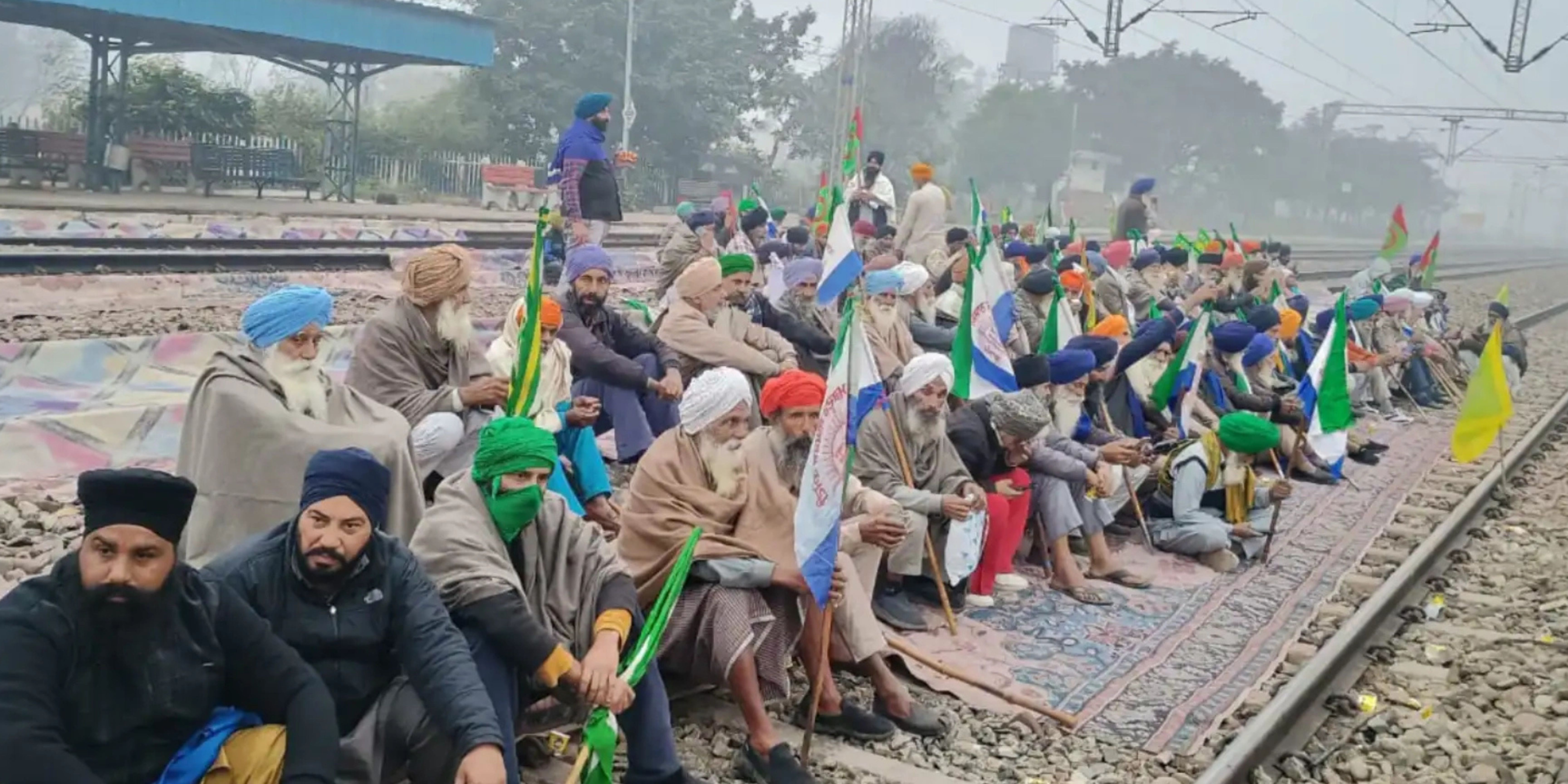
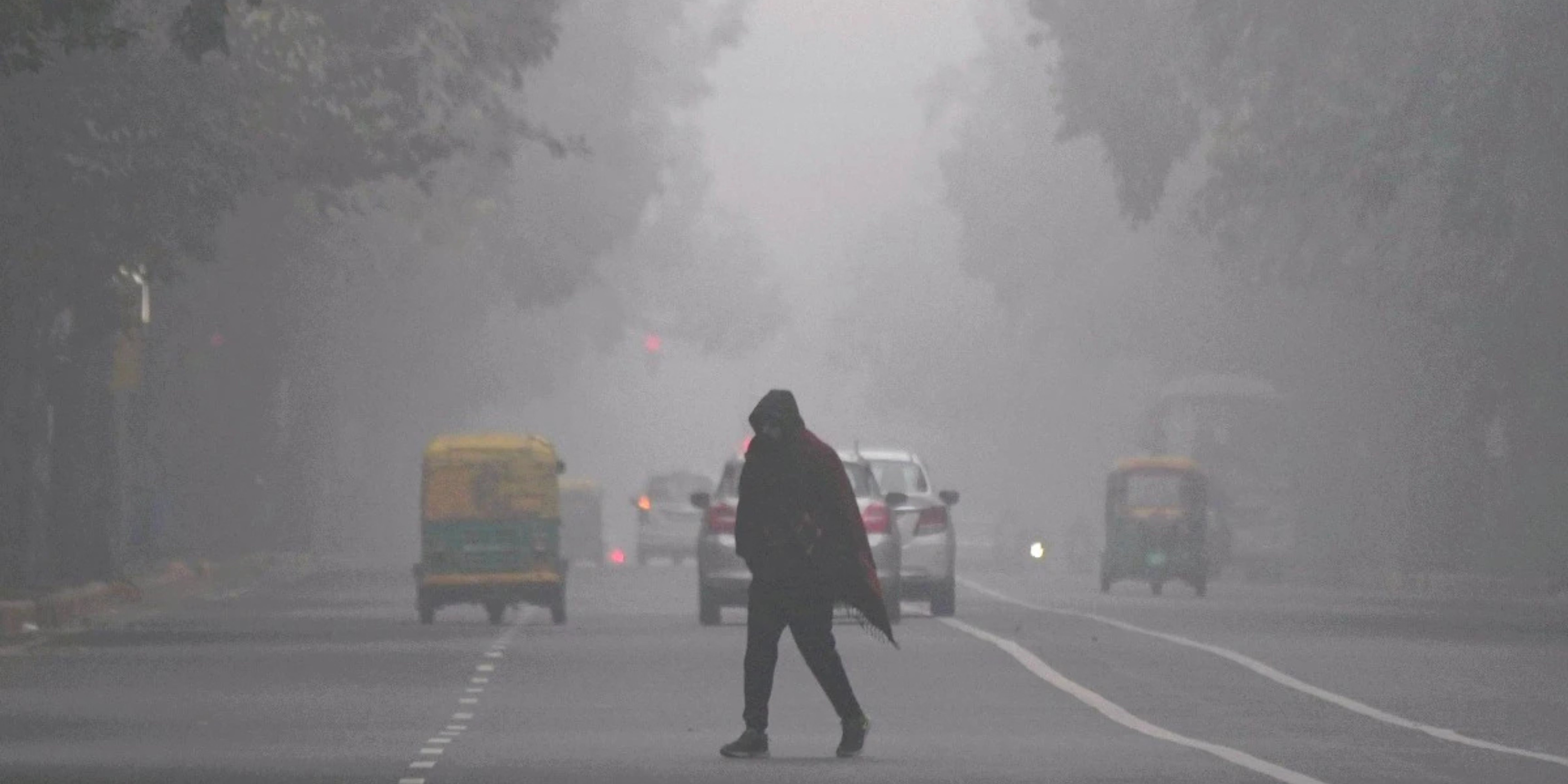
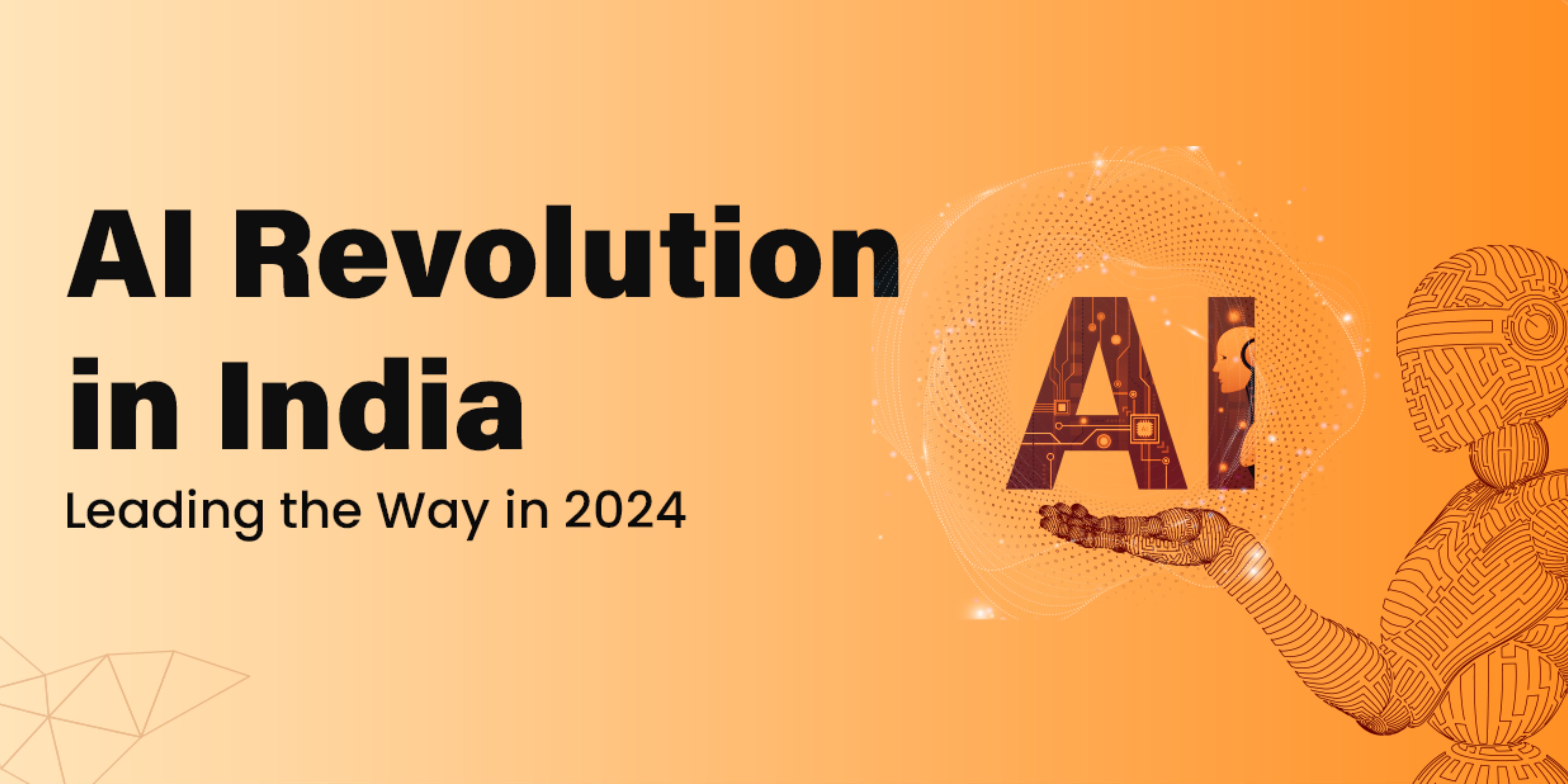

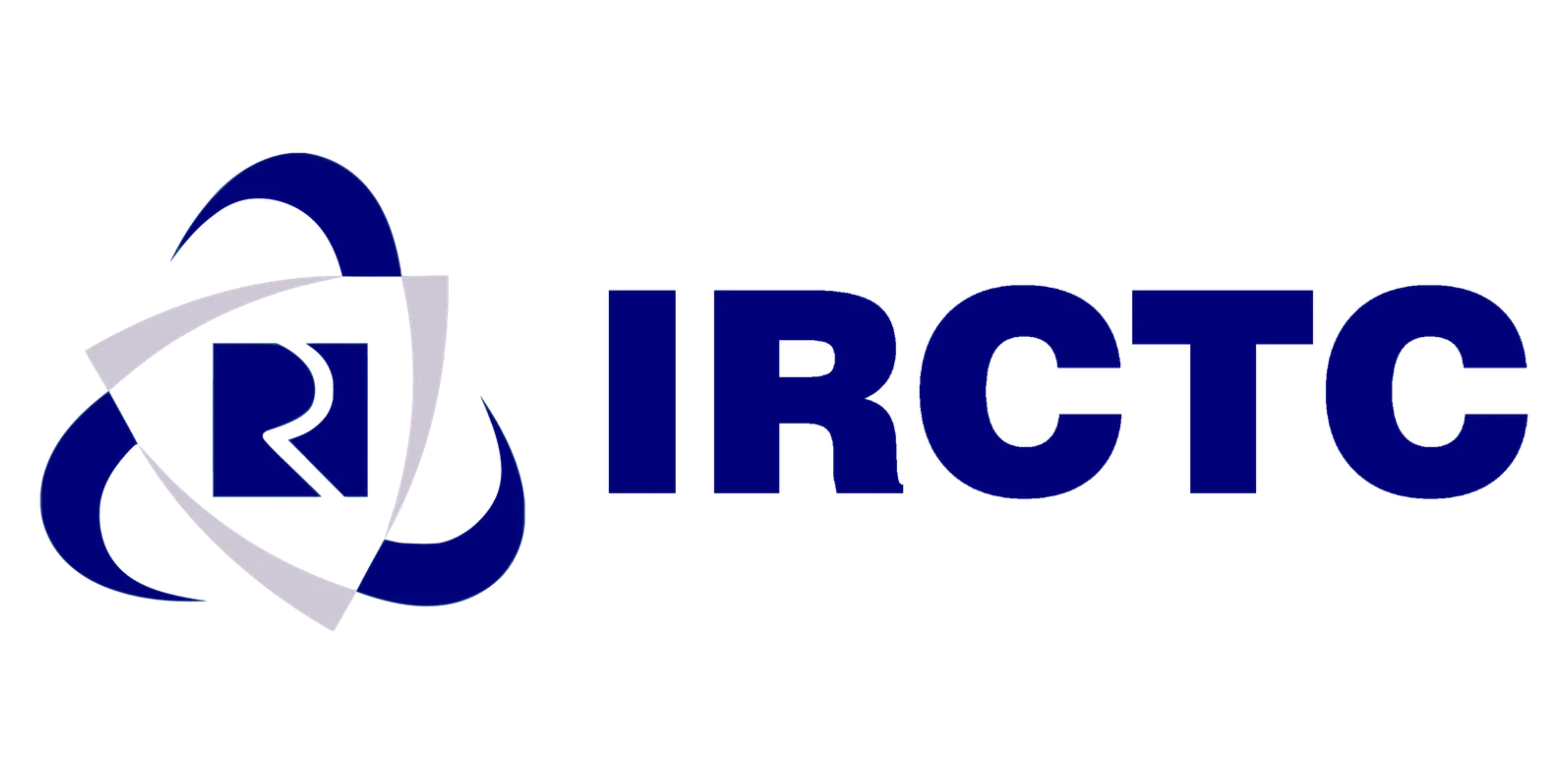
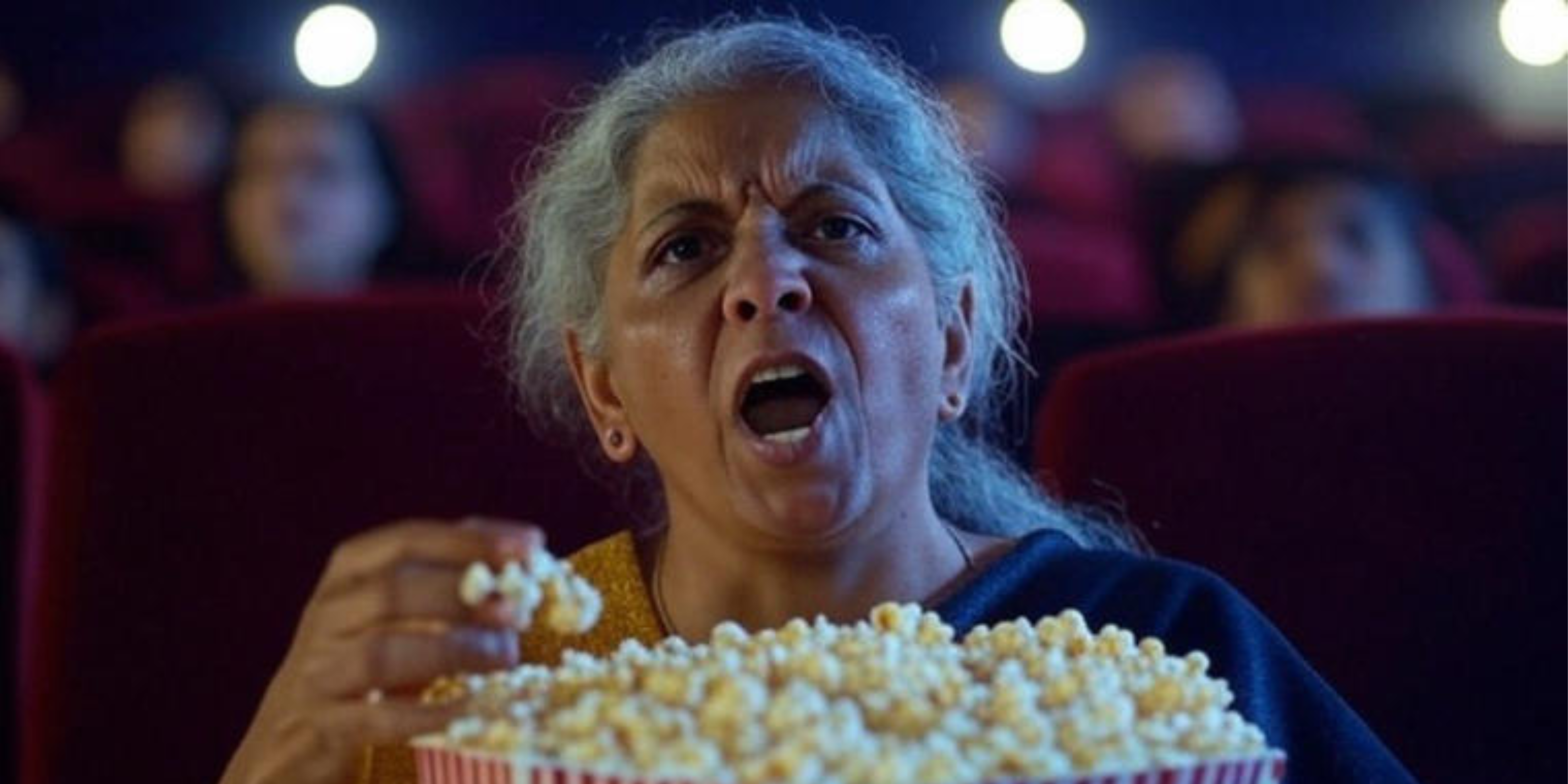
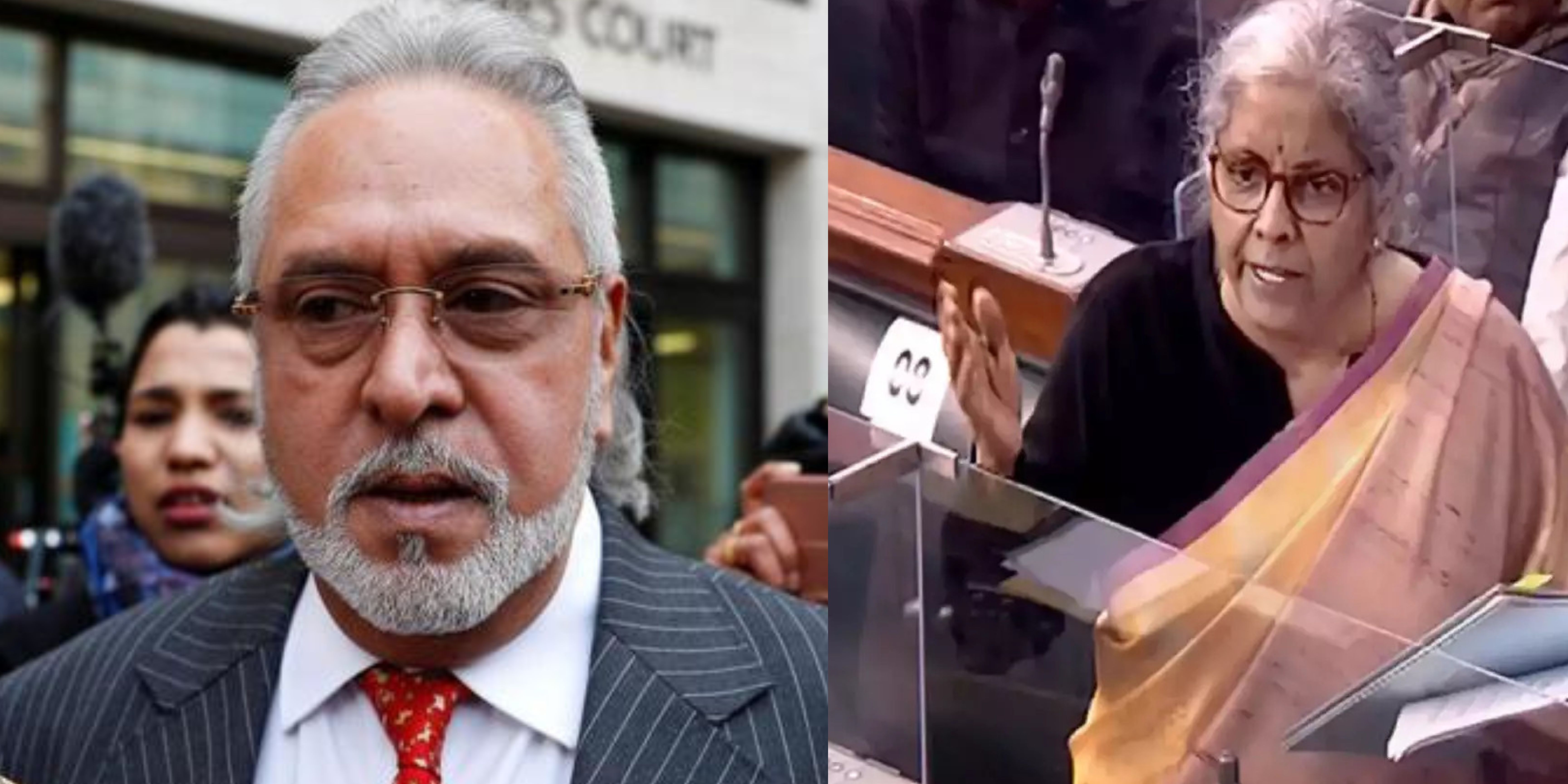
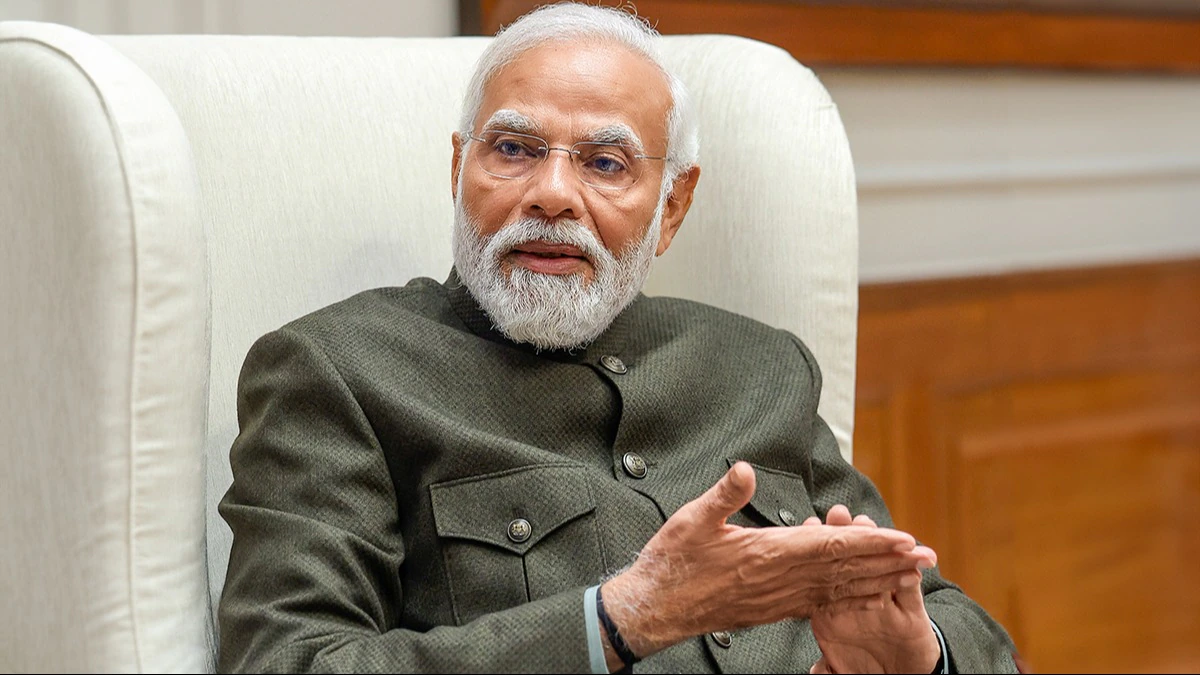
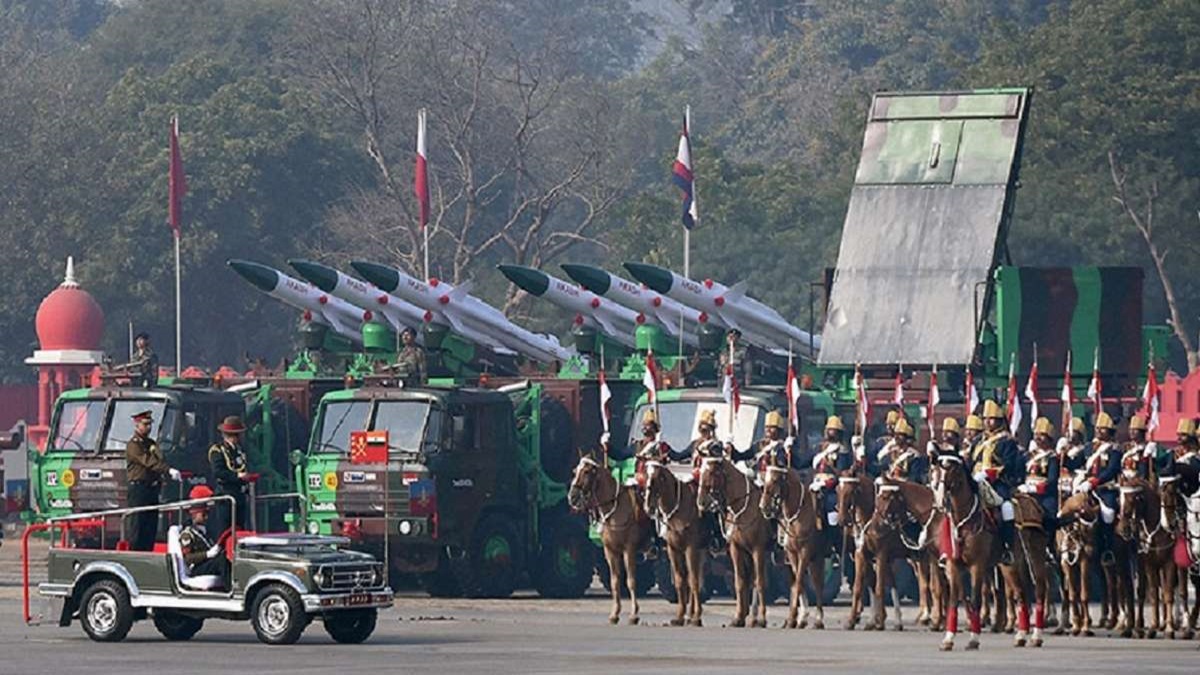

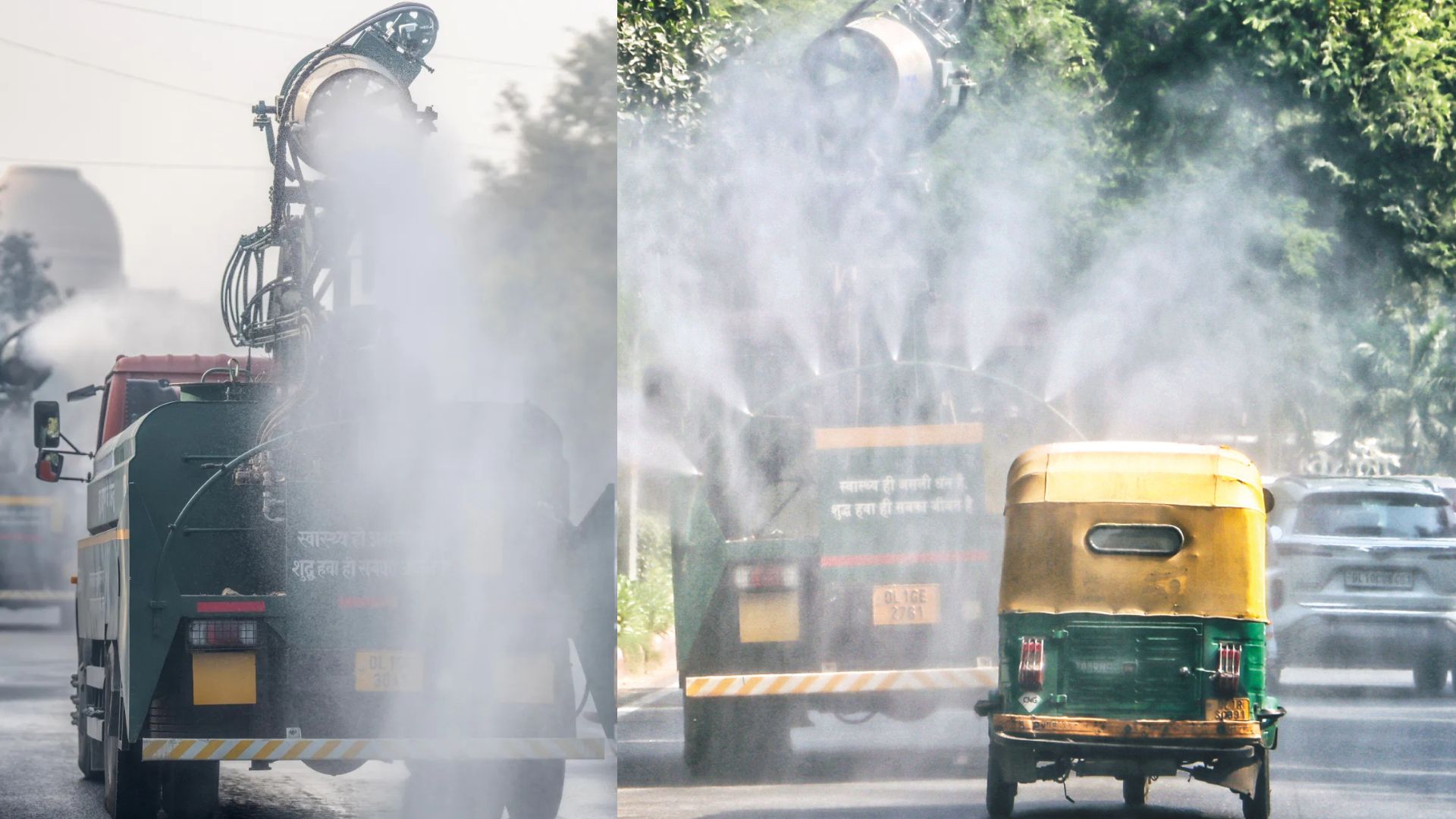
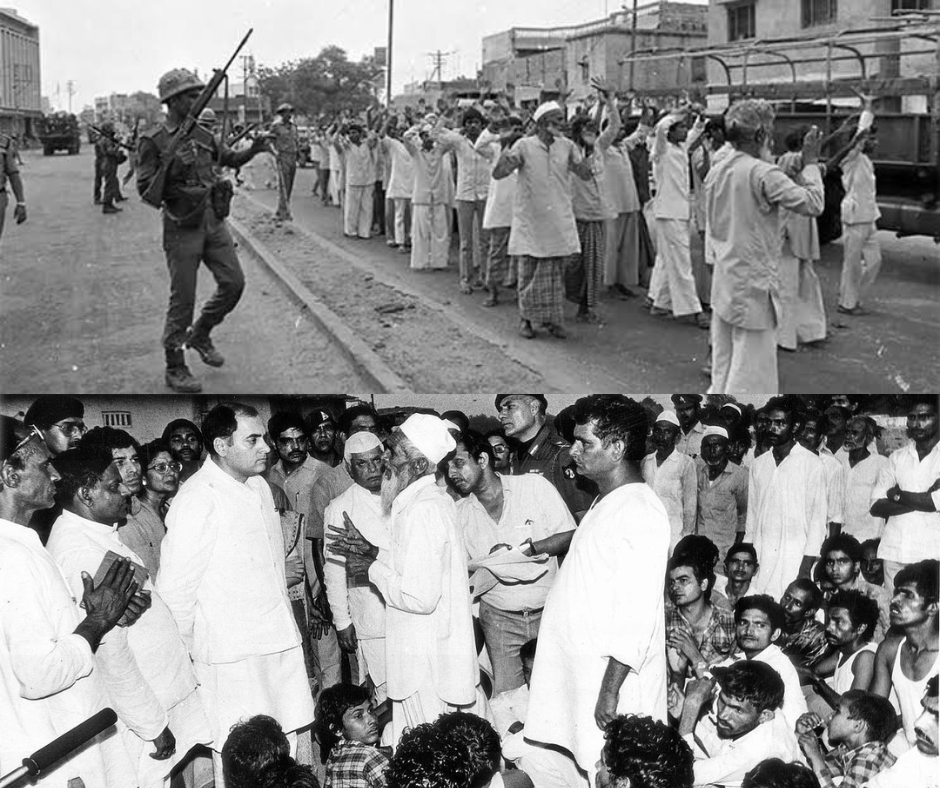
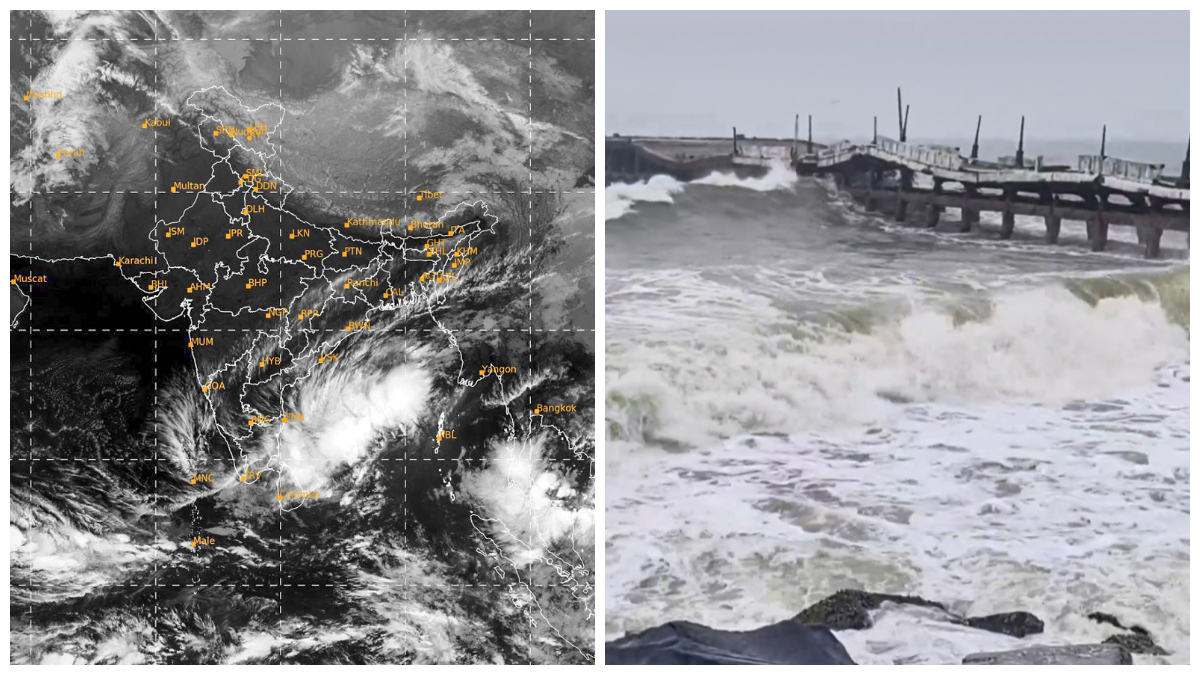

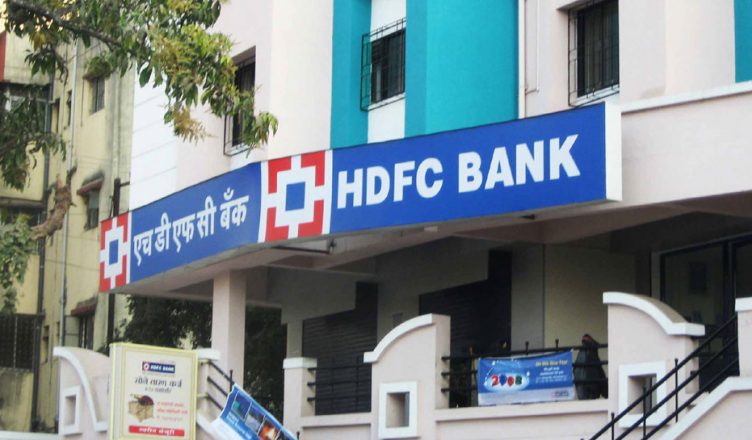

.jfif)
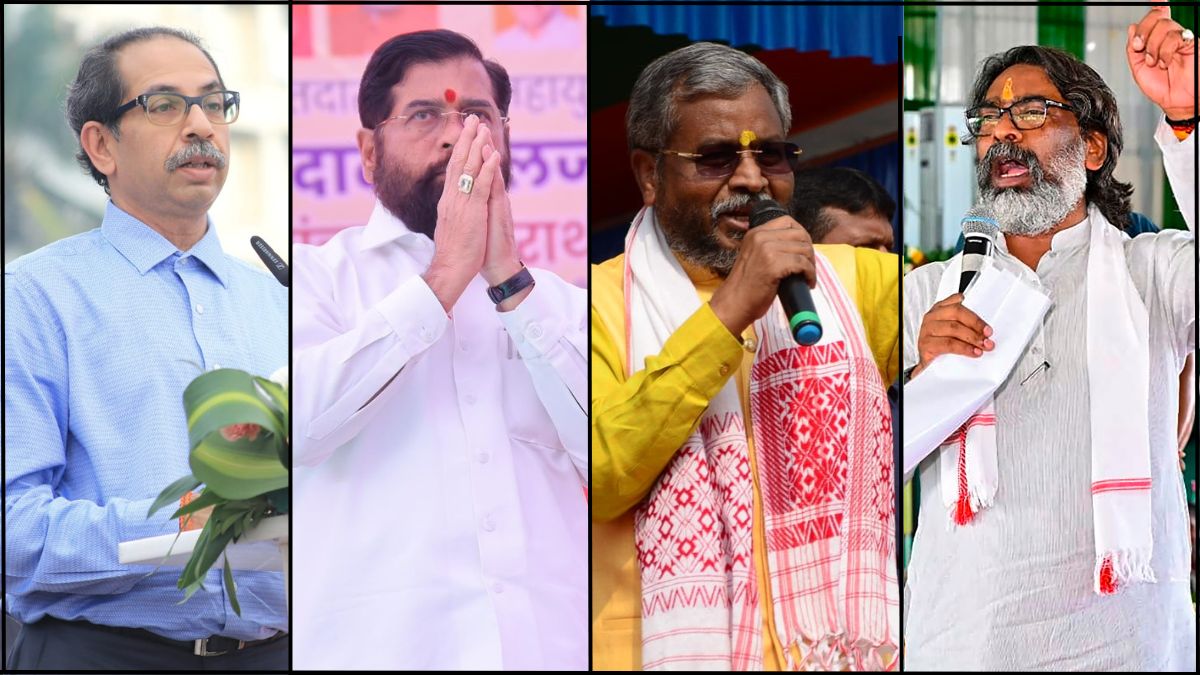
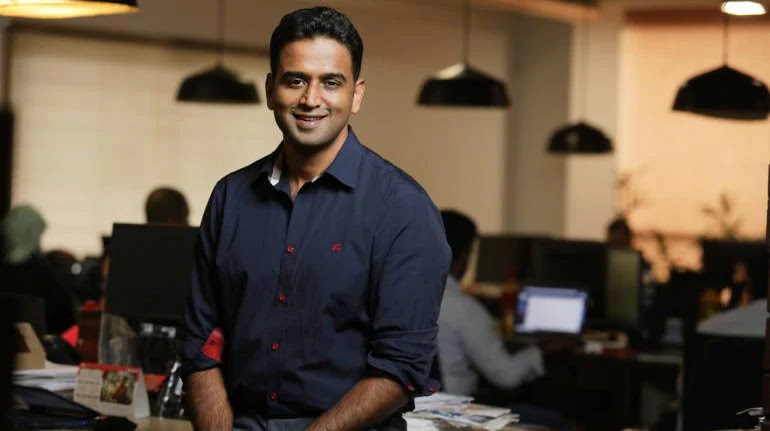
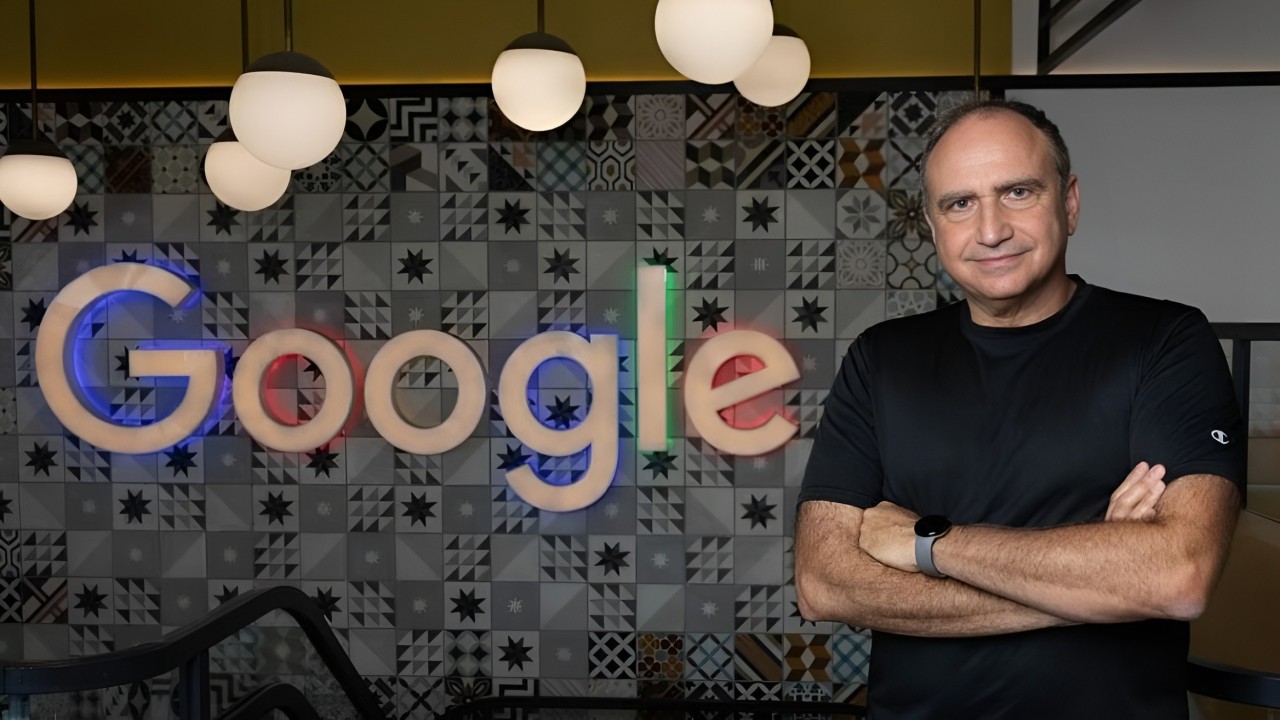
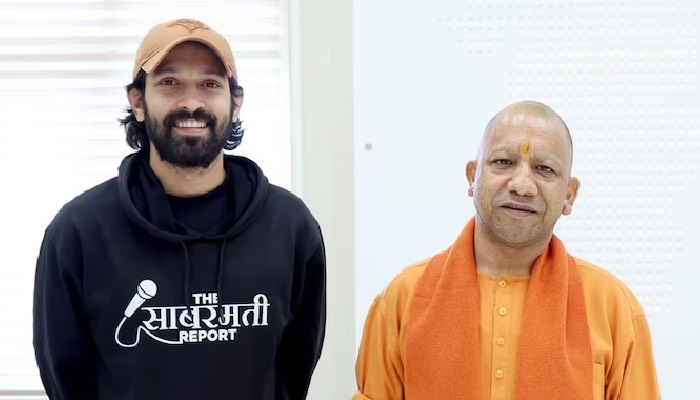
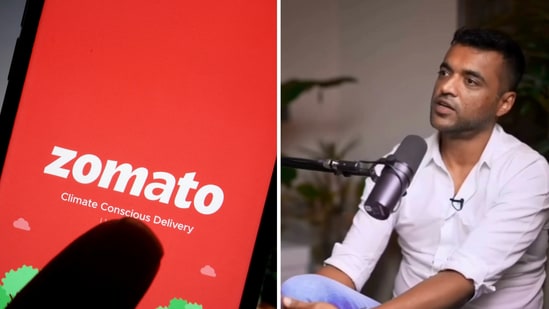
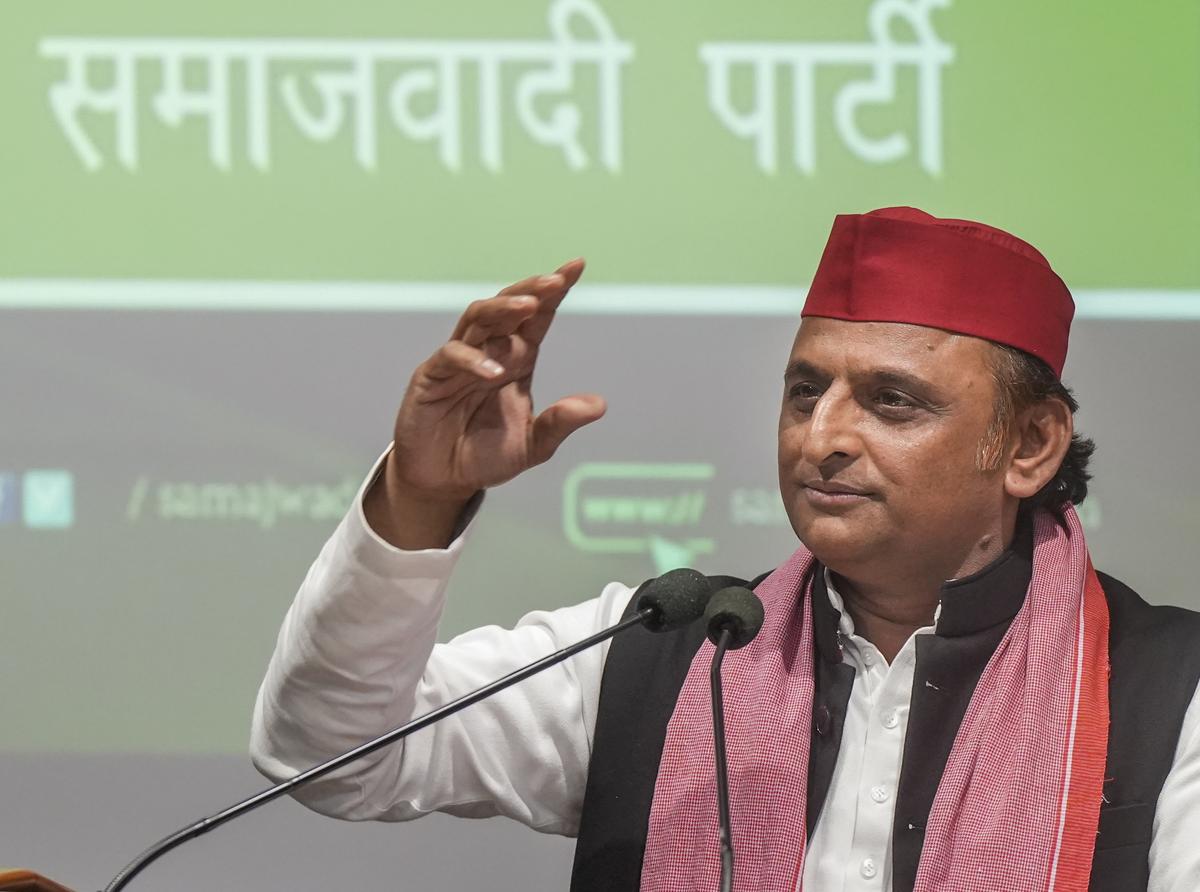

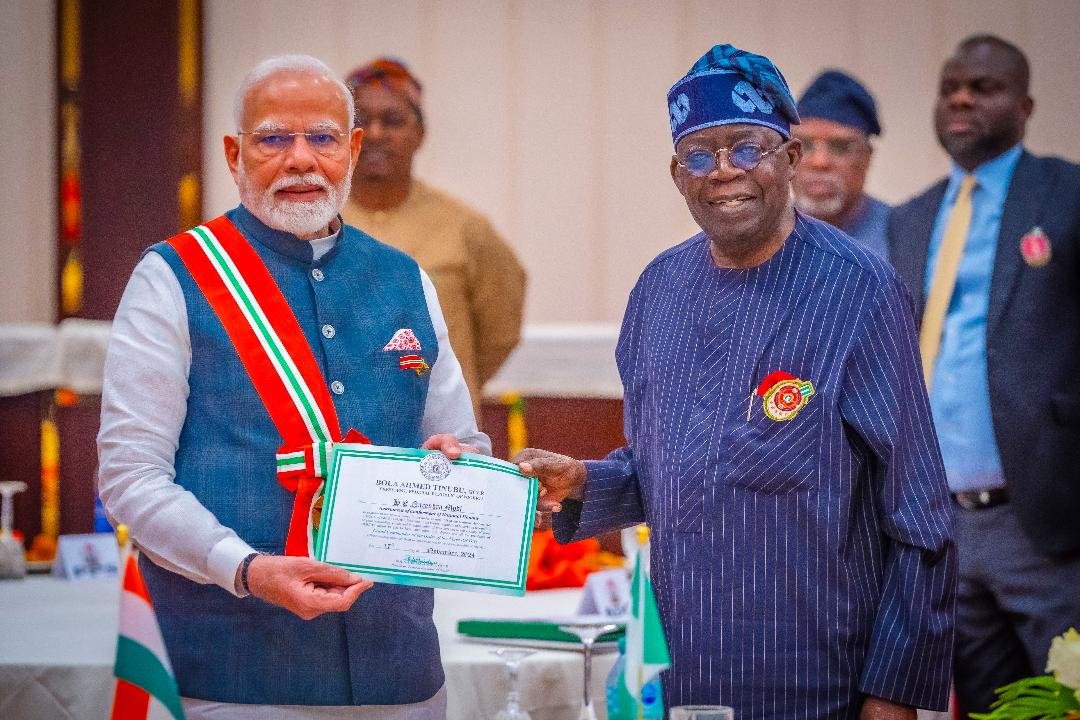
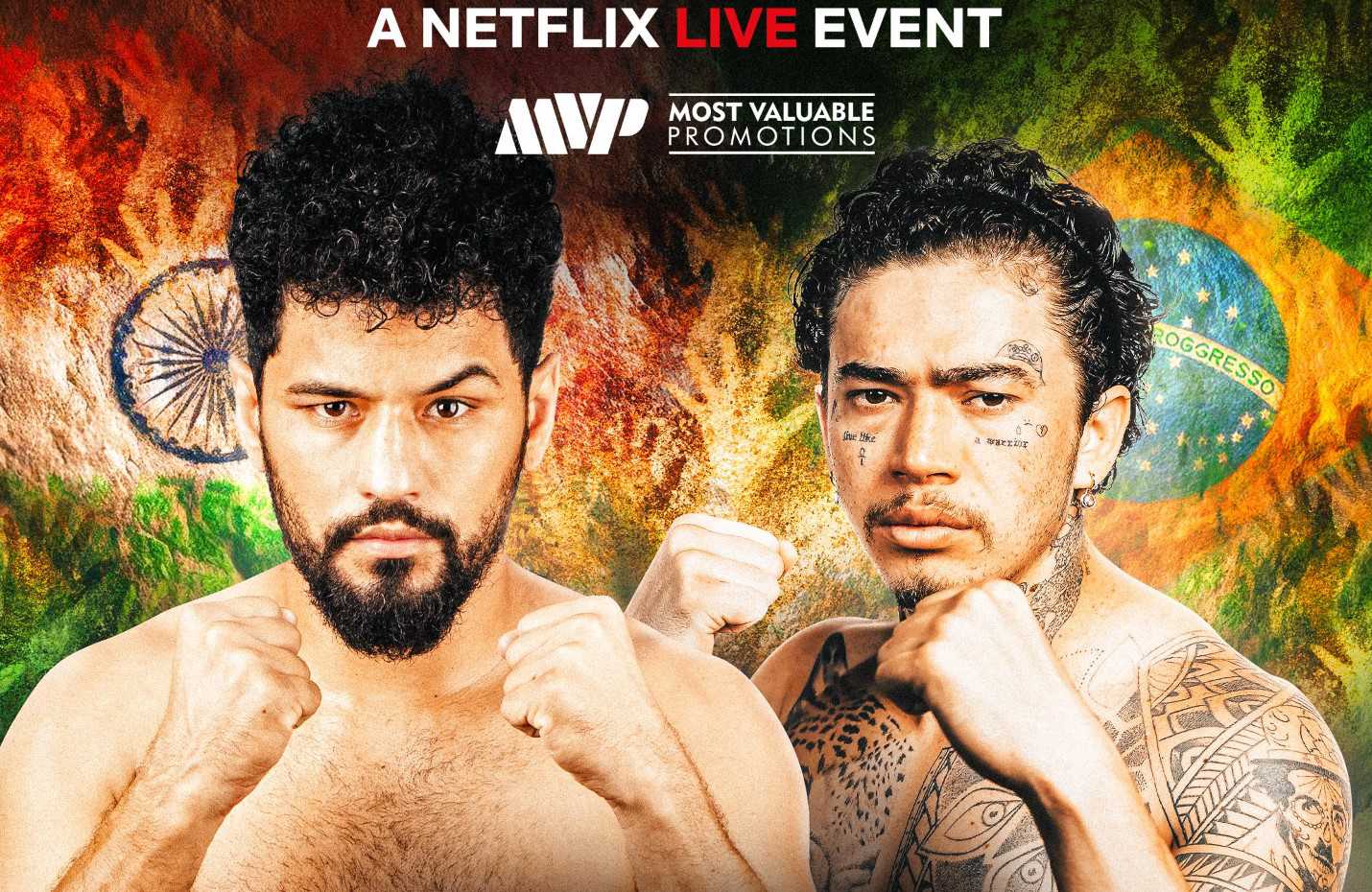
.jpg)

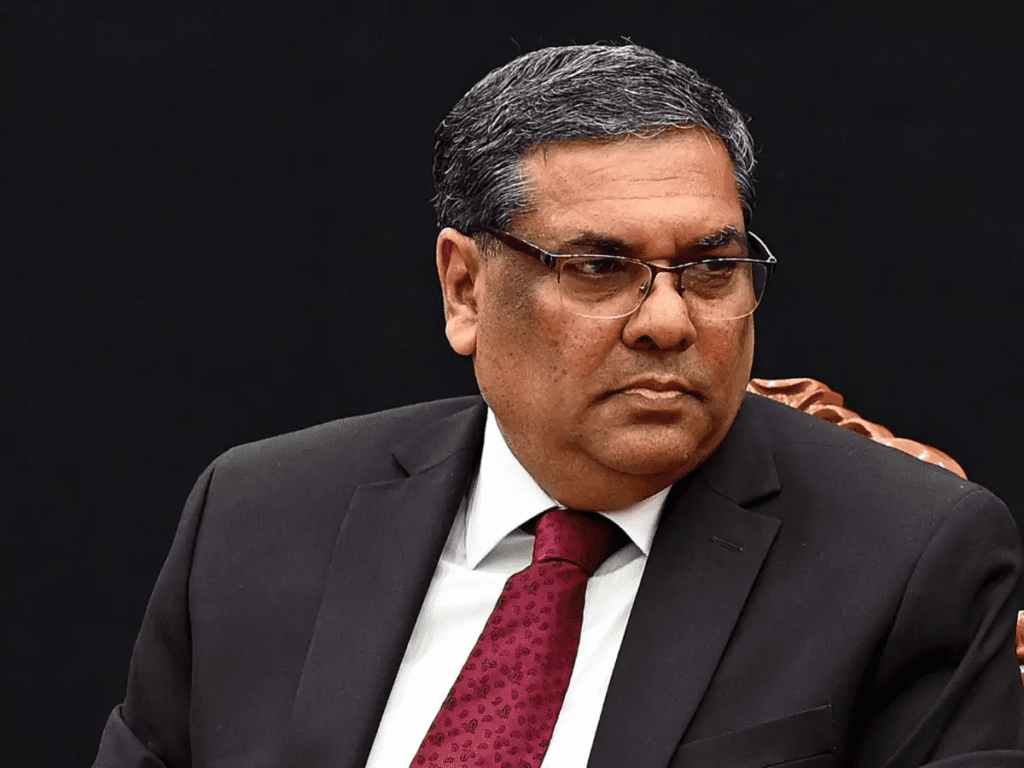

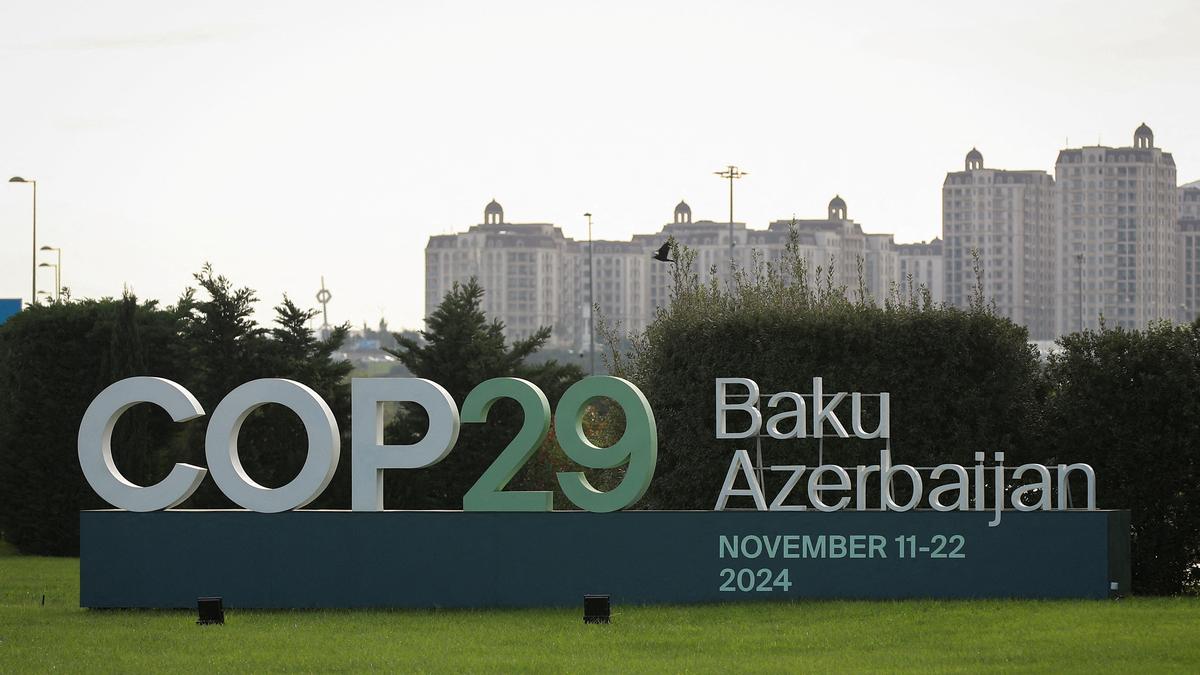

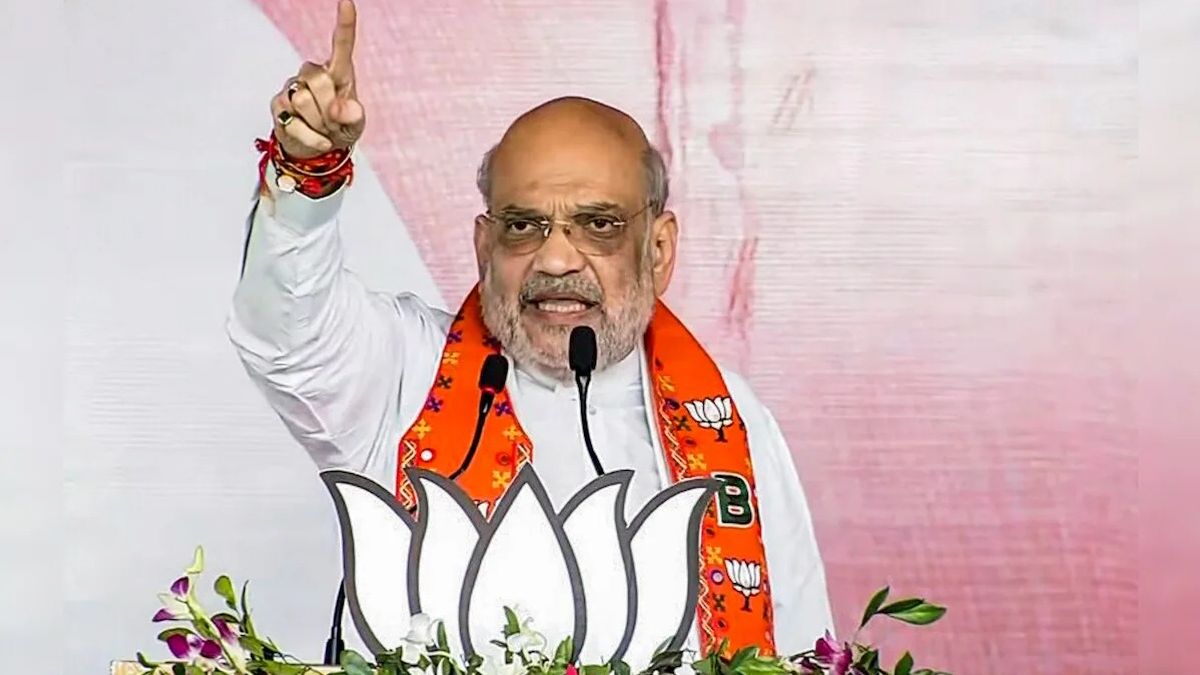
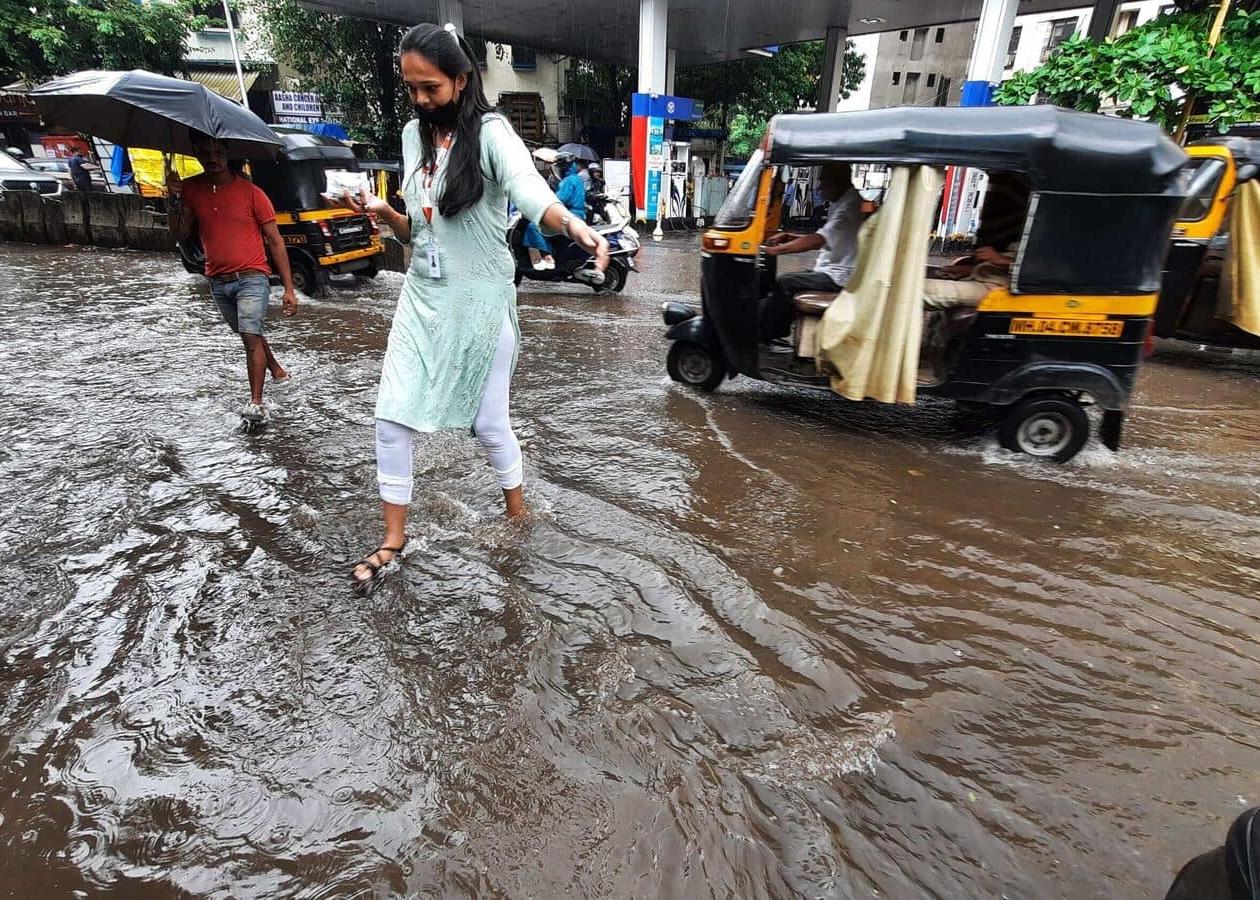
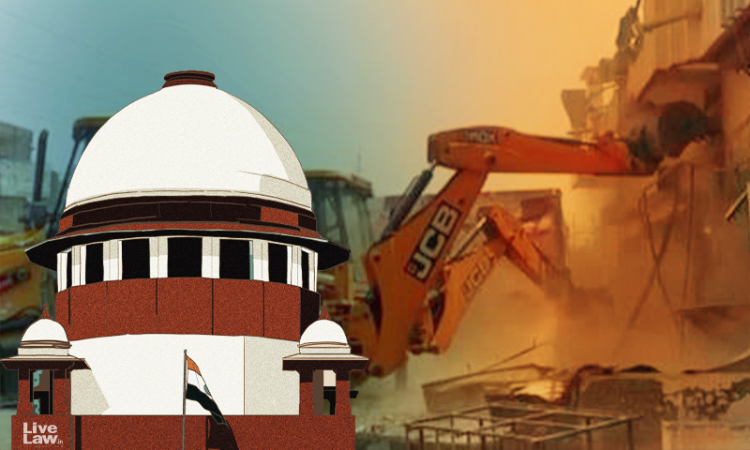

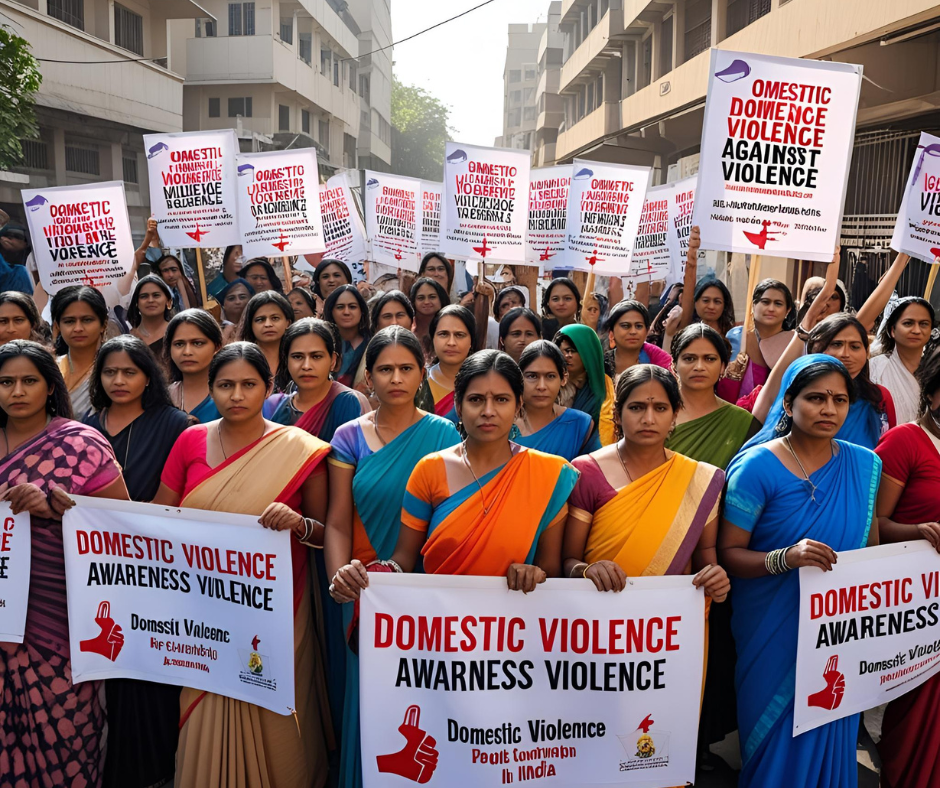

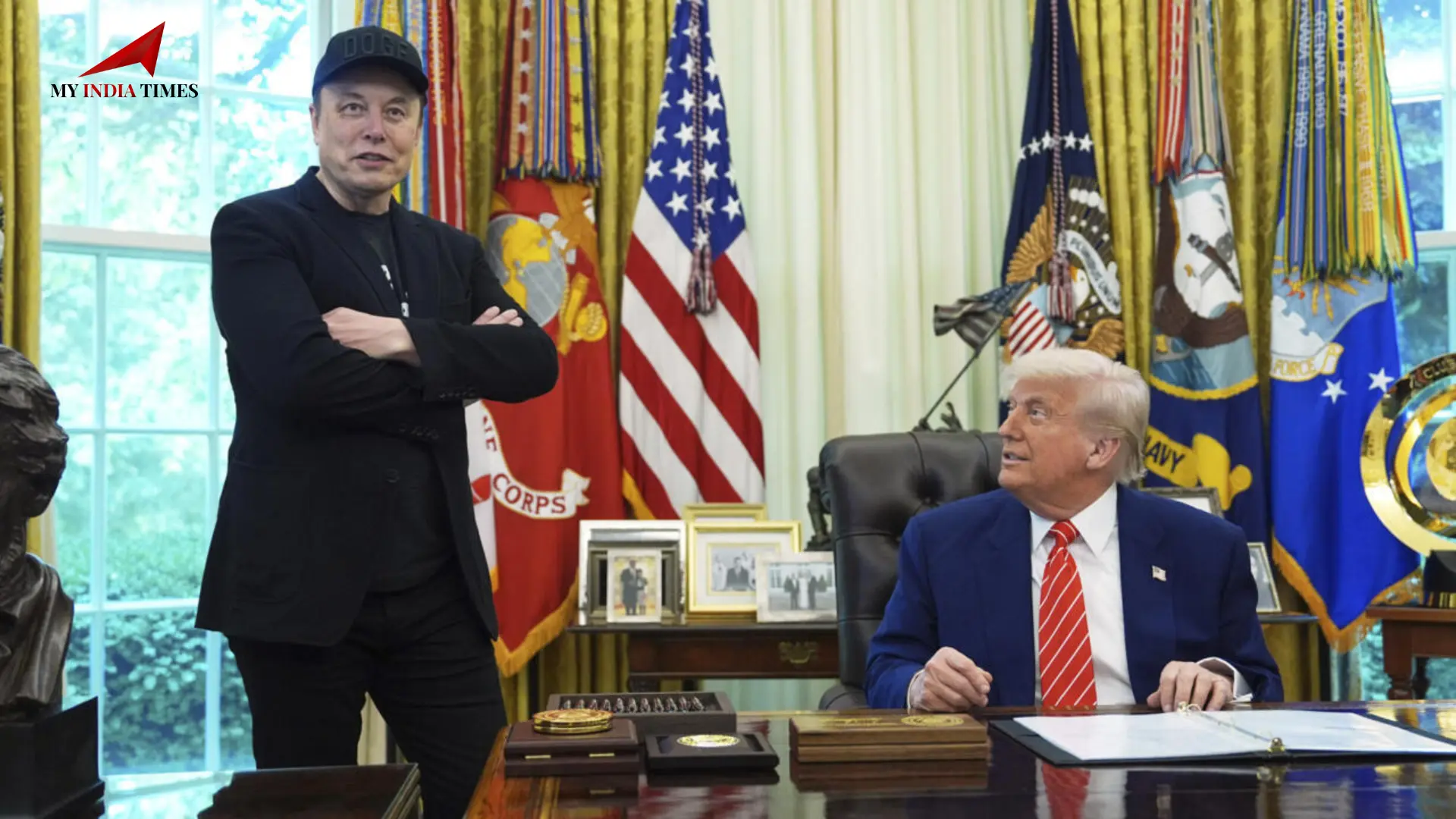


















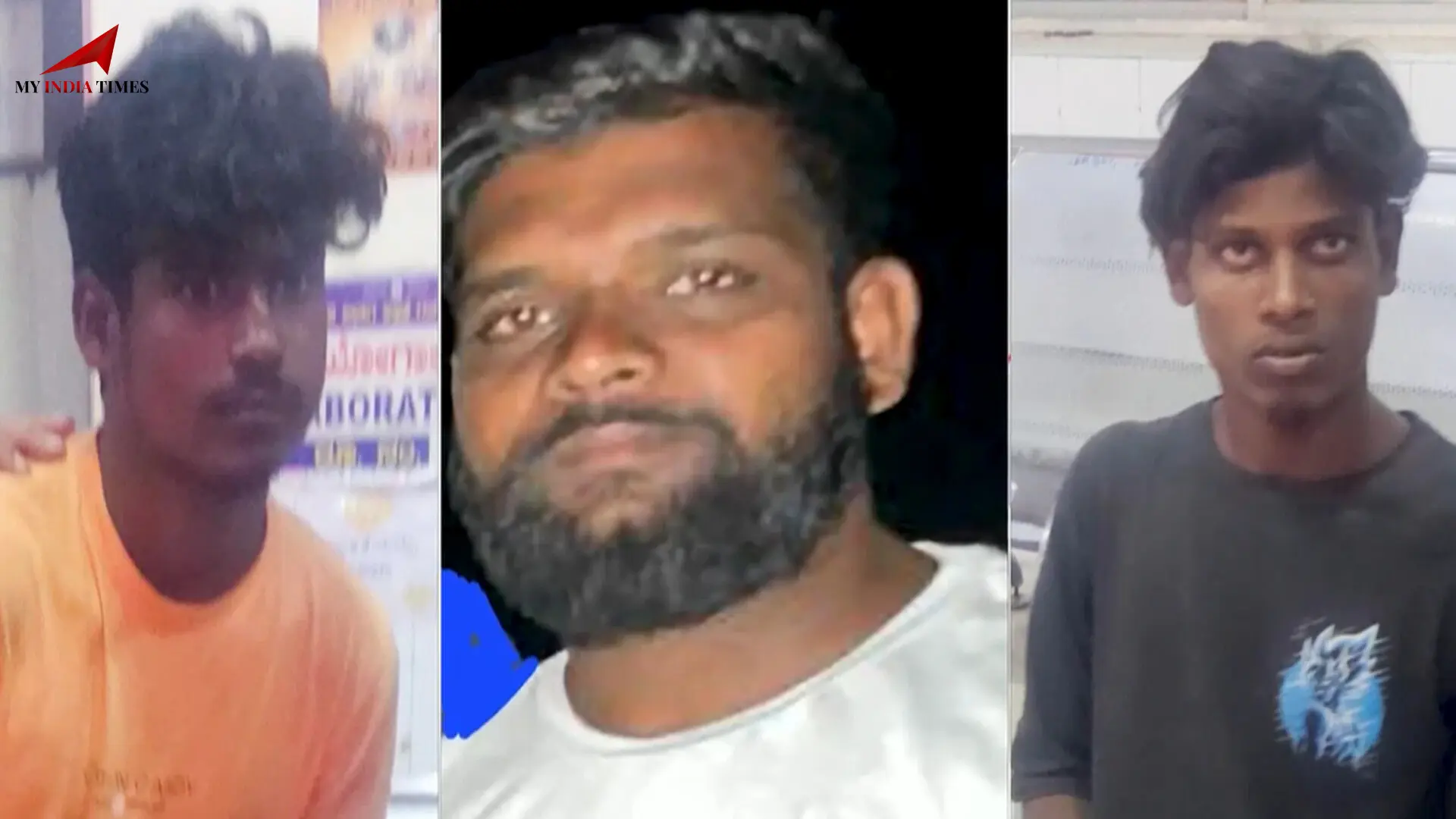
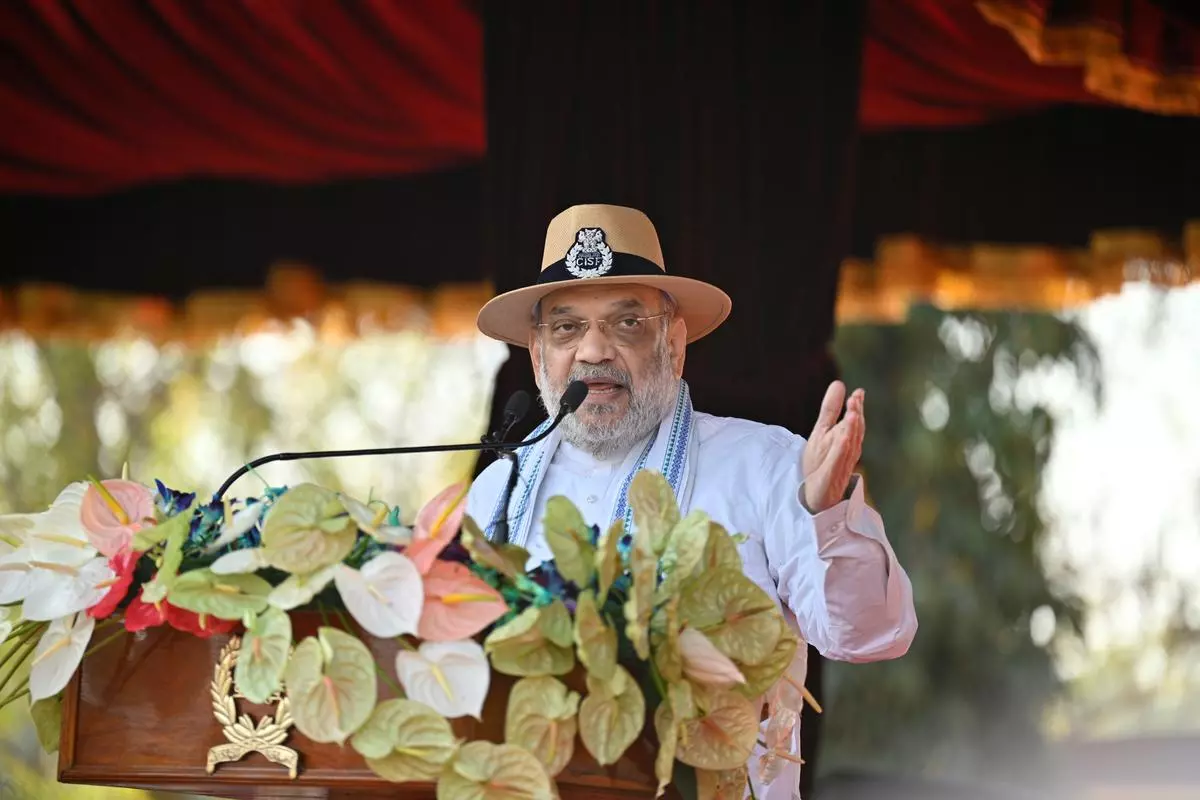

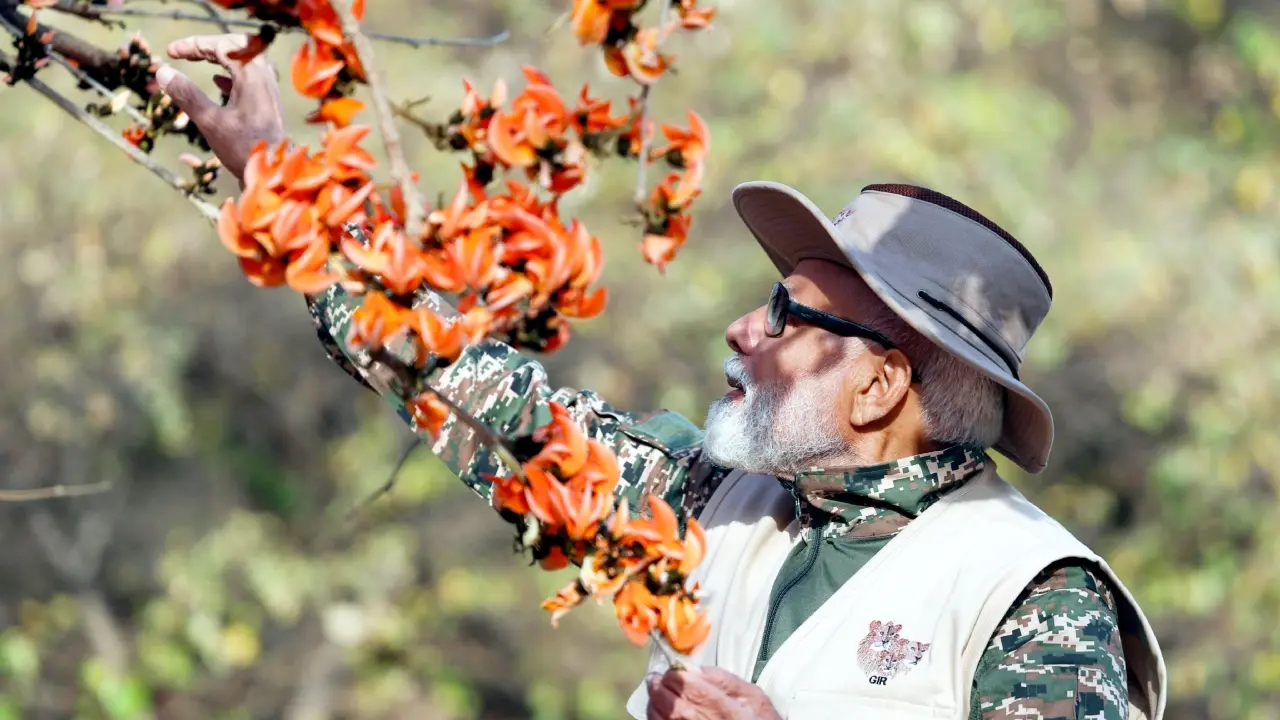
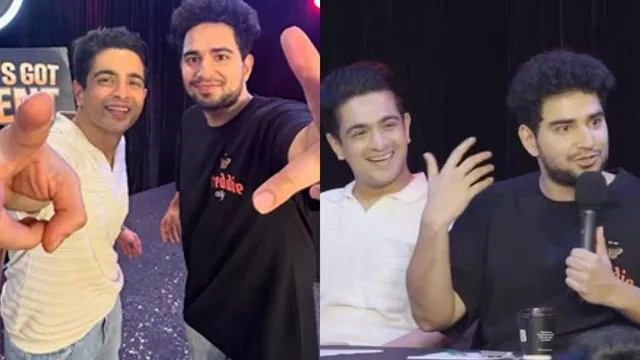
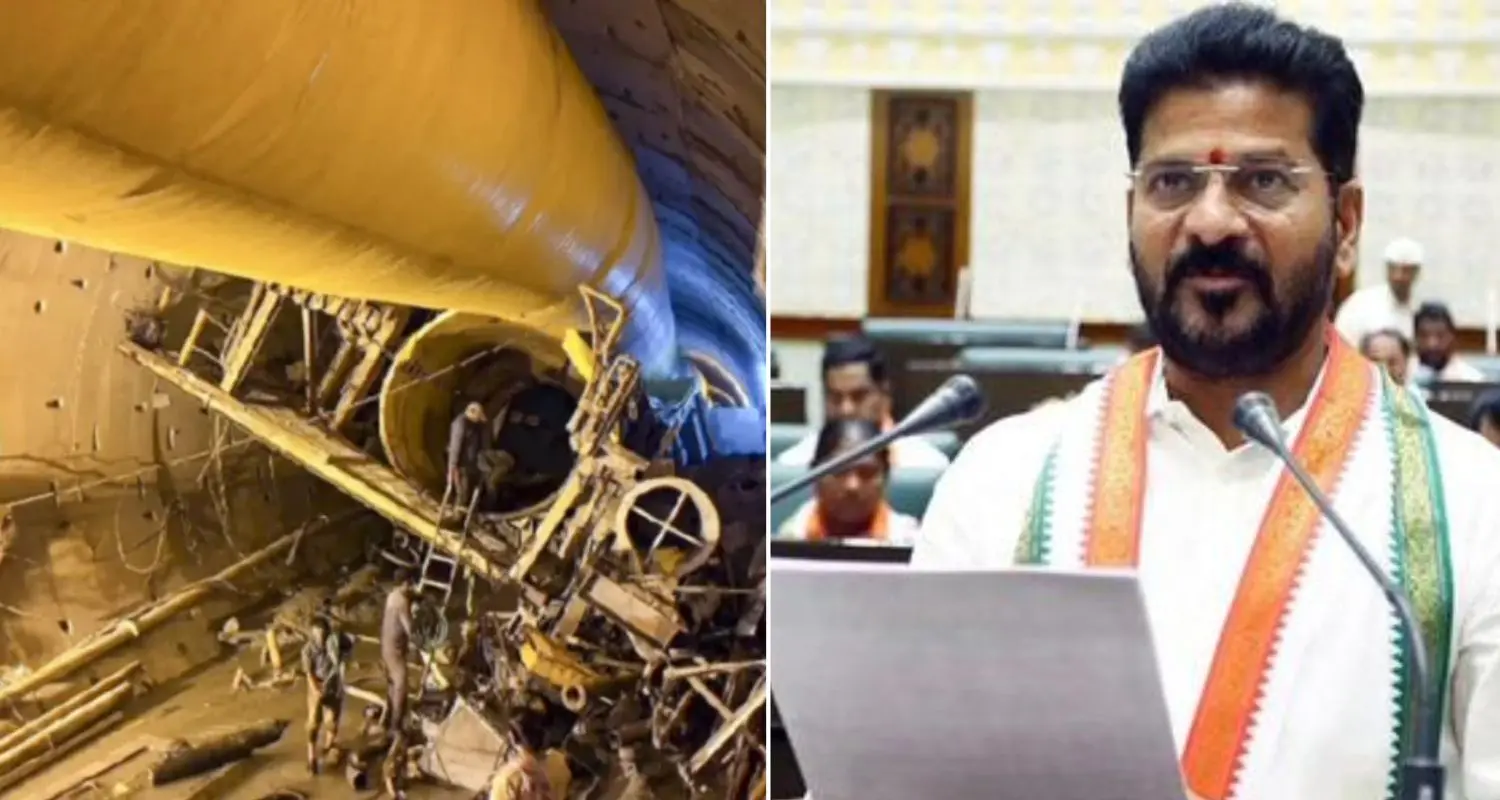
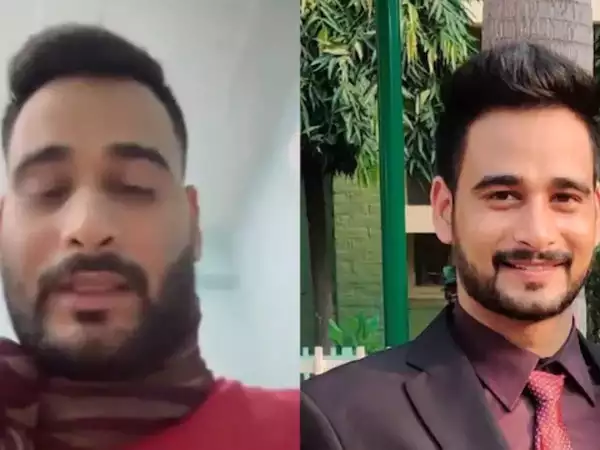
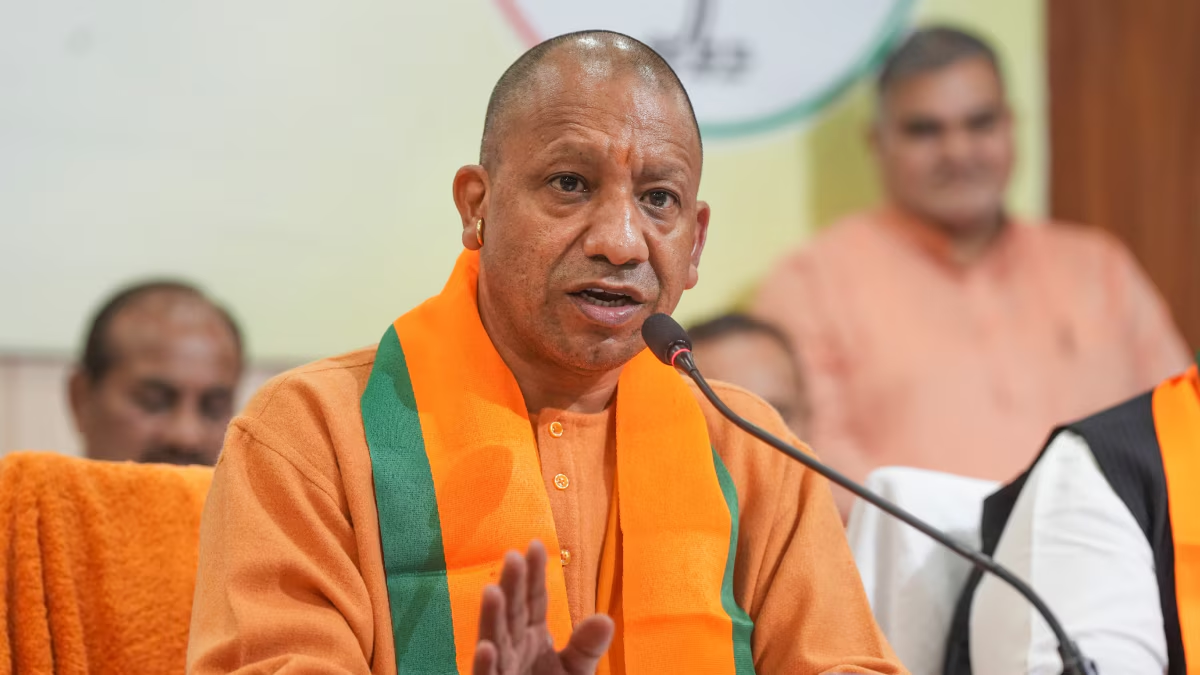


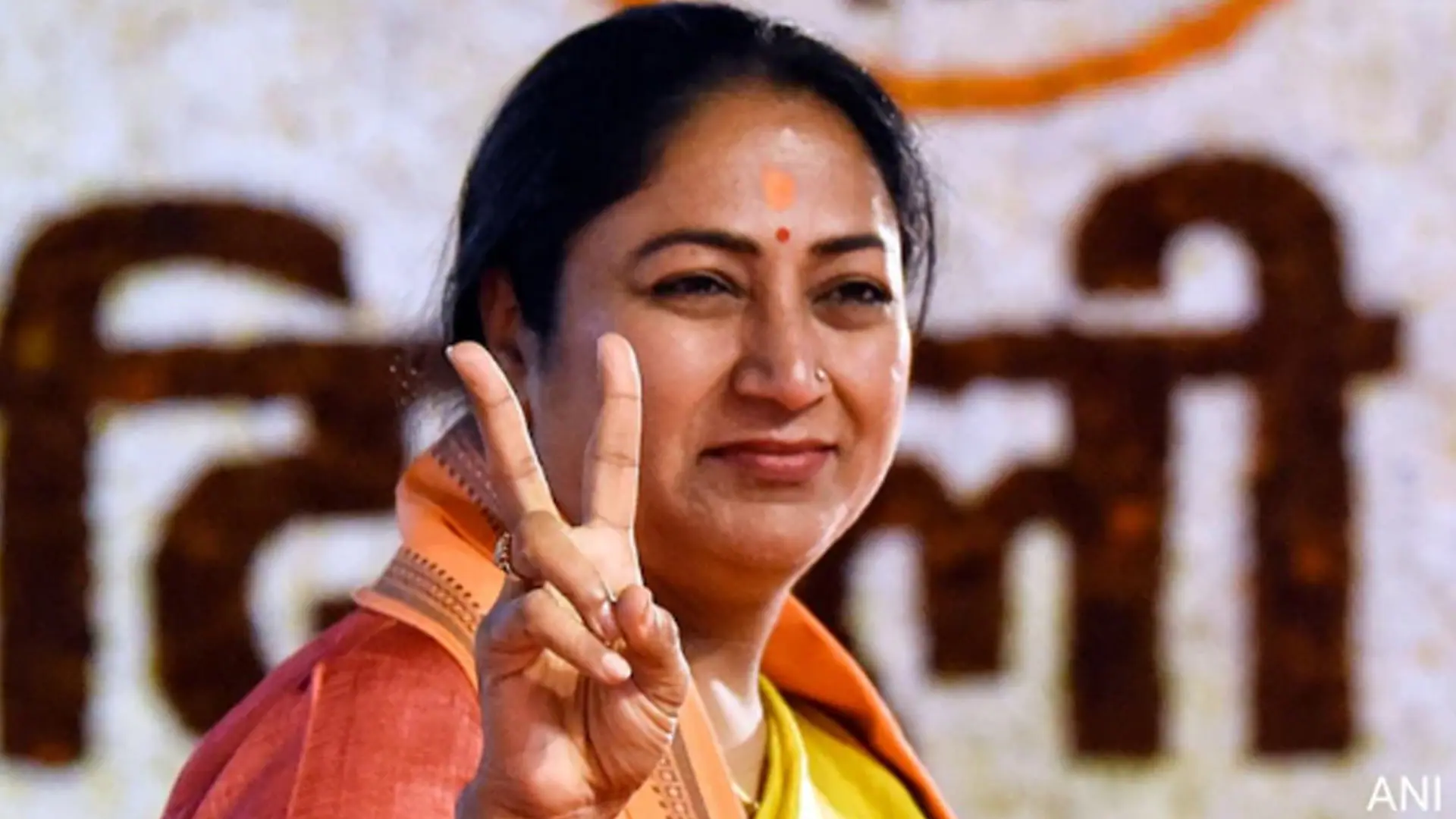
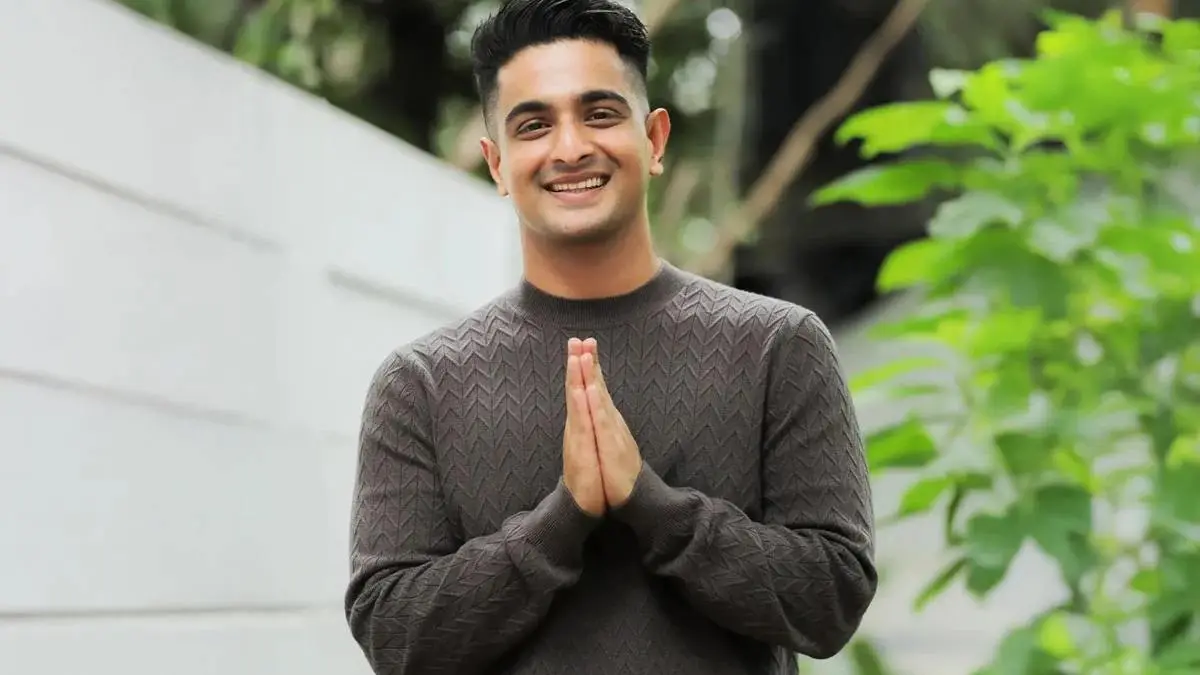
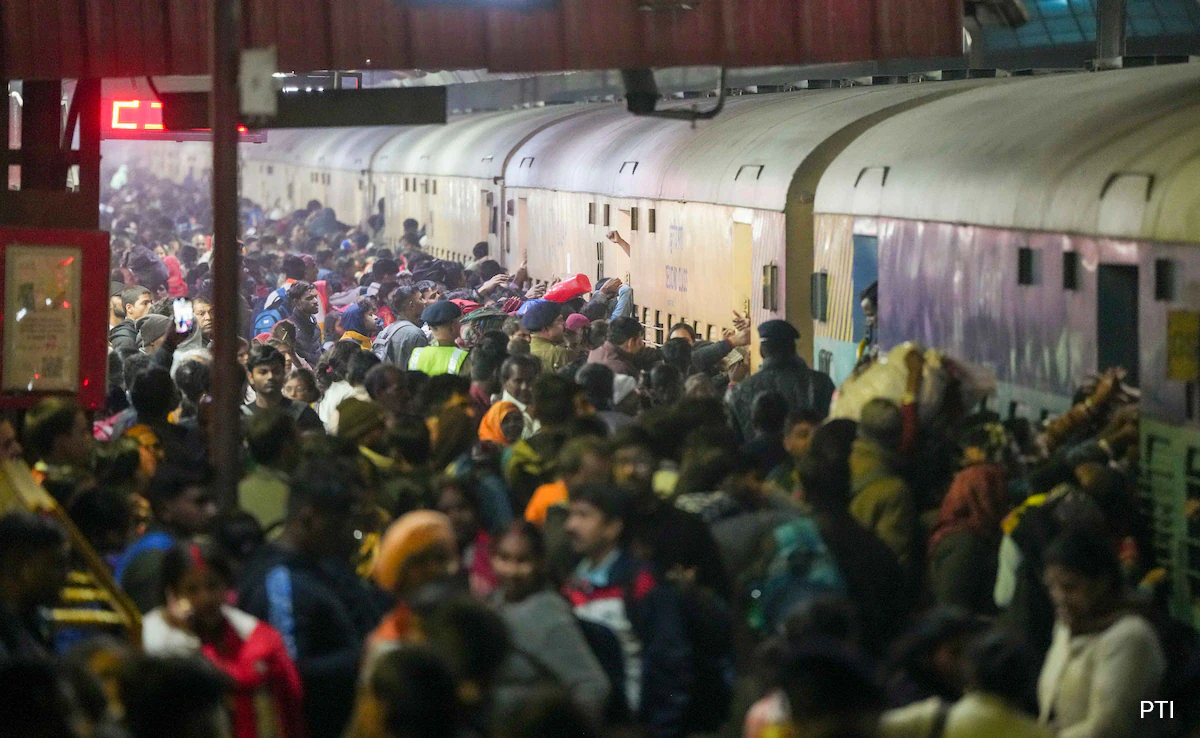
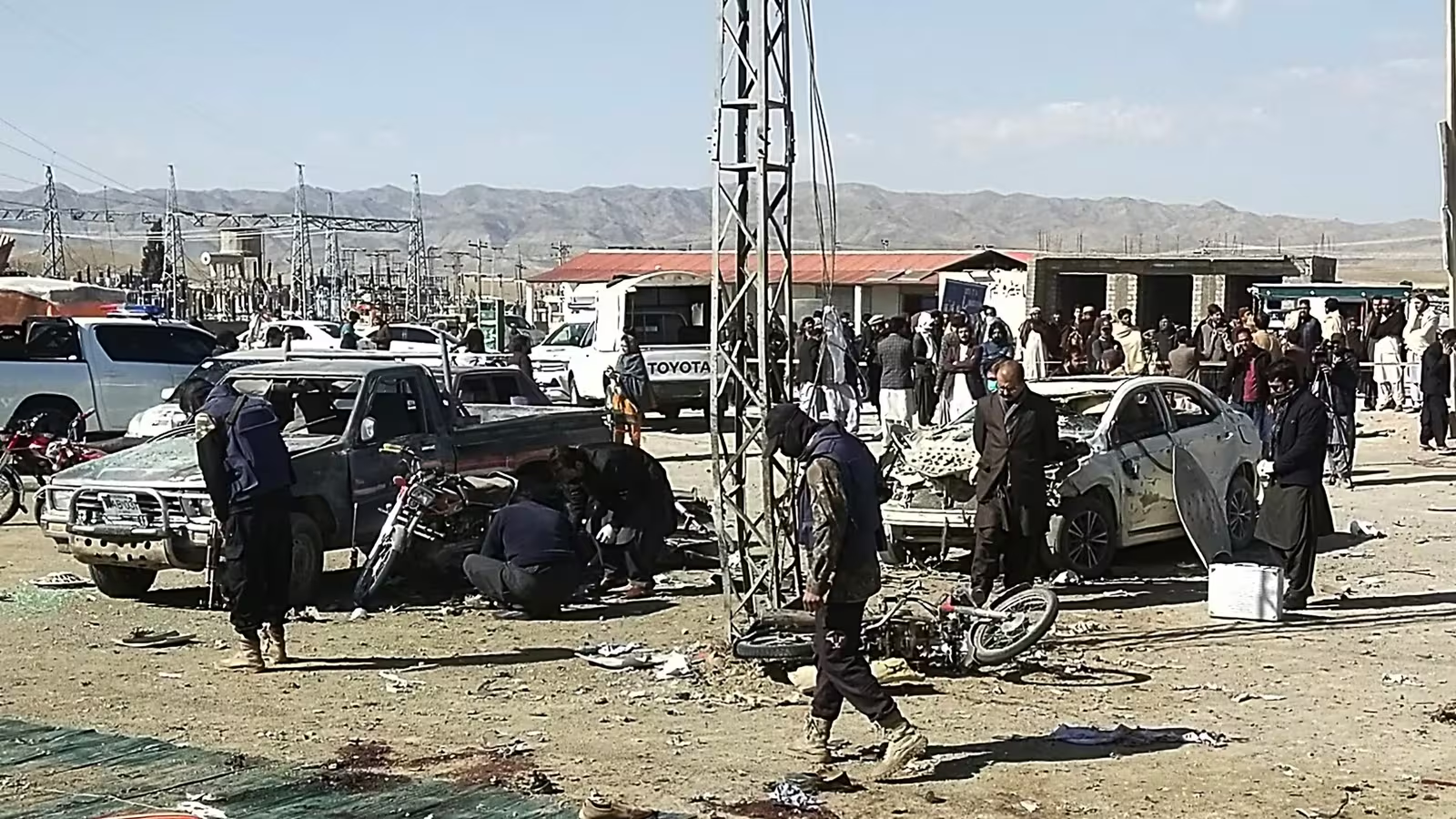
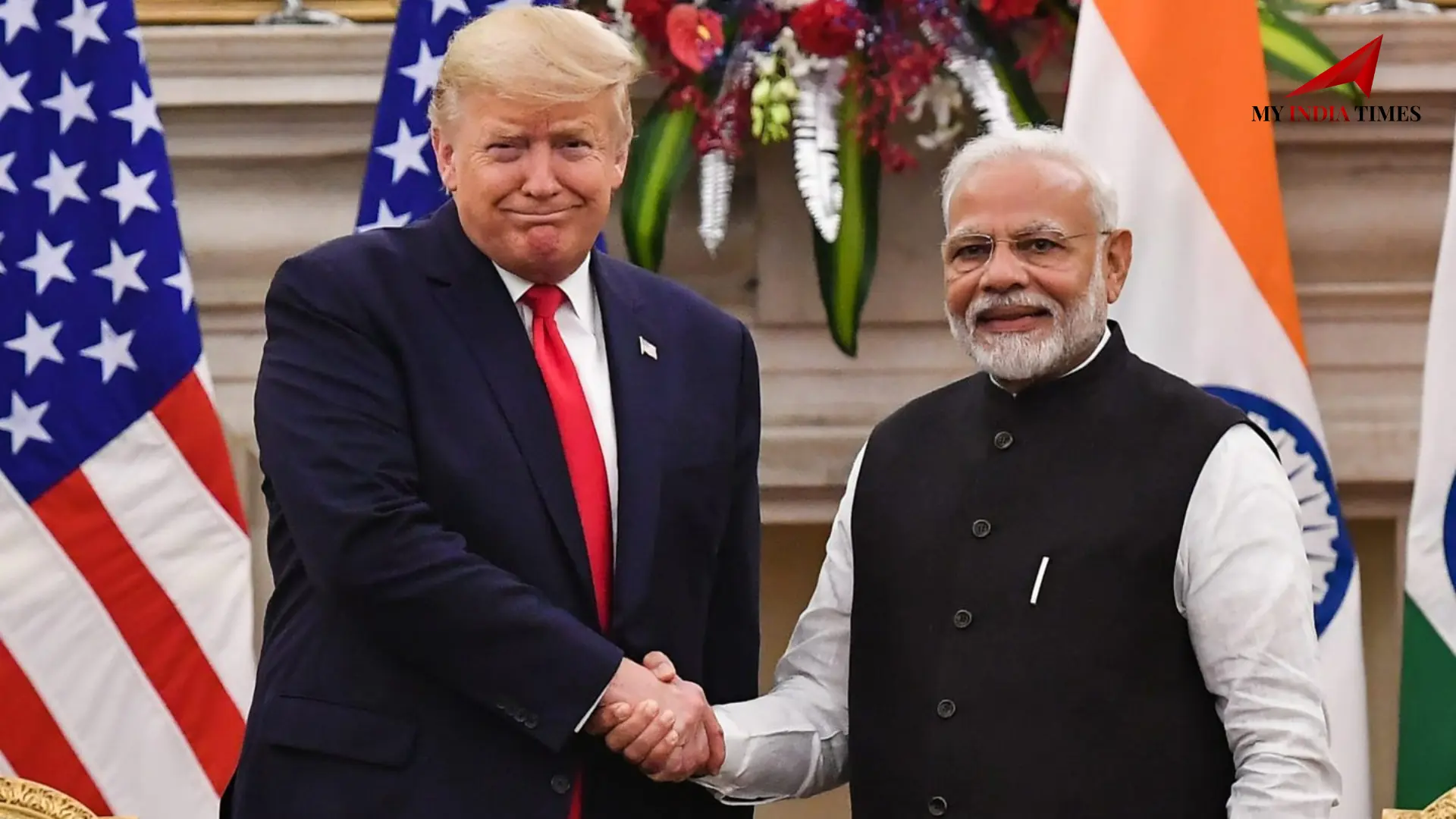
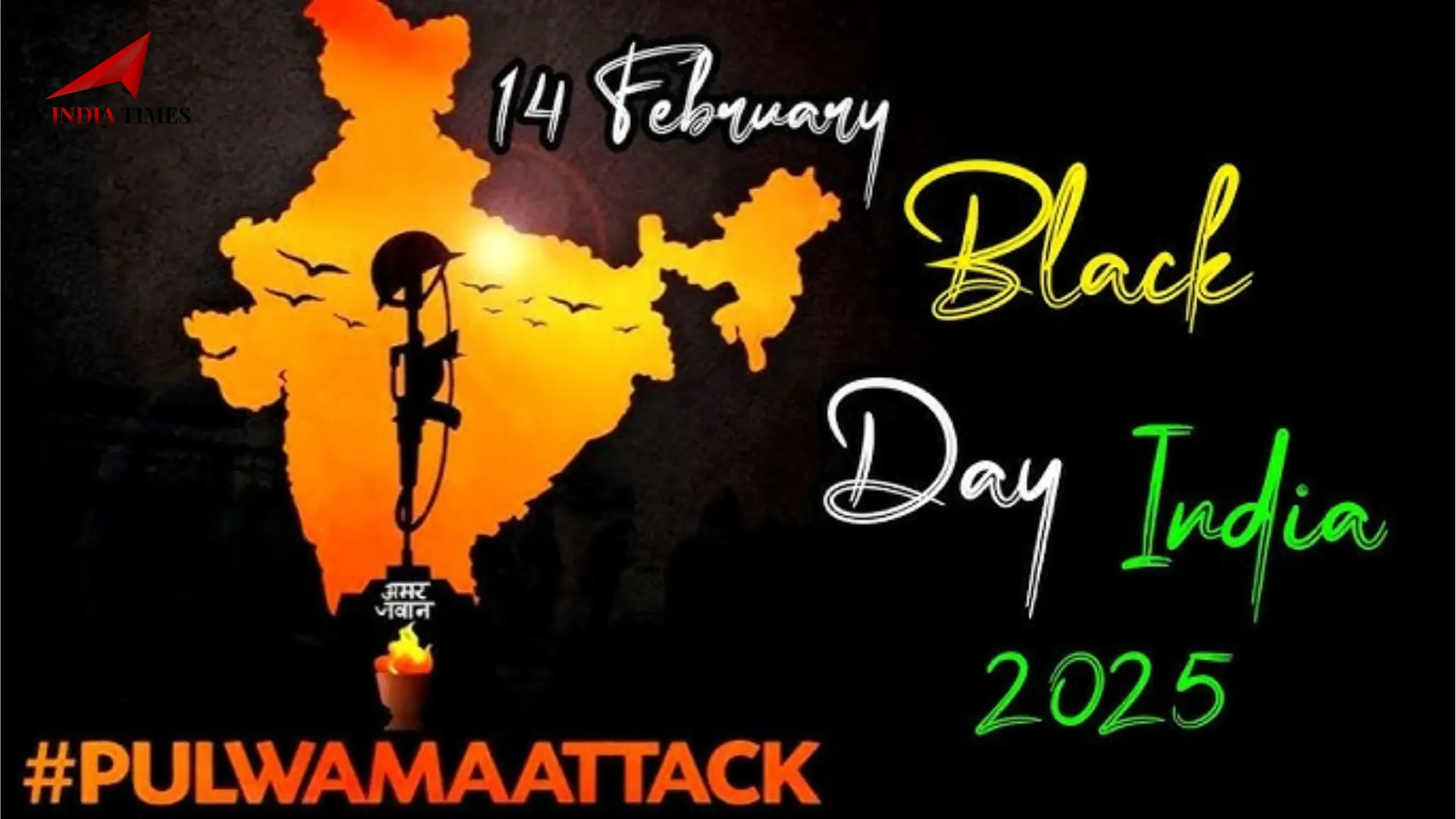
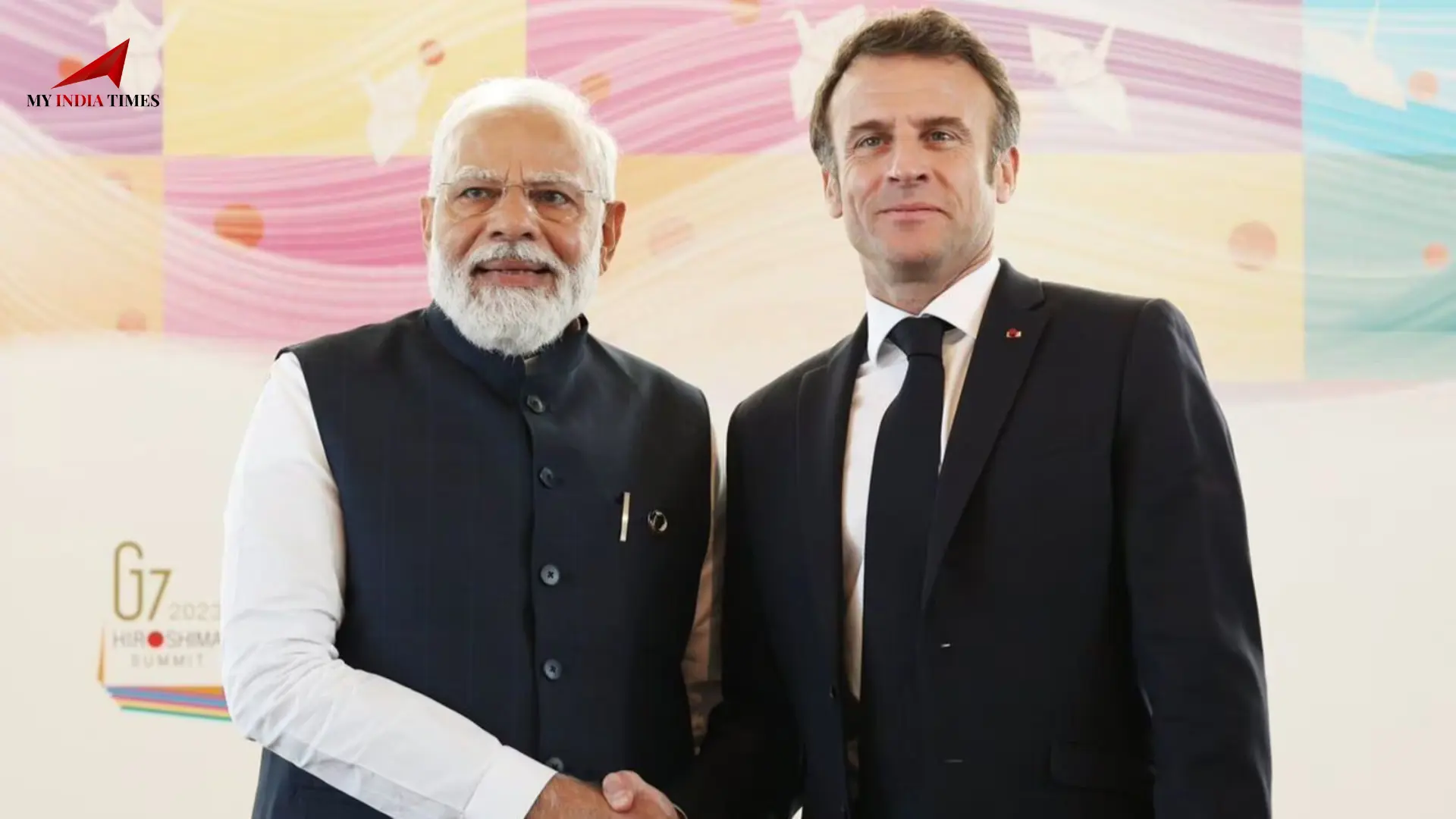

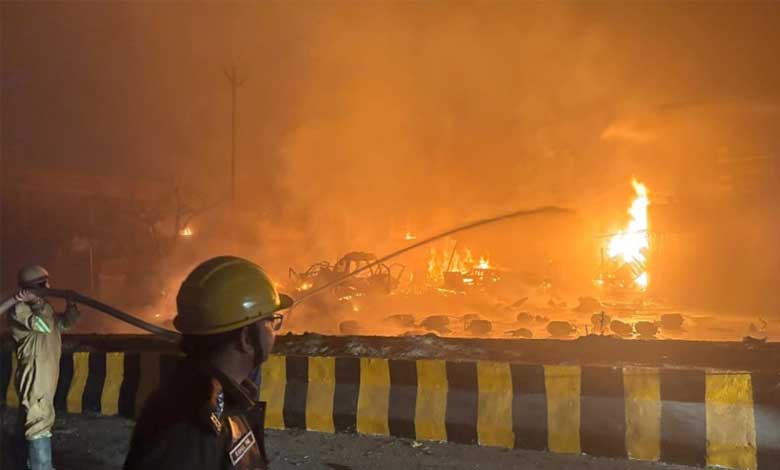



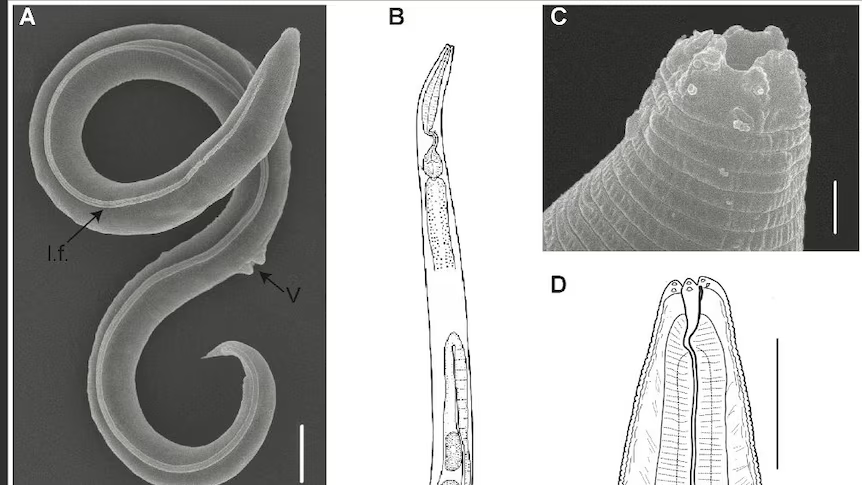
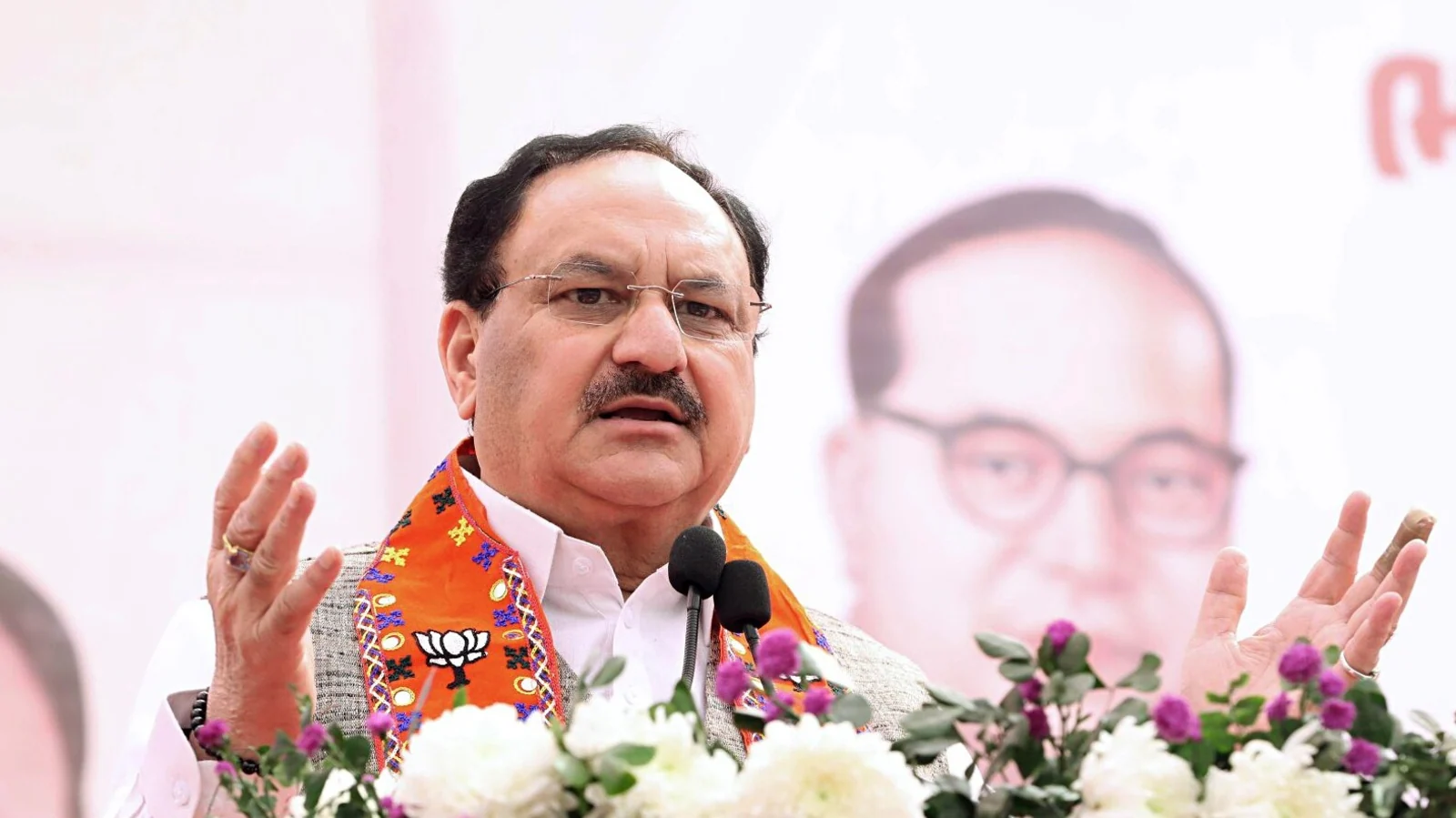
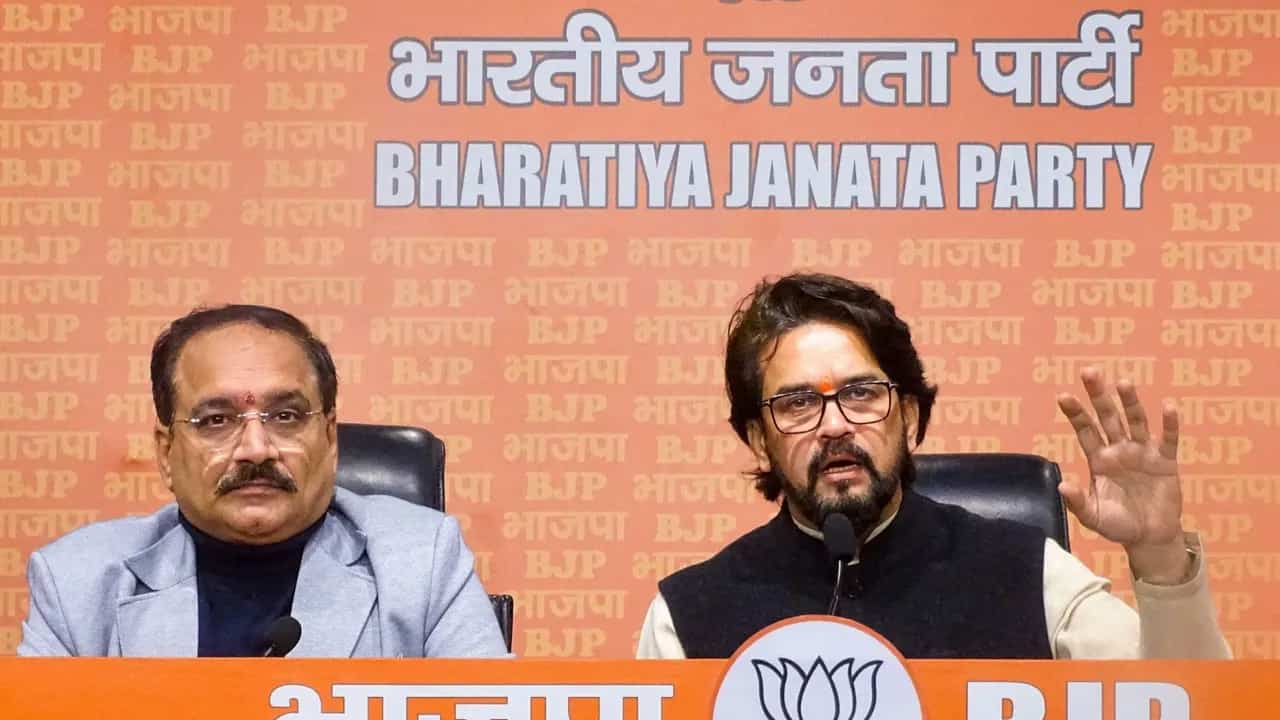

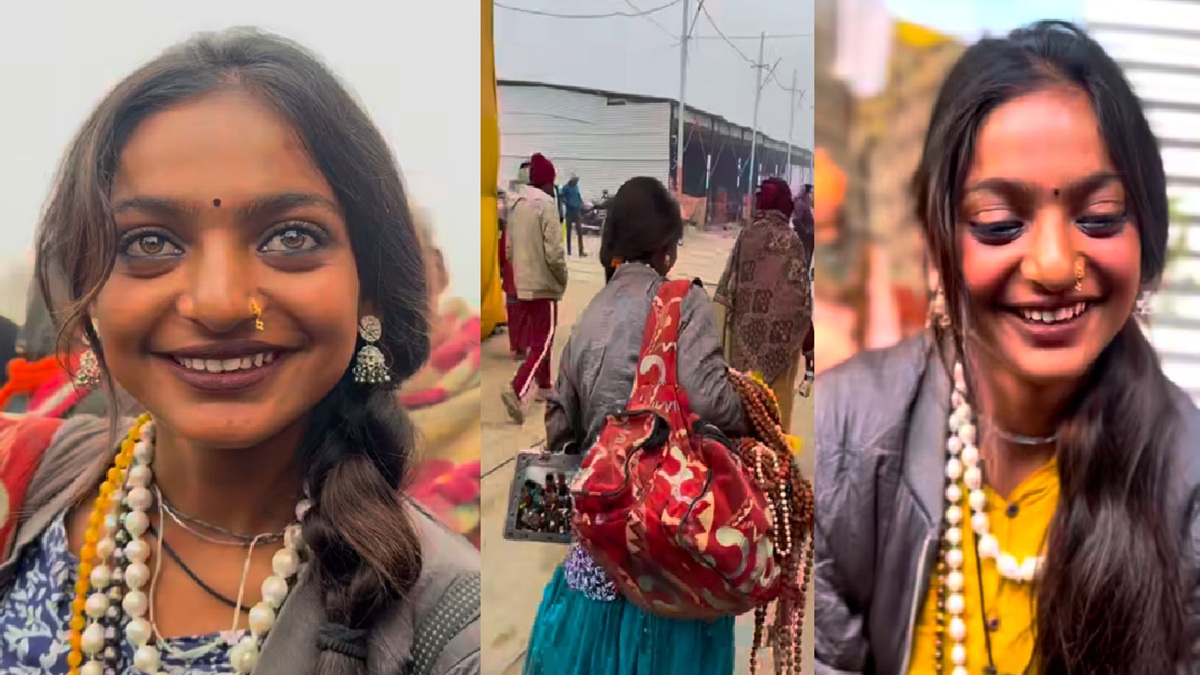
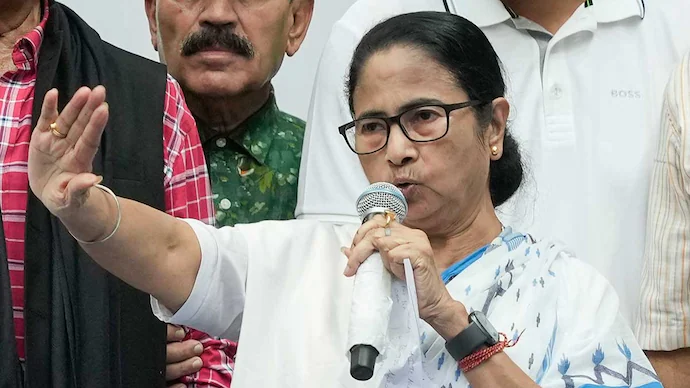
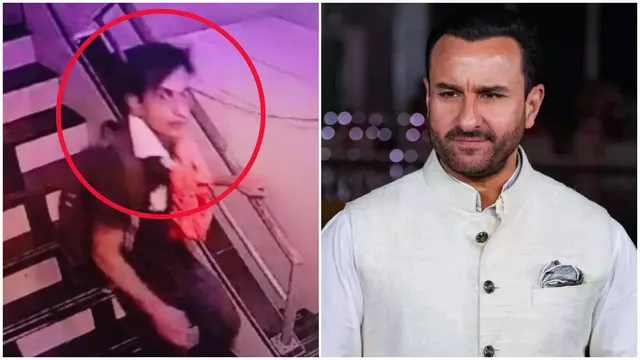




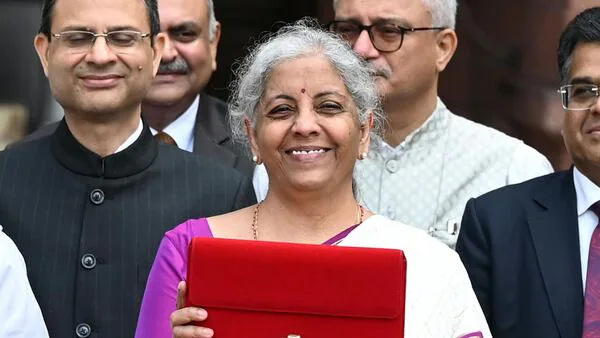
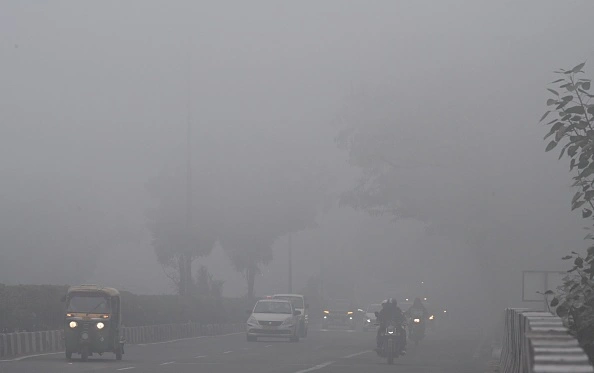

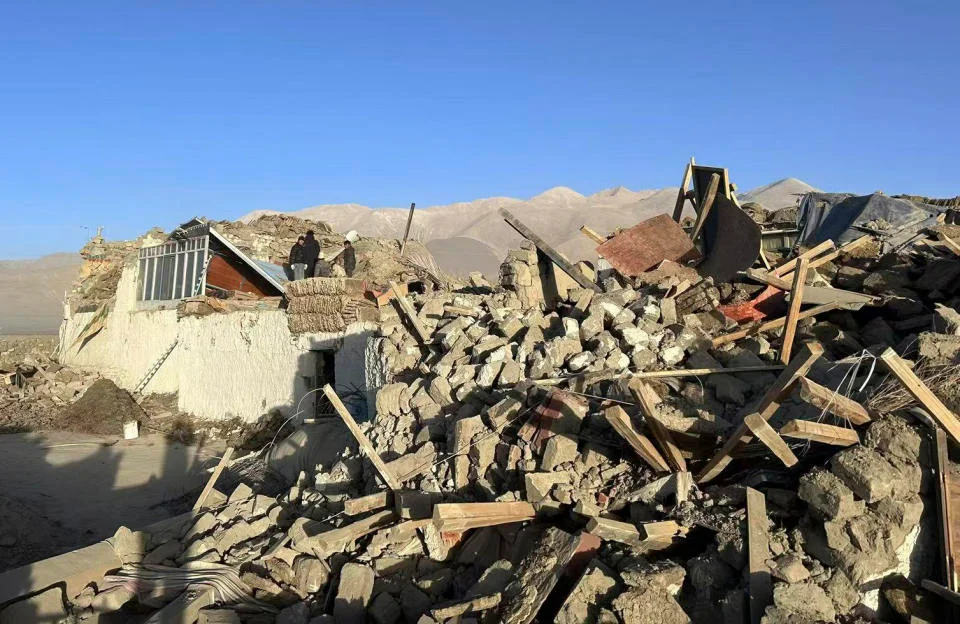
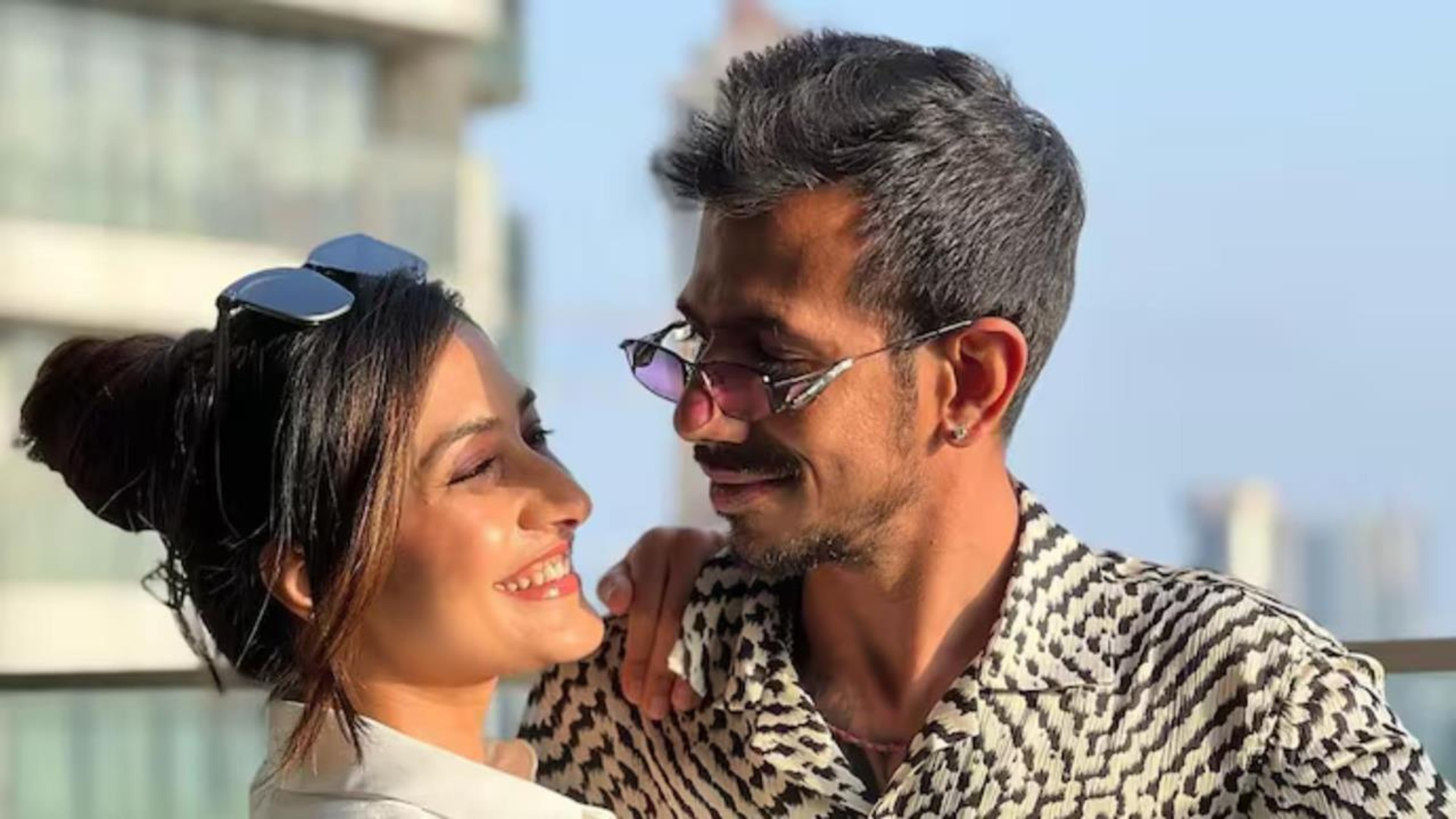
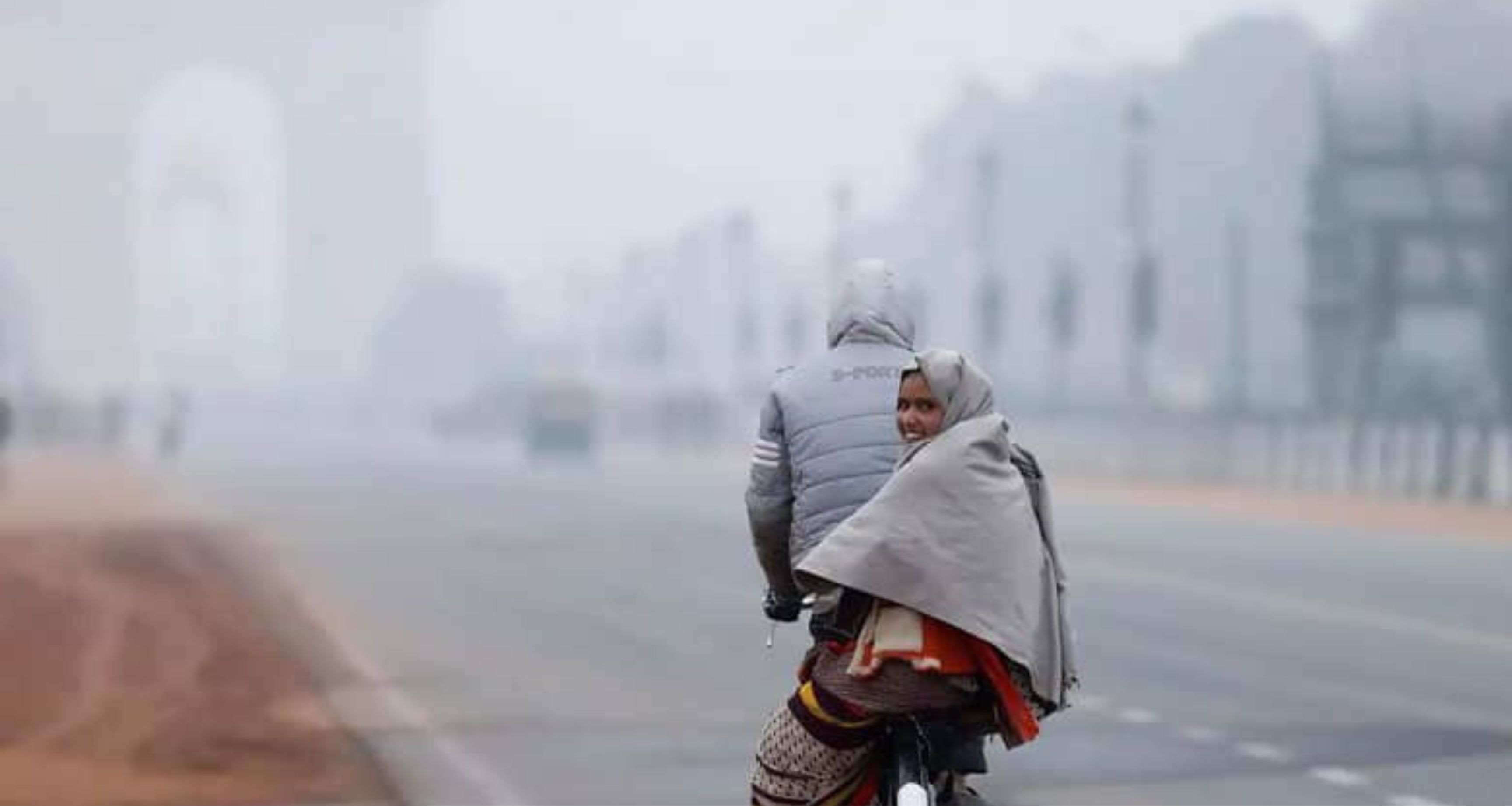
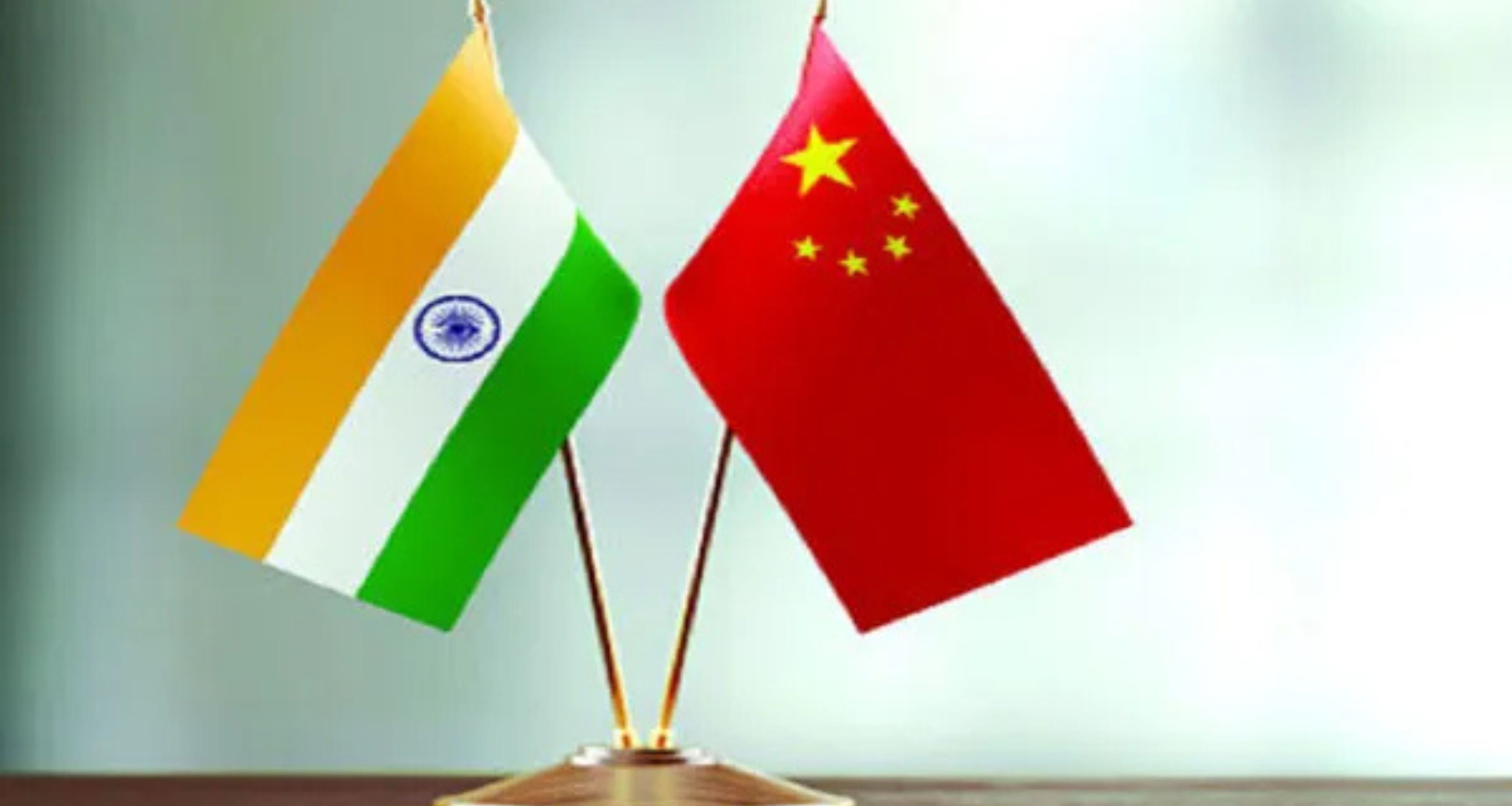
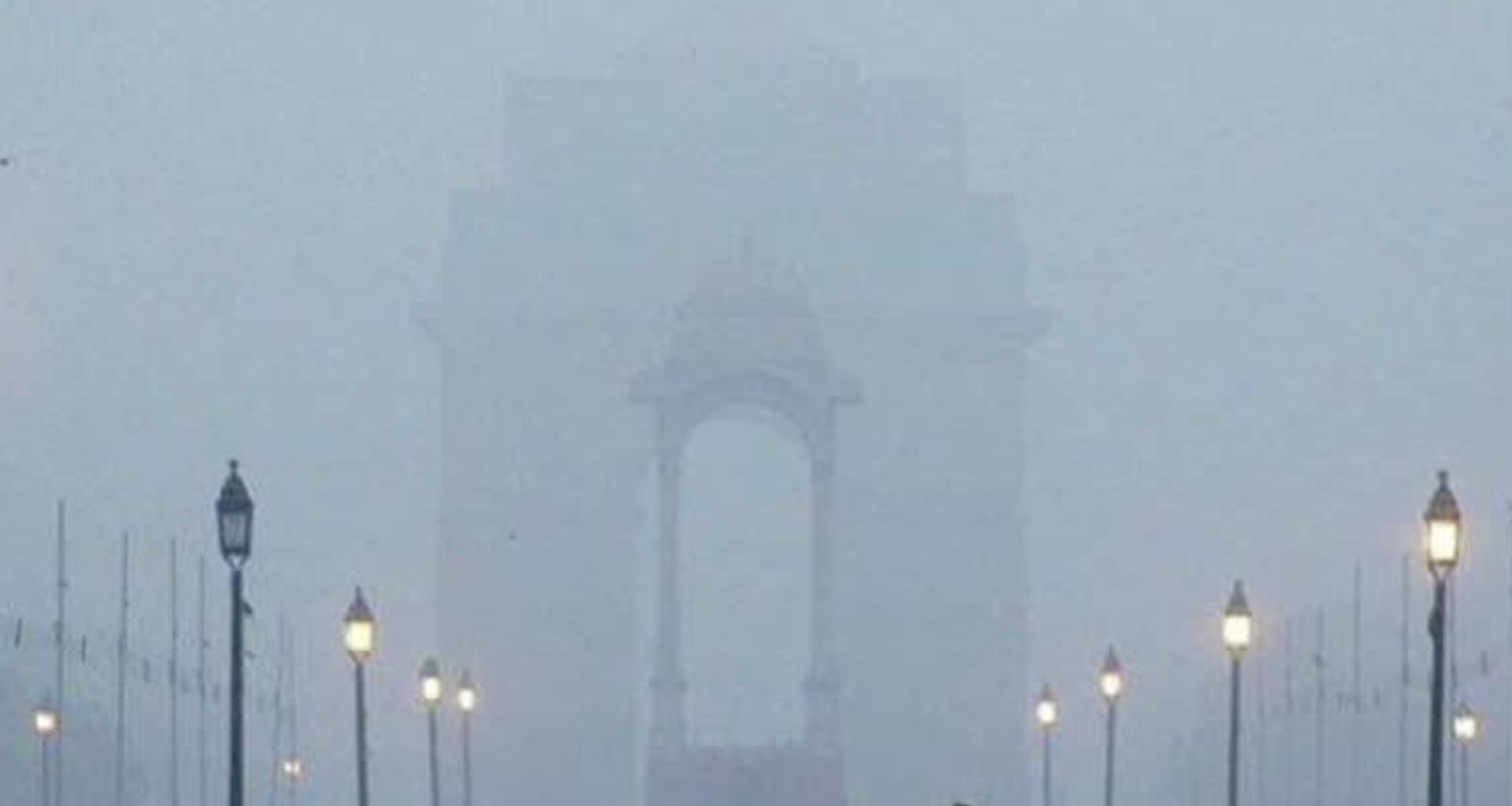
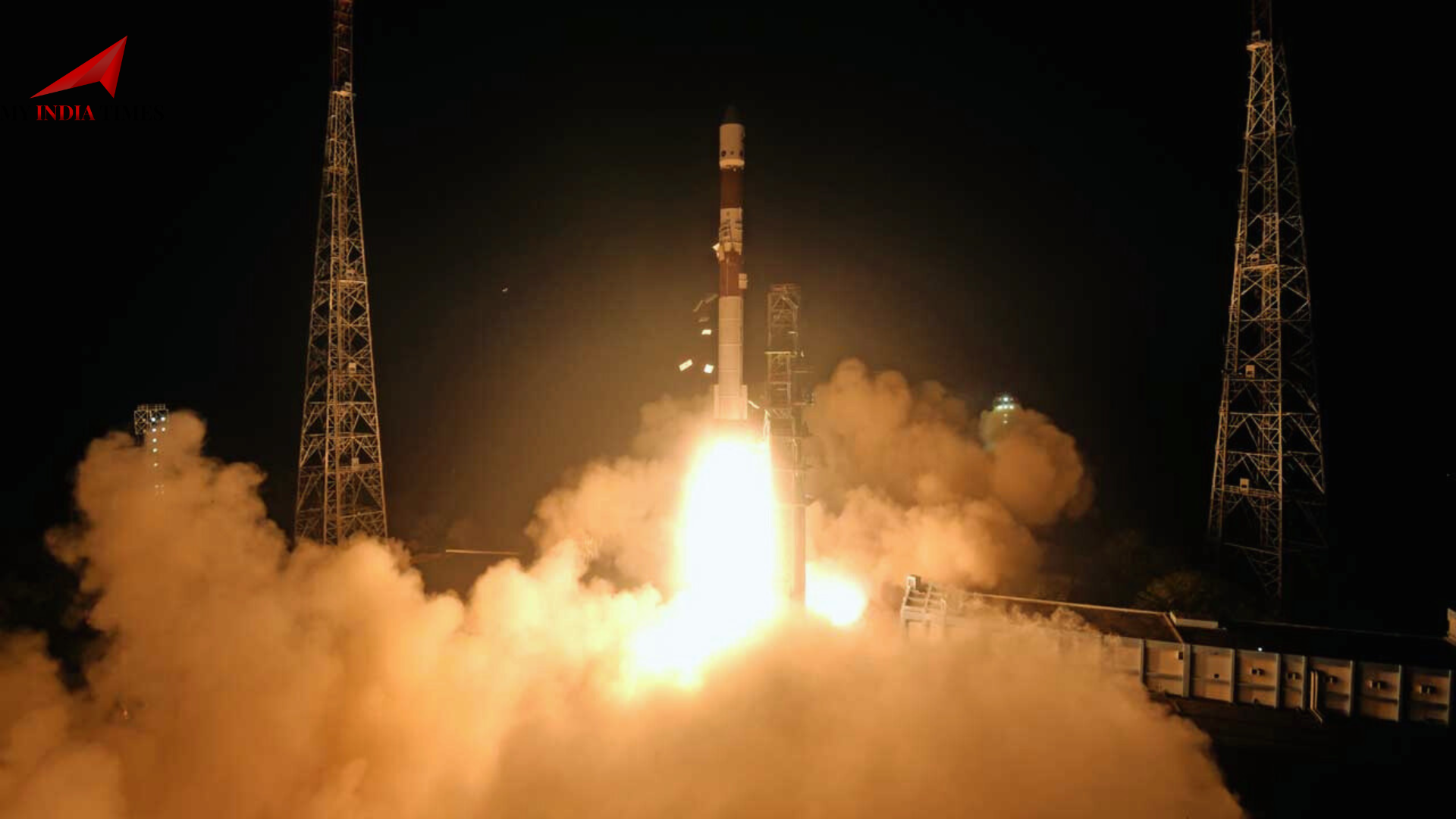
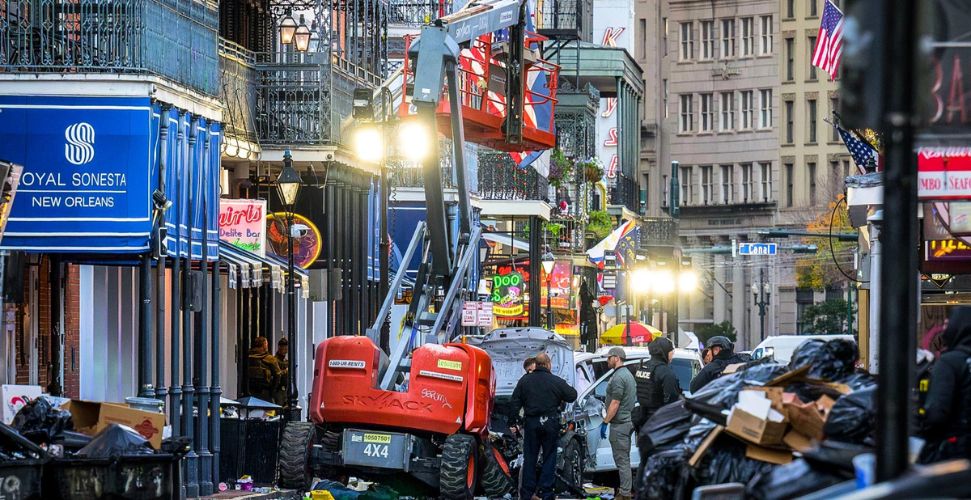
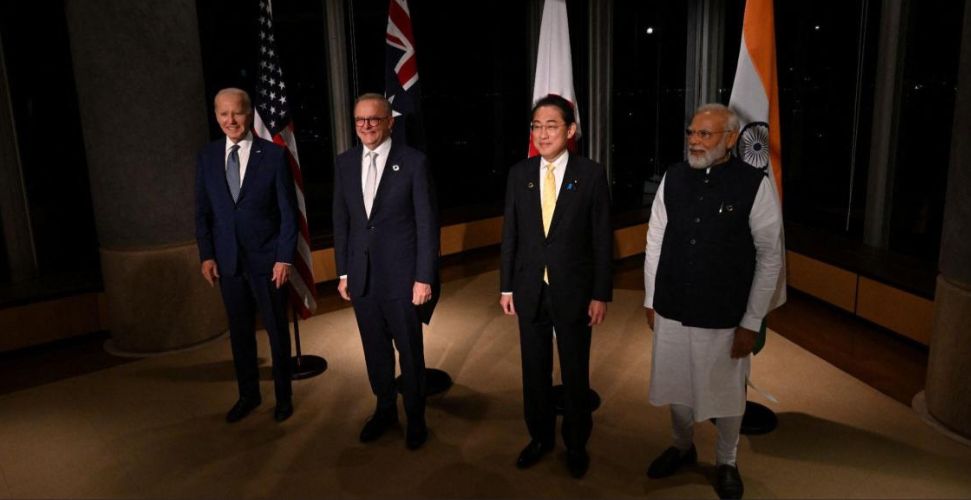
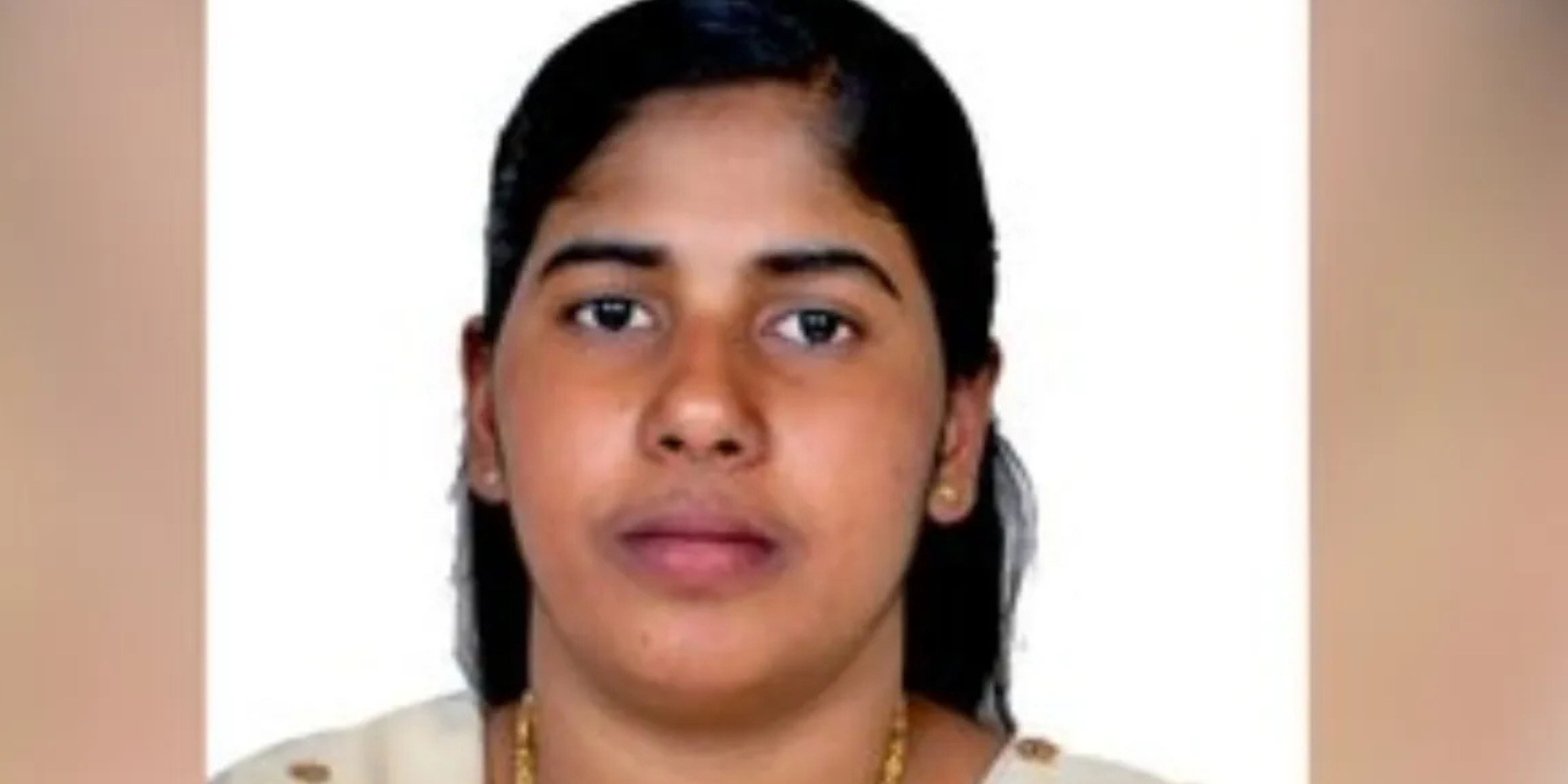

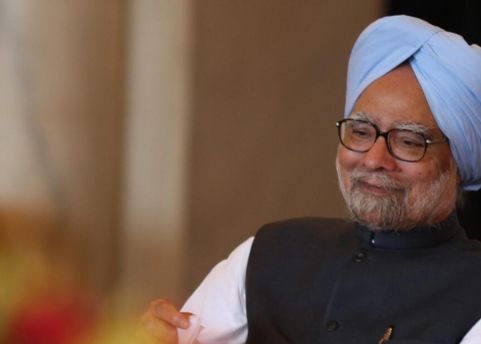

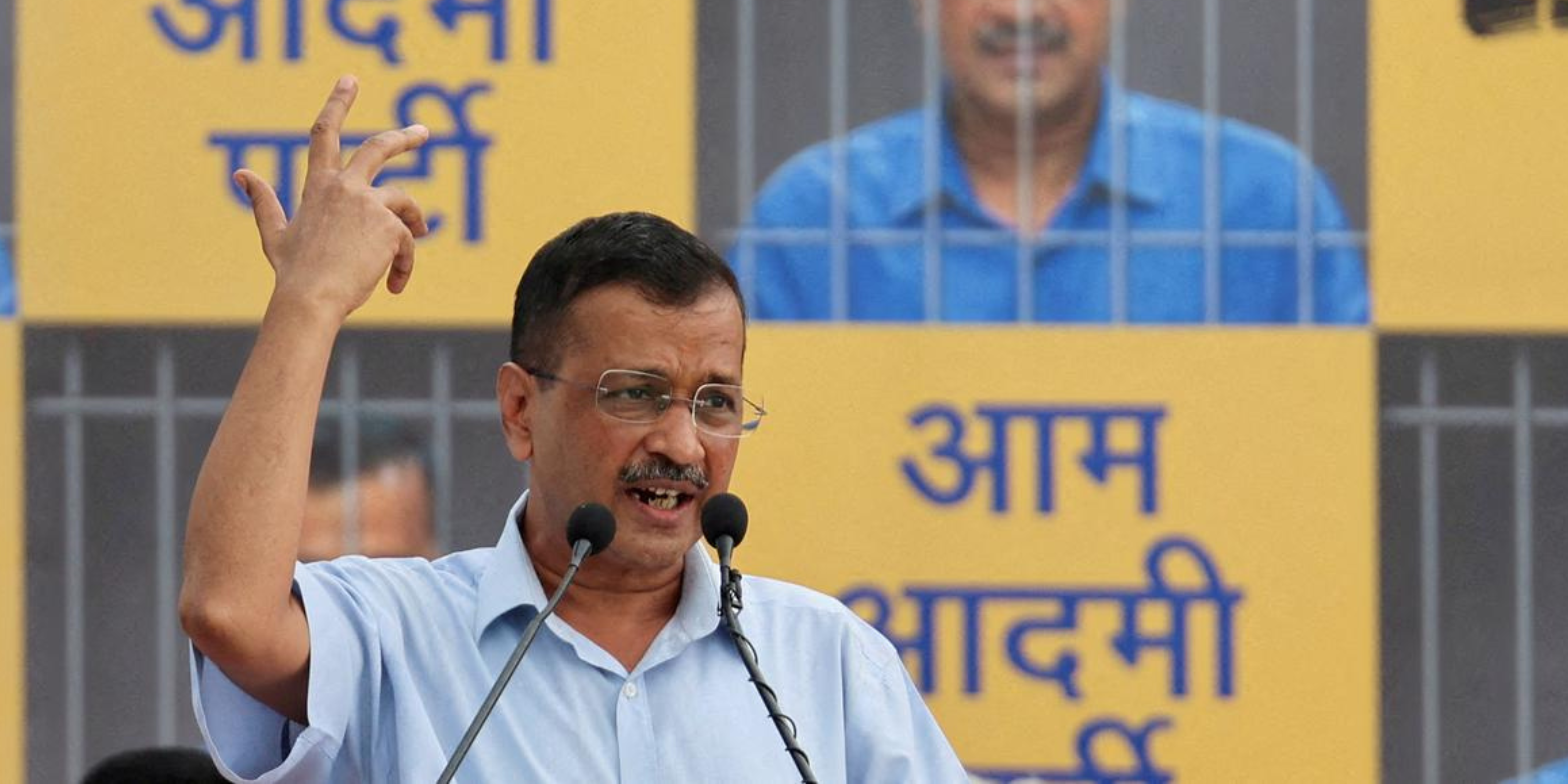

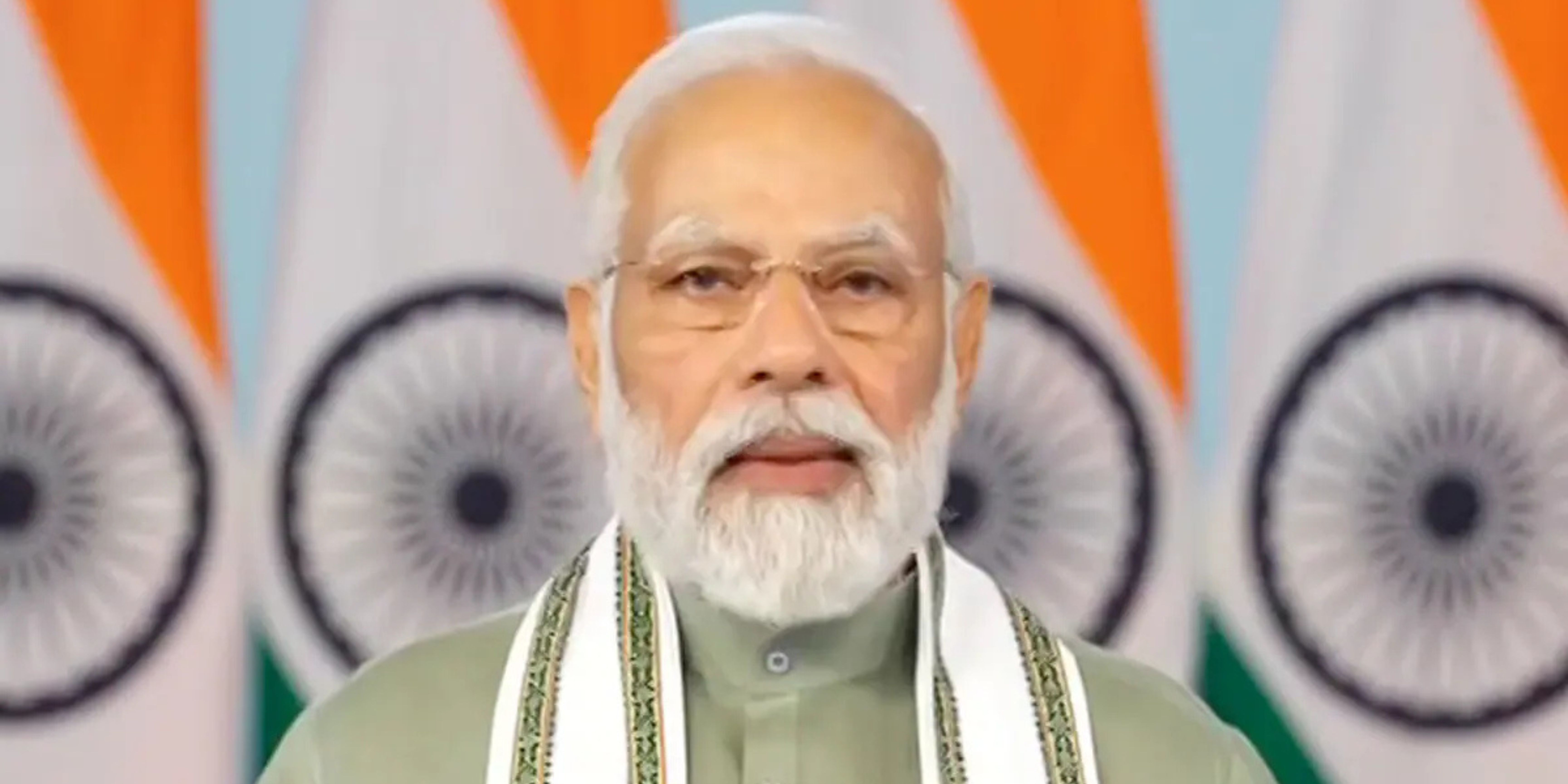
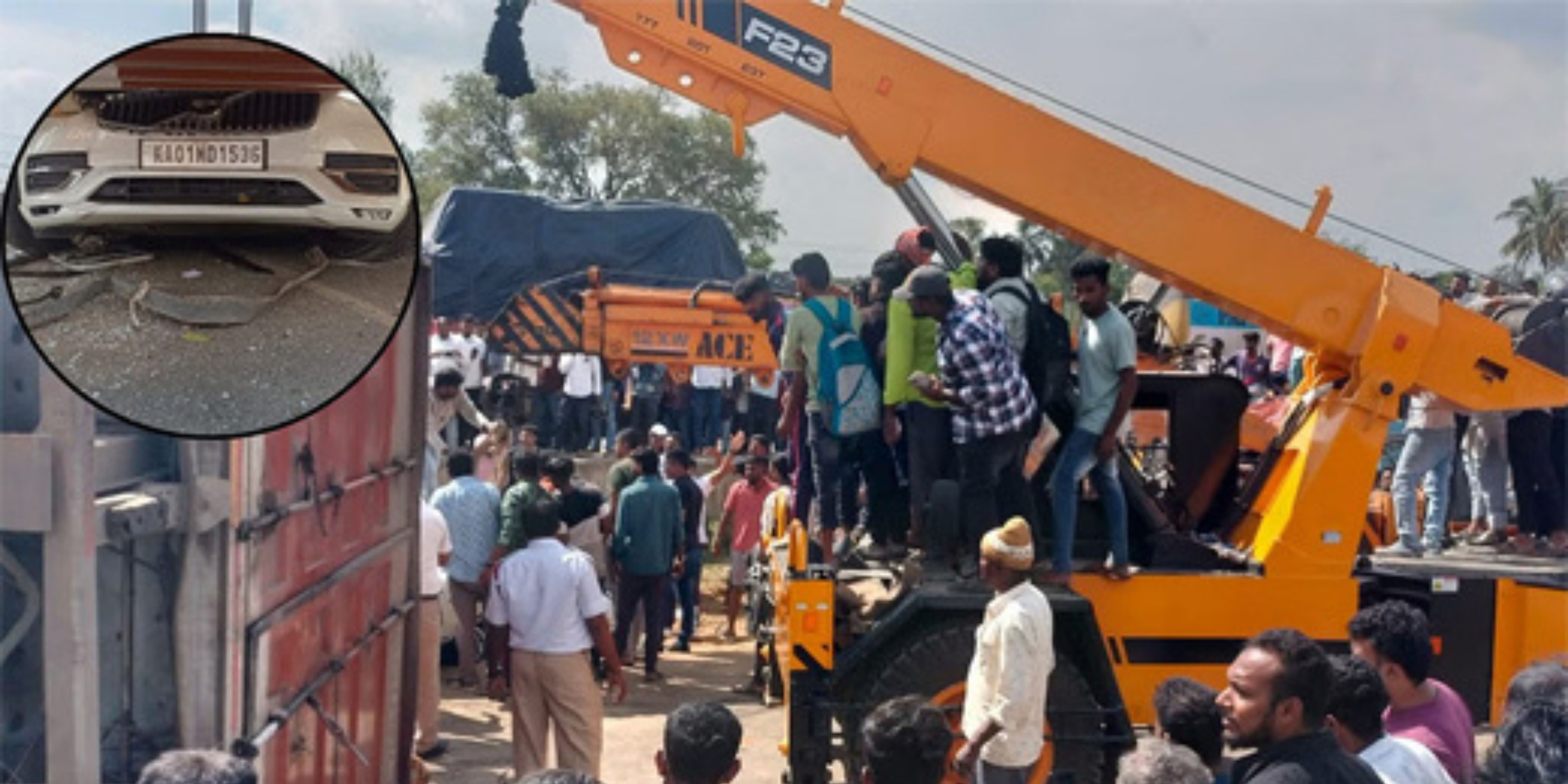



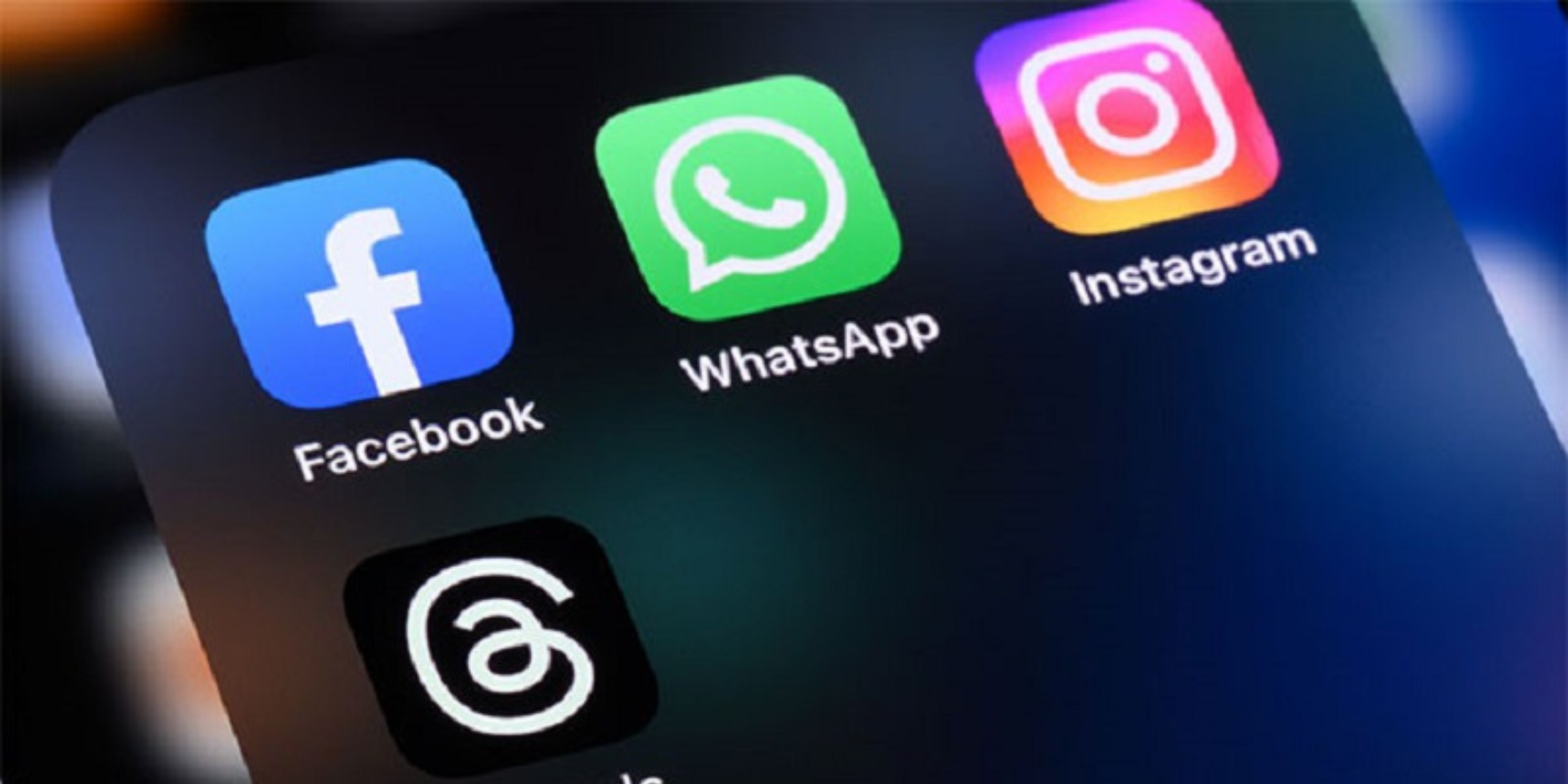
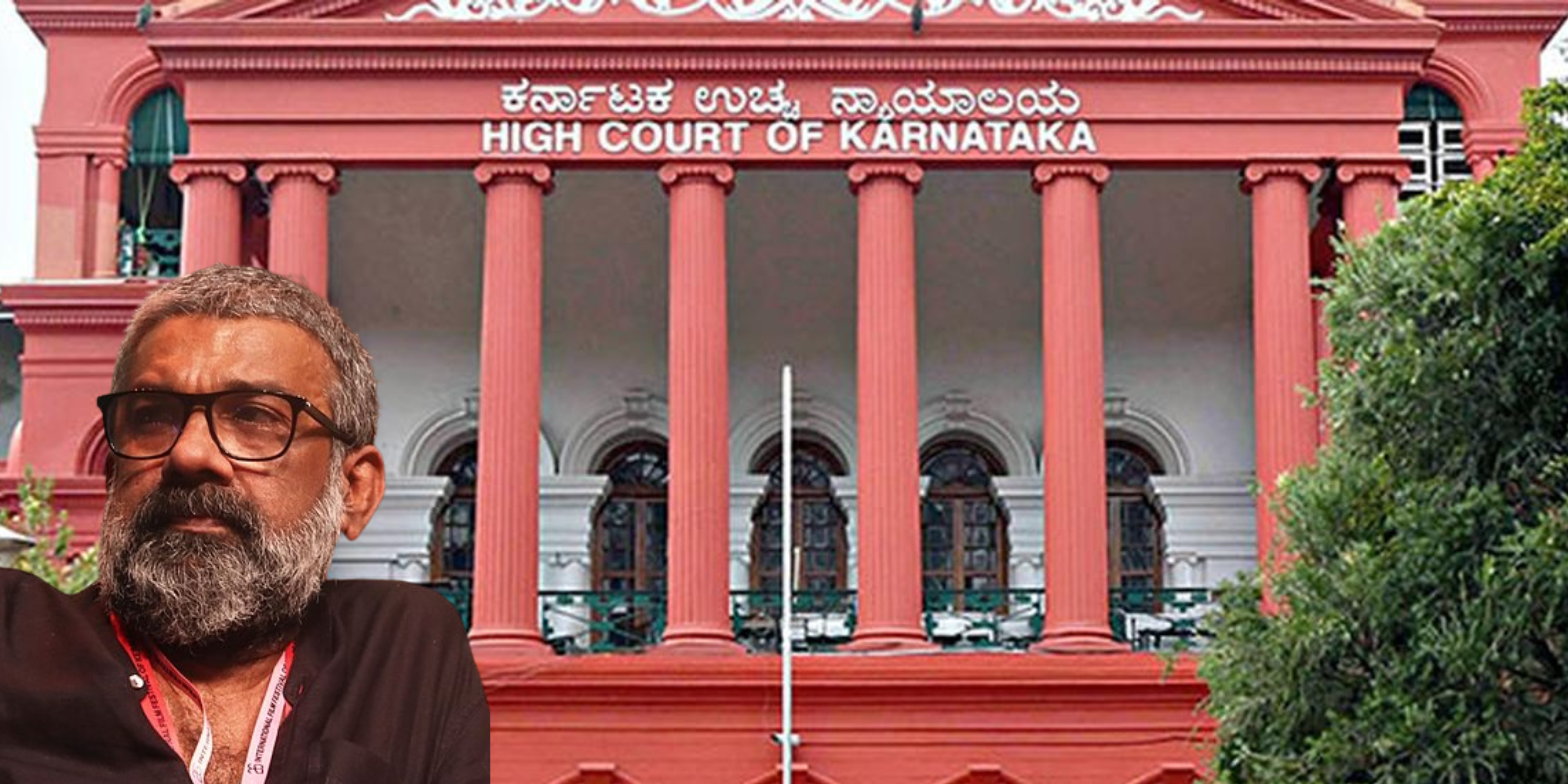
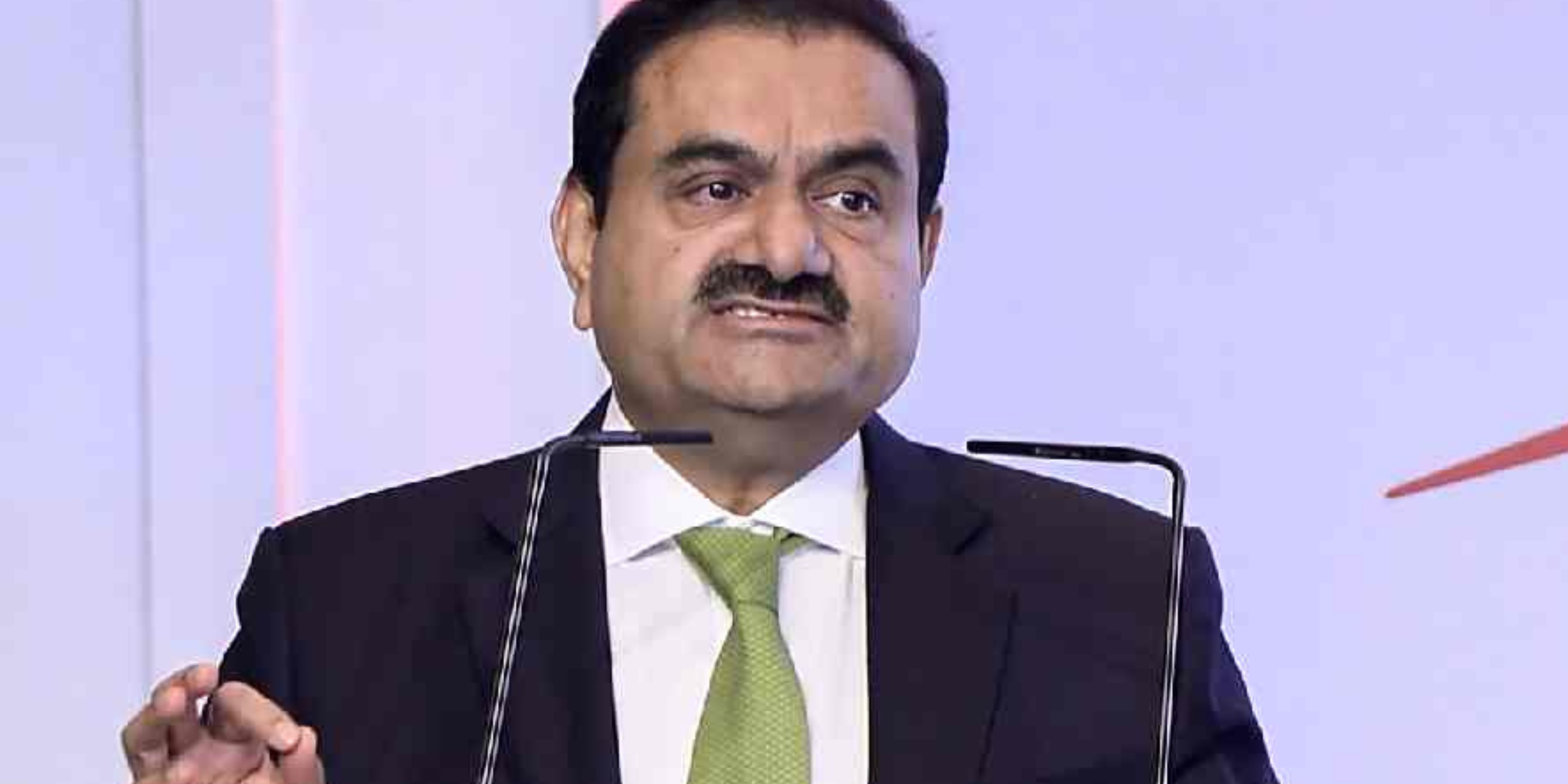
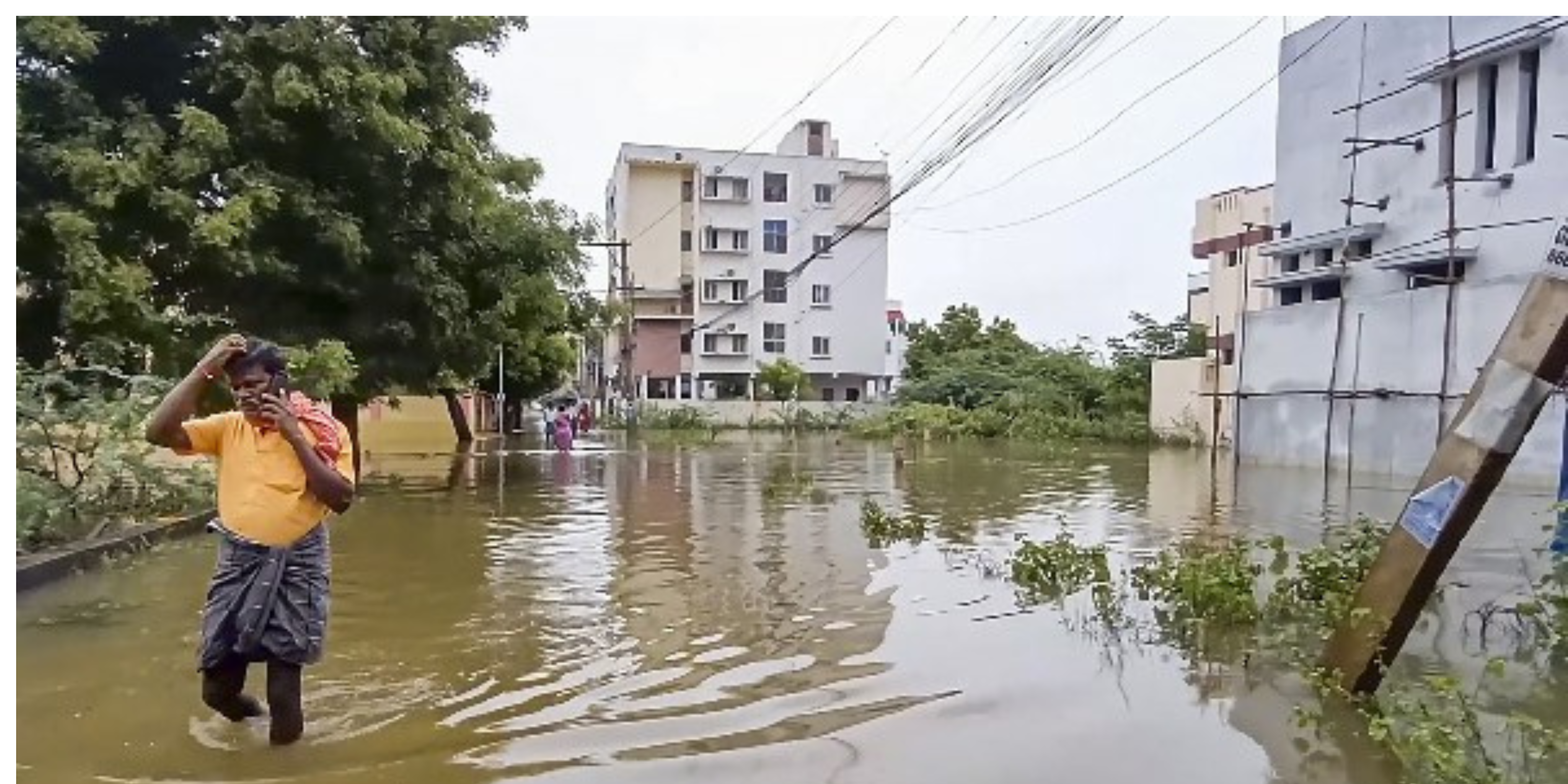
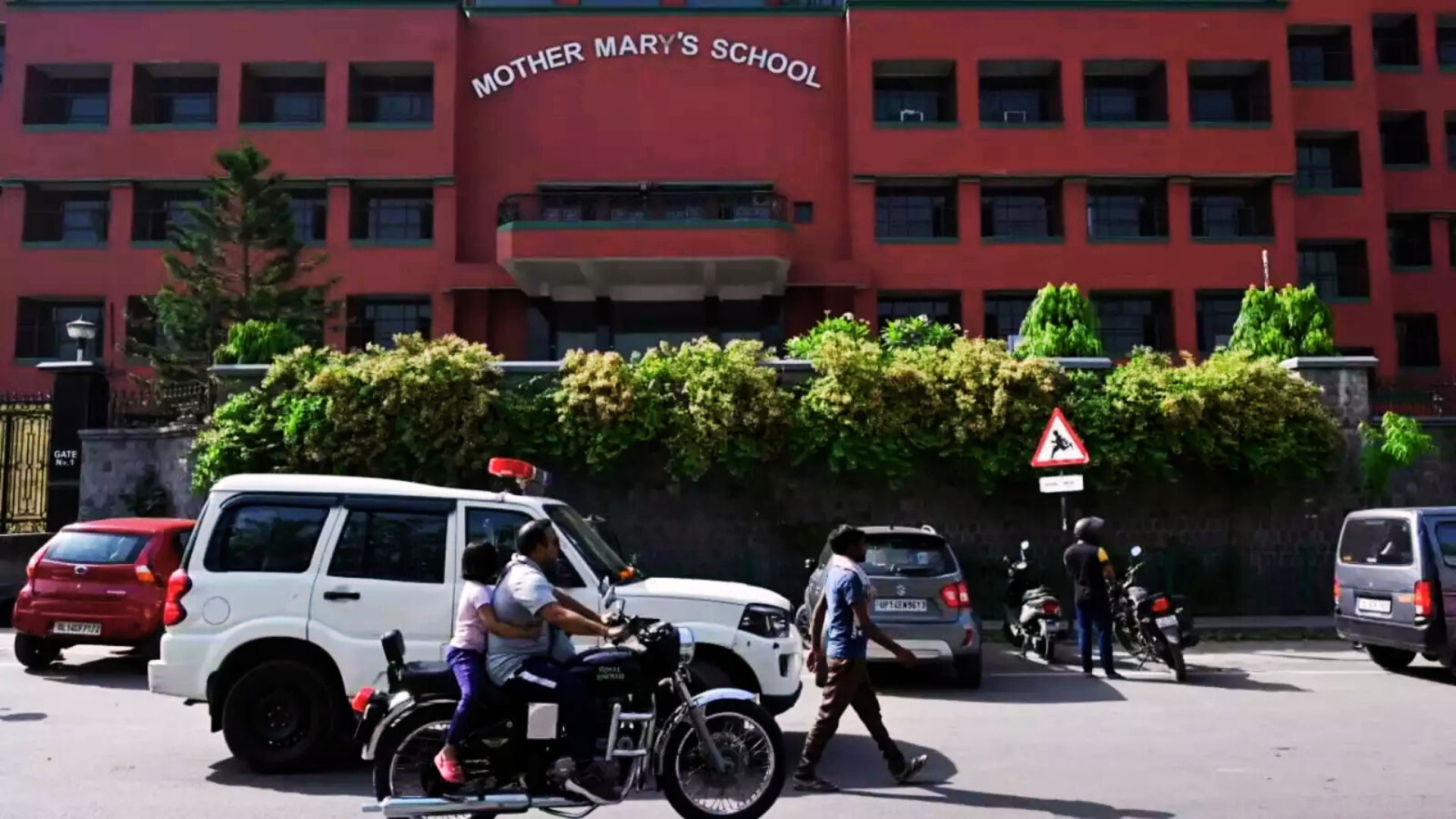
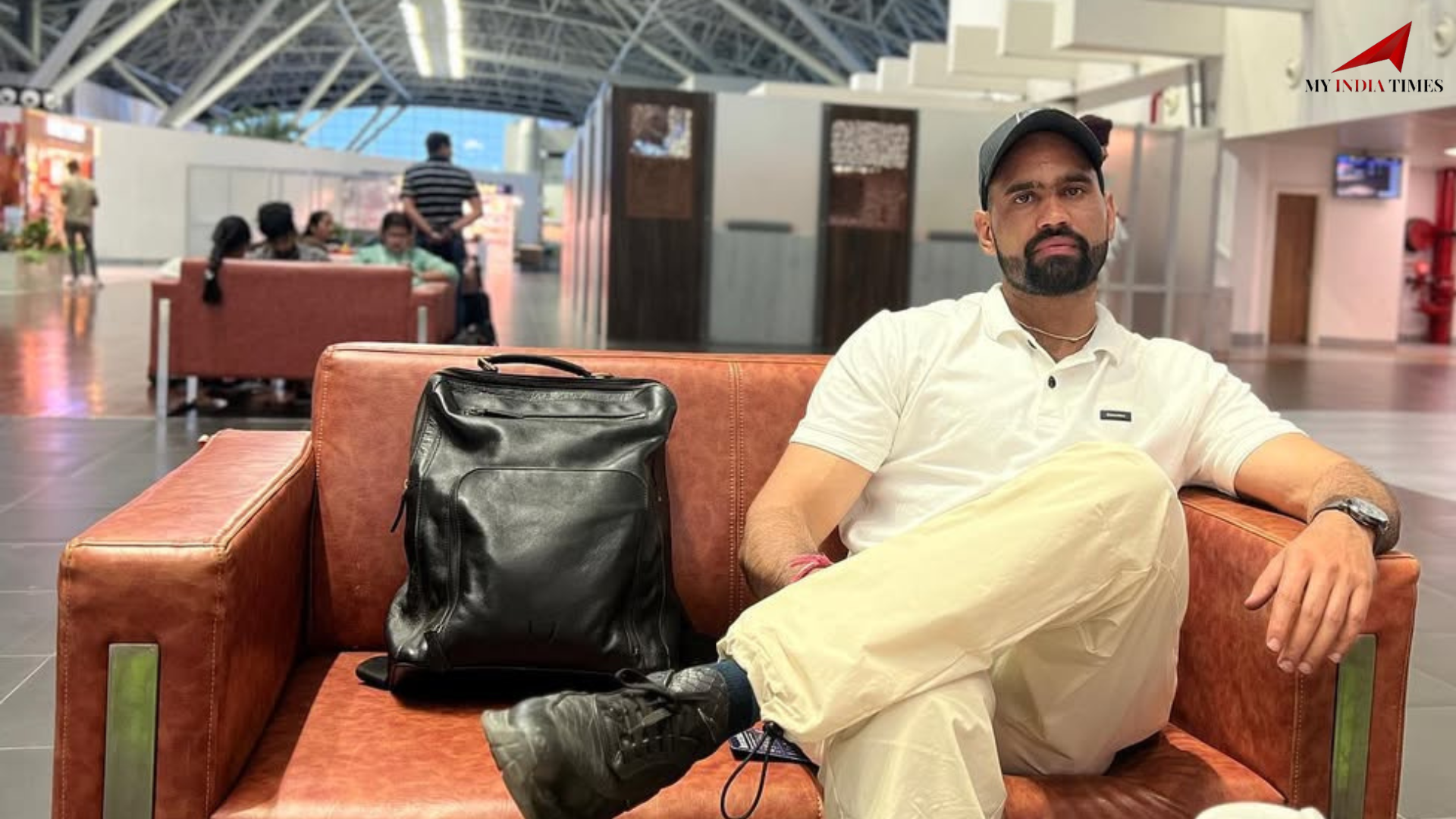

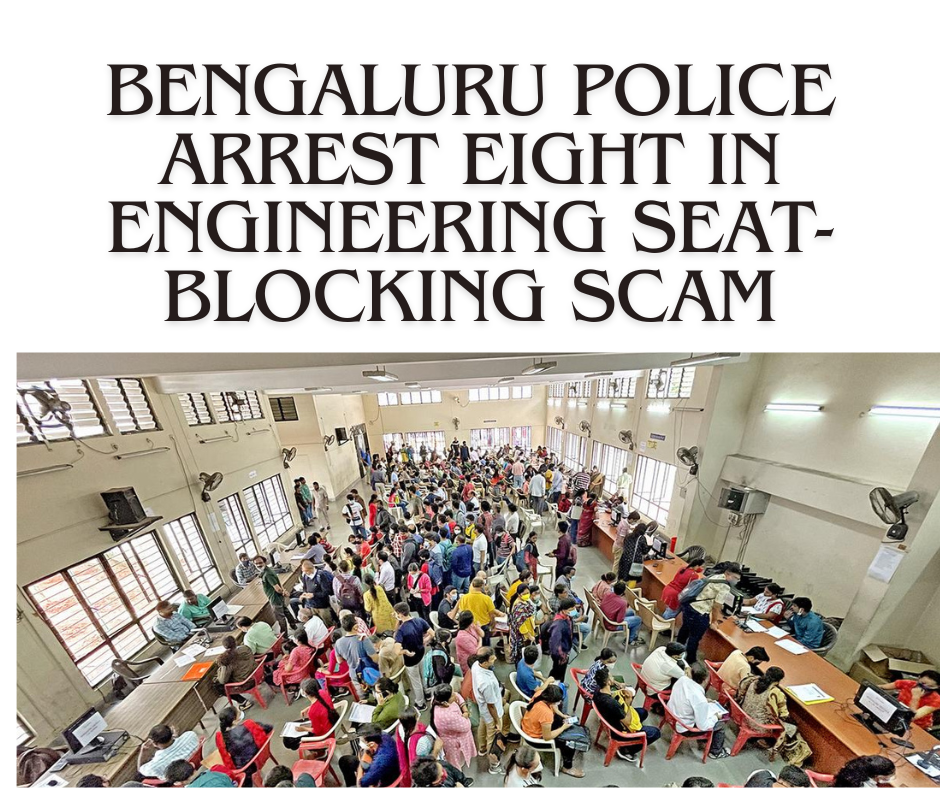
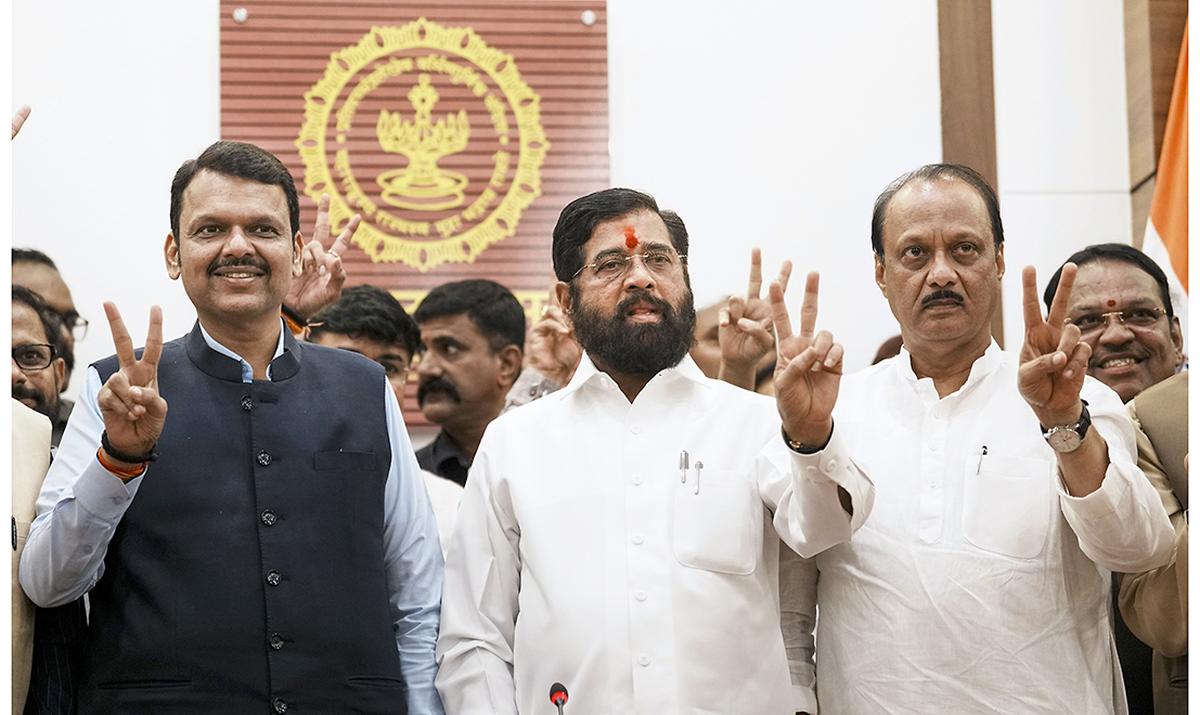

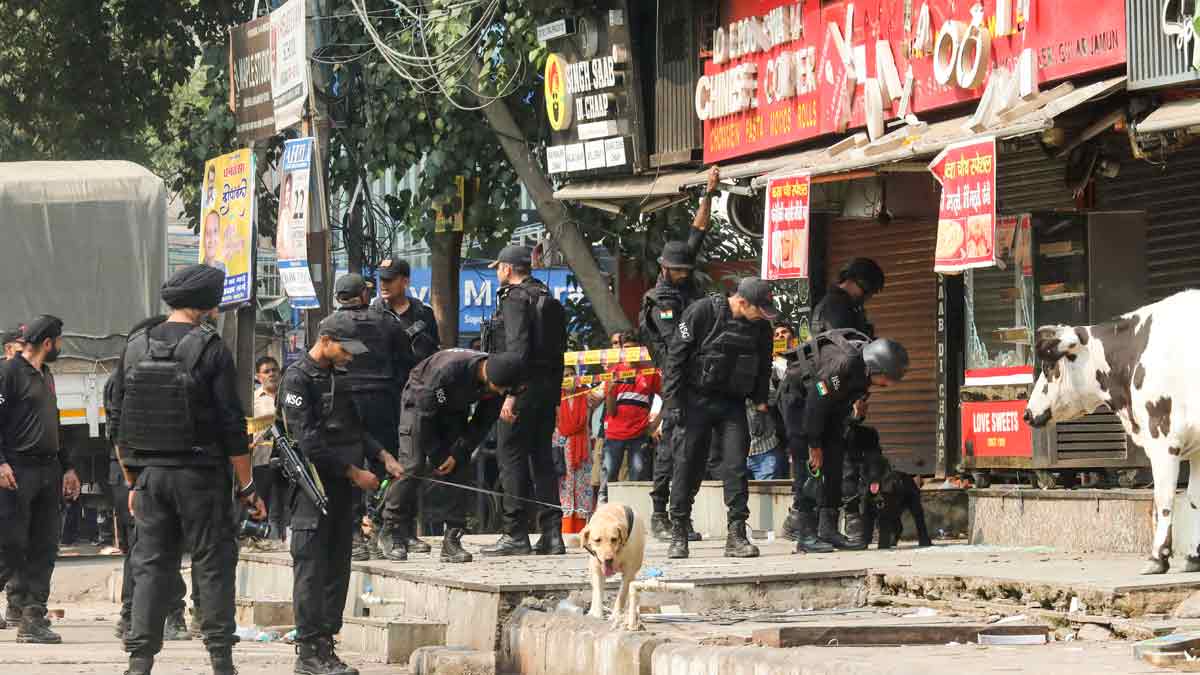


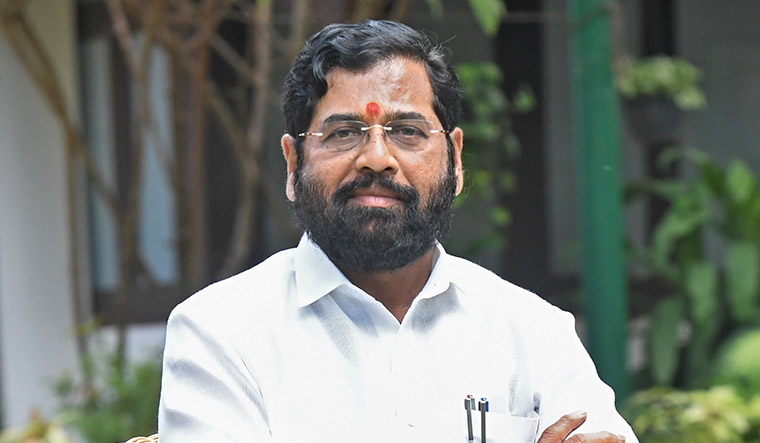
.png)
 (1).png)

